Rome in the 1980s was a political hotbed. The city, like much of Italy, was caught in the throes of turmoil due to the Red Brigades, a left-wing militant organization. Their presence was so strong in the late ’70s that it spilled into the ’80s, affecting Rome’s political climate. The assassination of Prime Minister Aldo Moro in 1978 was a shocking reminder of their influence.
Cinema: The Italian Film Renaissance
Italian cinema, meanwhile, witnessed a renaissance. While the previous decades had legends like Fellini and Pasolini gracing the screen, the 1980s saw the rise of directors such as Nanni Moretti and Maurizio Nichetti. Their films portrayed both the political unrest of the times and the changing societal norms, offering audiences a fresh perspective on Italian life.
Fashion: When Rome Ruled the Runway
Milan wasn’t the only fashion hub in Italy during the ’80s. Rome asserted its sartorial prowess with renowned fashion houses presenting their haute couture collections in the city. The Via Condotti was the place to be, with luxury brands turning the street into one of the world’s premier shopping destinations.
Music: Italian Pop Meets the World
Rome’s music scene in the 1980s was a blend of traditional Italian tunes and the global influence of pop, rock, and punk. While artists like Lucio Dalla and Vasco Rossi sang about love, life, and politics, newer genres were also gaining ground. Nightclubs in the city were throbbing with the latest beats, and the influence of MTV brought international music right into Roman living rooms.
Sporting Highlights: The 1990 World Cup Prep
While the 1990 FIFA World Cup primarily took place in the early ’90s, the latter part of the 1980s was abuzz with preparations. Rome’s Stadio Olimpico was chosen as one of the main venues, undergoing massive renovations for the event. The anticipation was palpable in the city, with football fever gripping locals and tourists alike.
End of an Era: Saying Goodbye to a Roman Symbol
Sadly, the 1980s also marked the end for one of Rome’s most loved landmarks – the old Campo de’ Fiori market. The market, which had been a central part of Roman life for centuries, was moved to a new location, marking the end of an era. It was a poignant reminder of the changing face of the city.
The 1980s in Rome was a period of transition, marked by political upheavals, cinematic brilliance, sartorial elegance, and musical innovation. As the decade ended, it became evident that while Rome was evolving, its charm, history, and allure remained eternal. Below are some fascinating photos that will take you back to the 1980s in Rome.


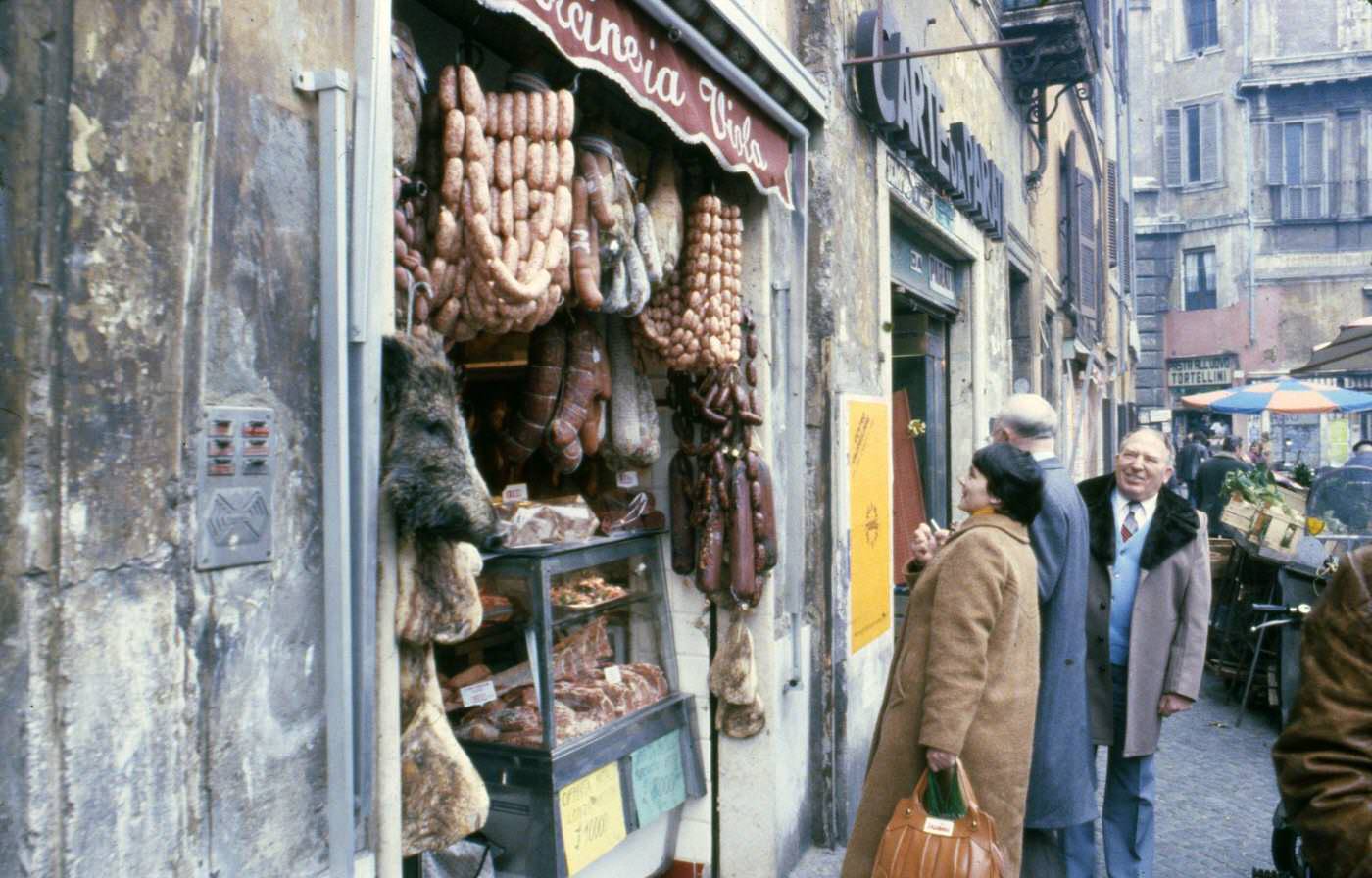
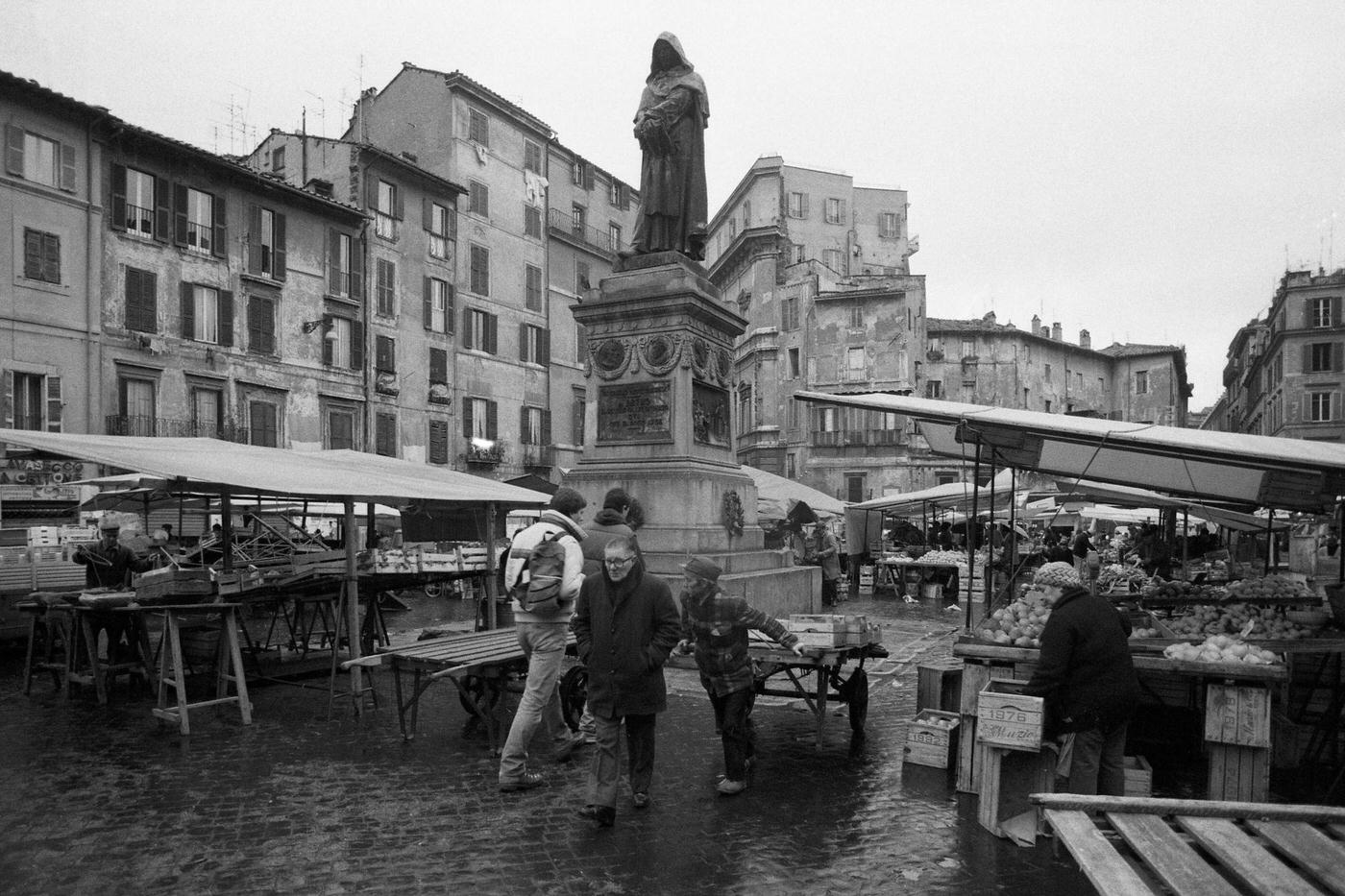
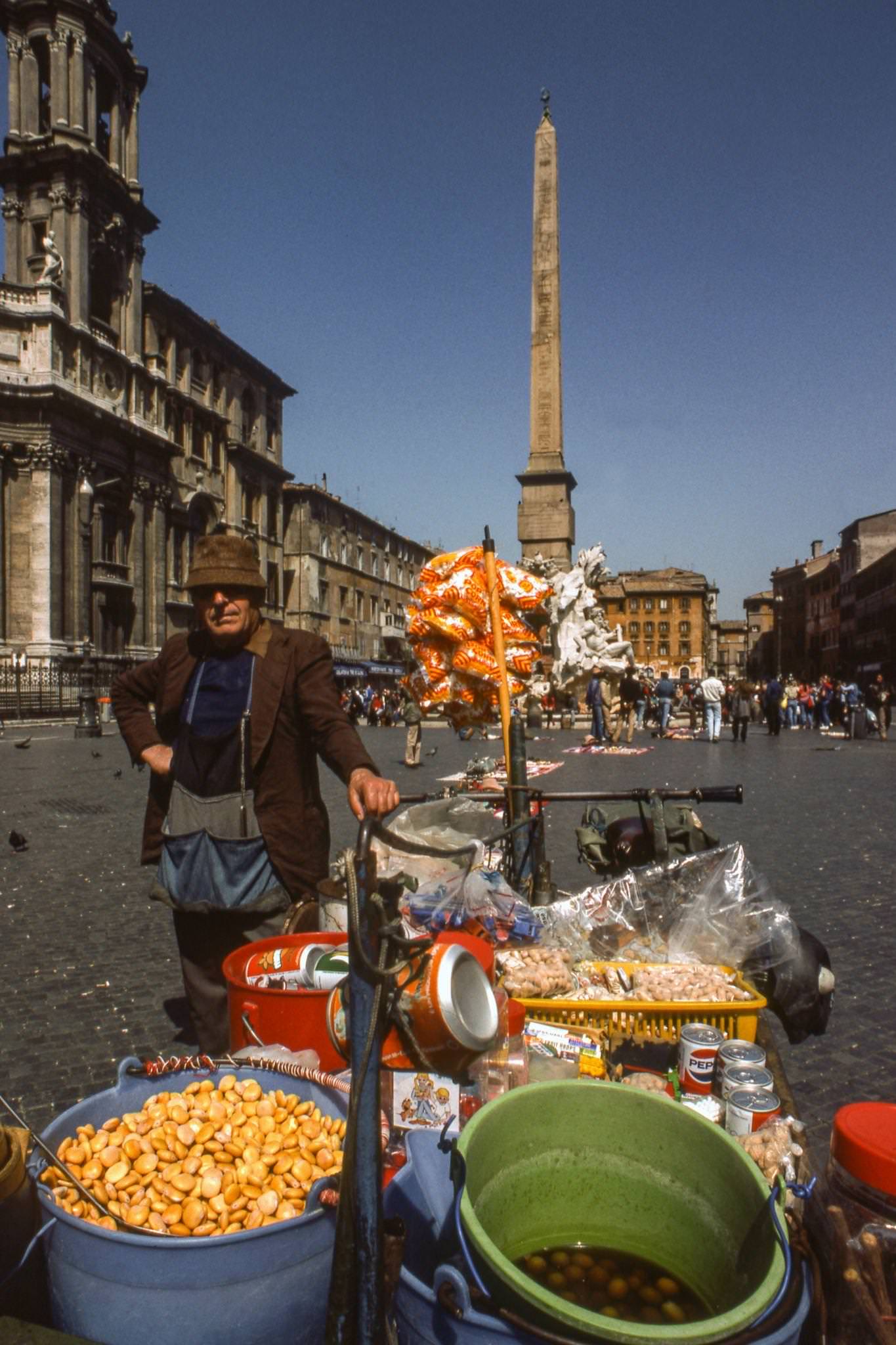
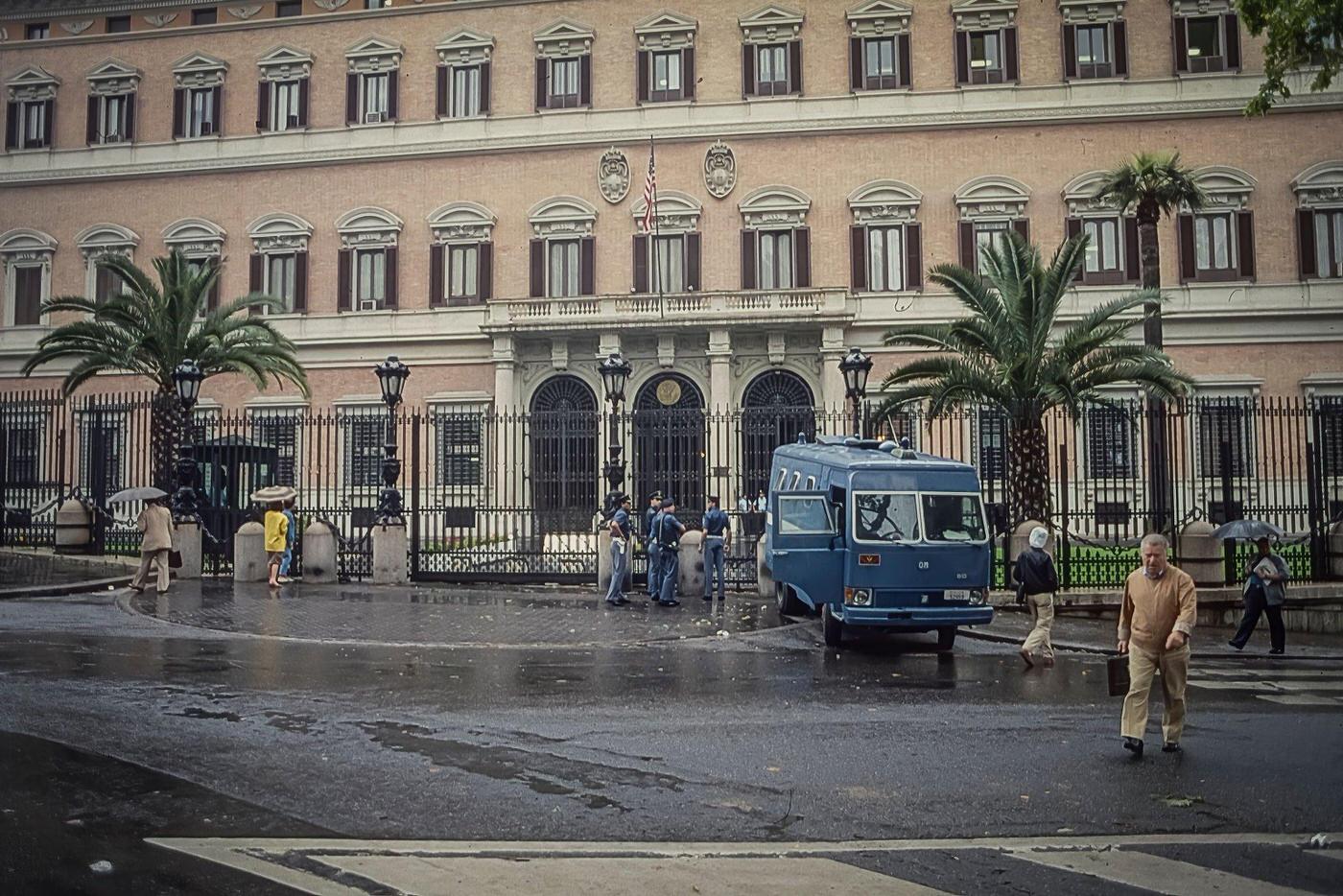
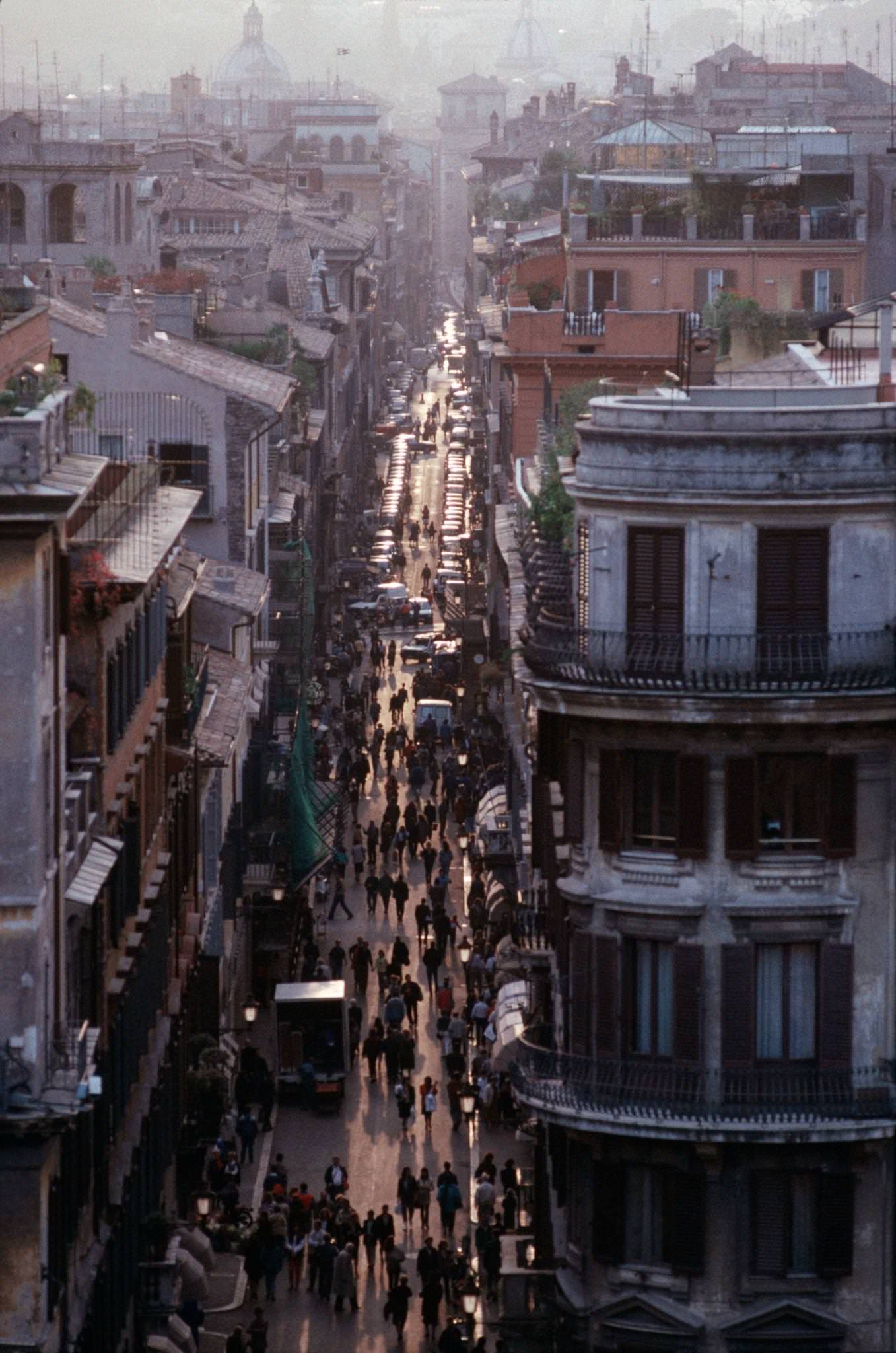
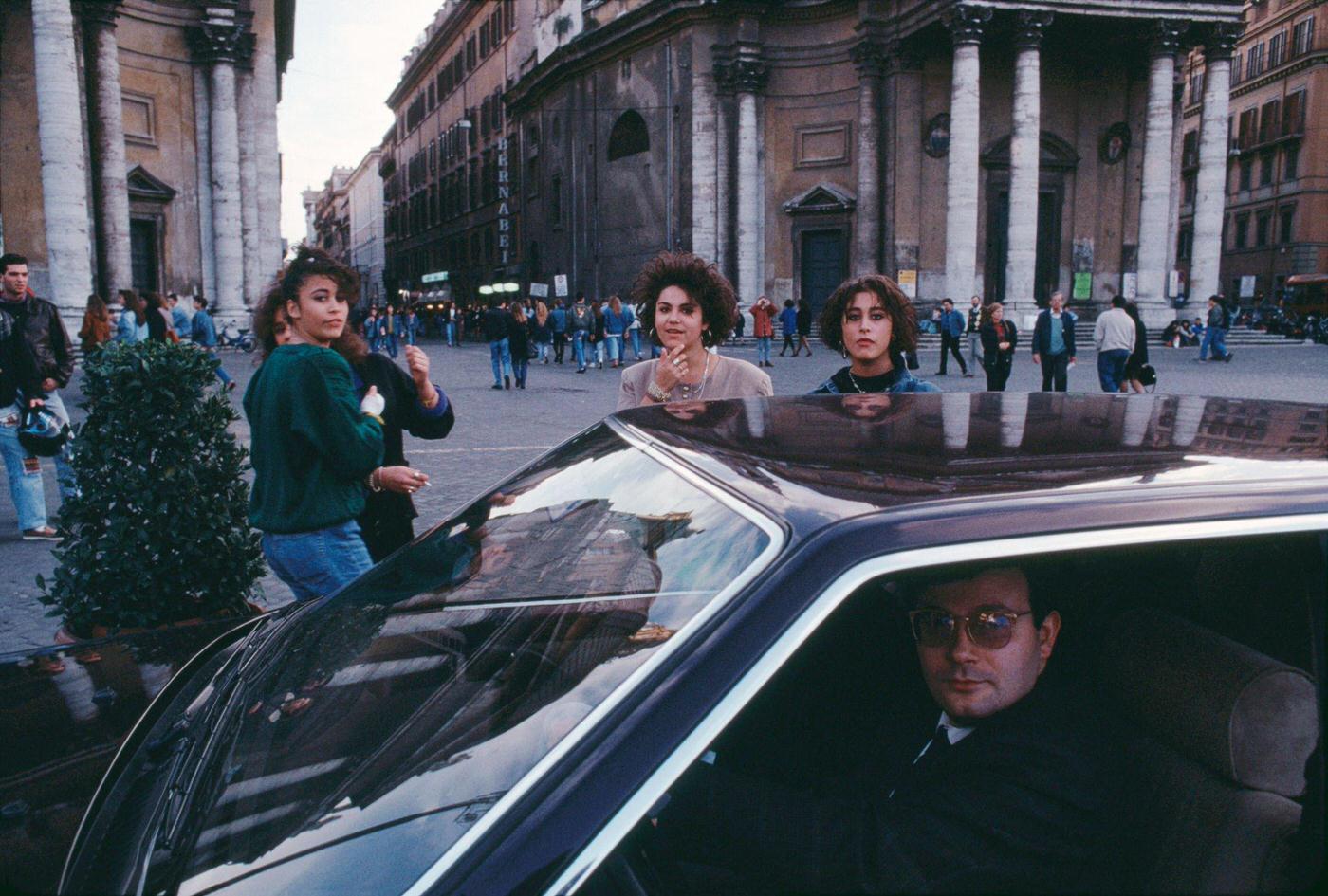
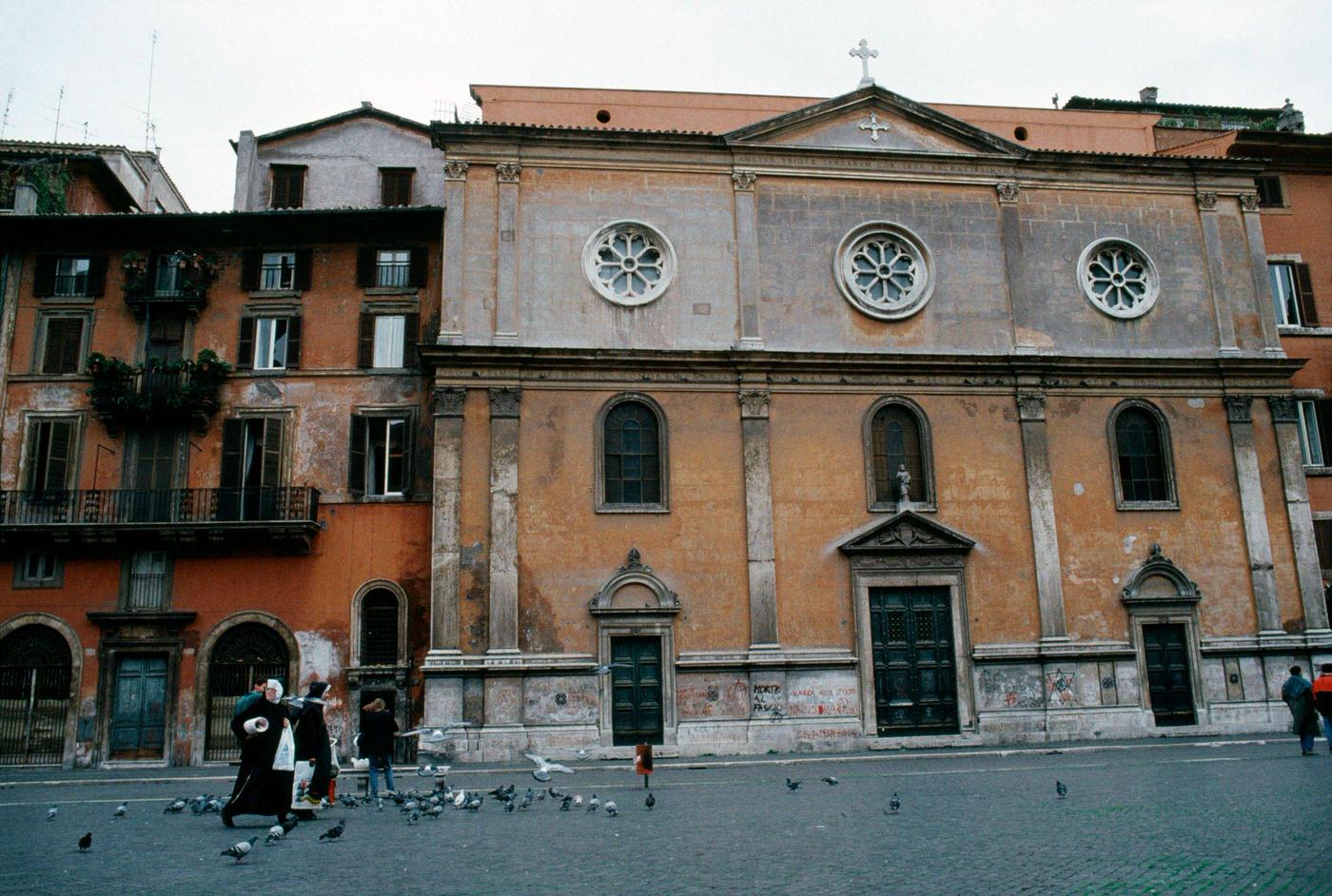
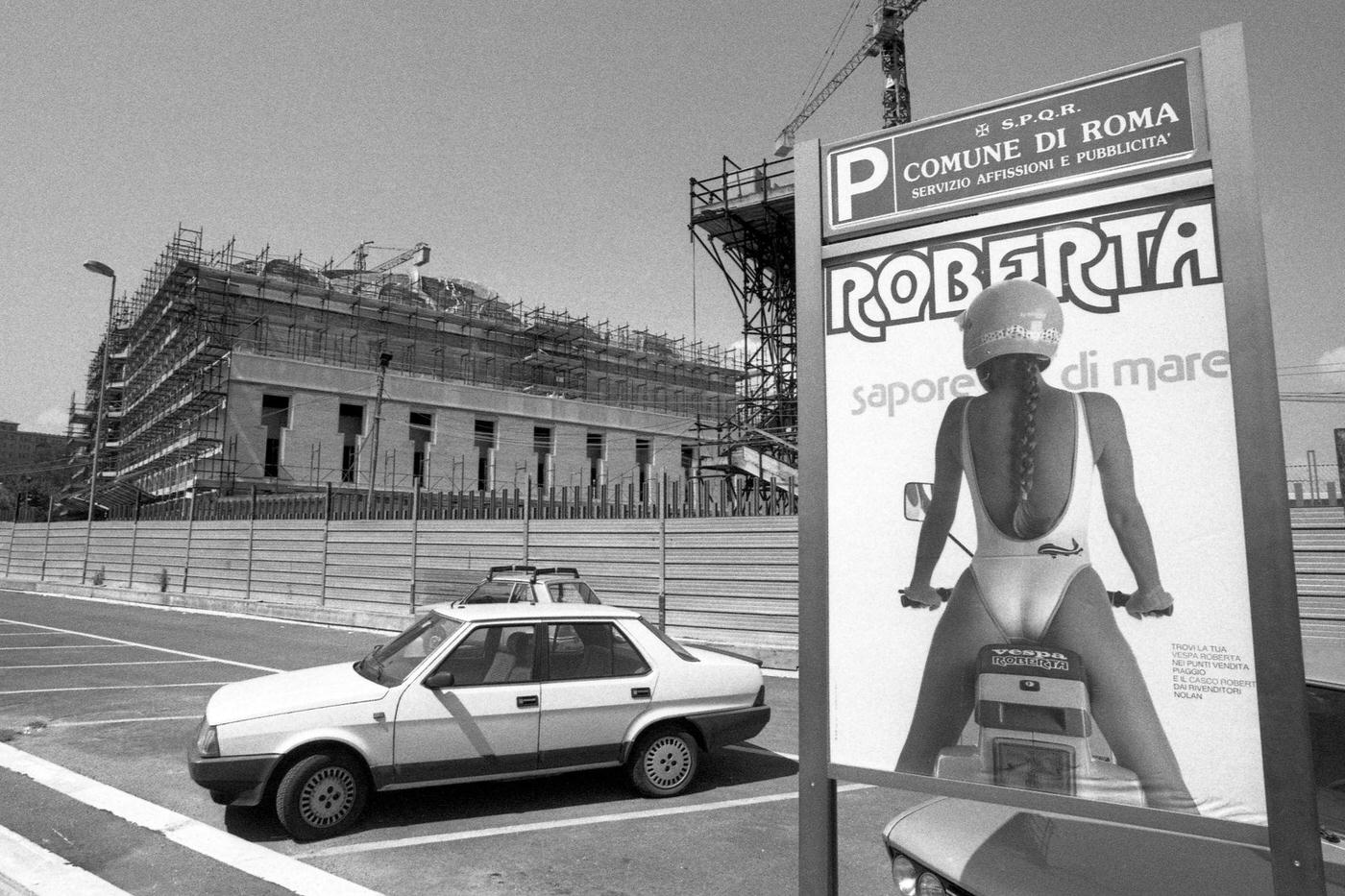
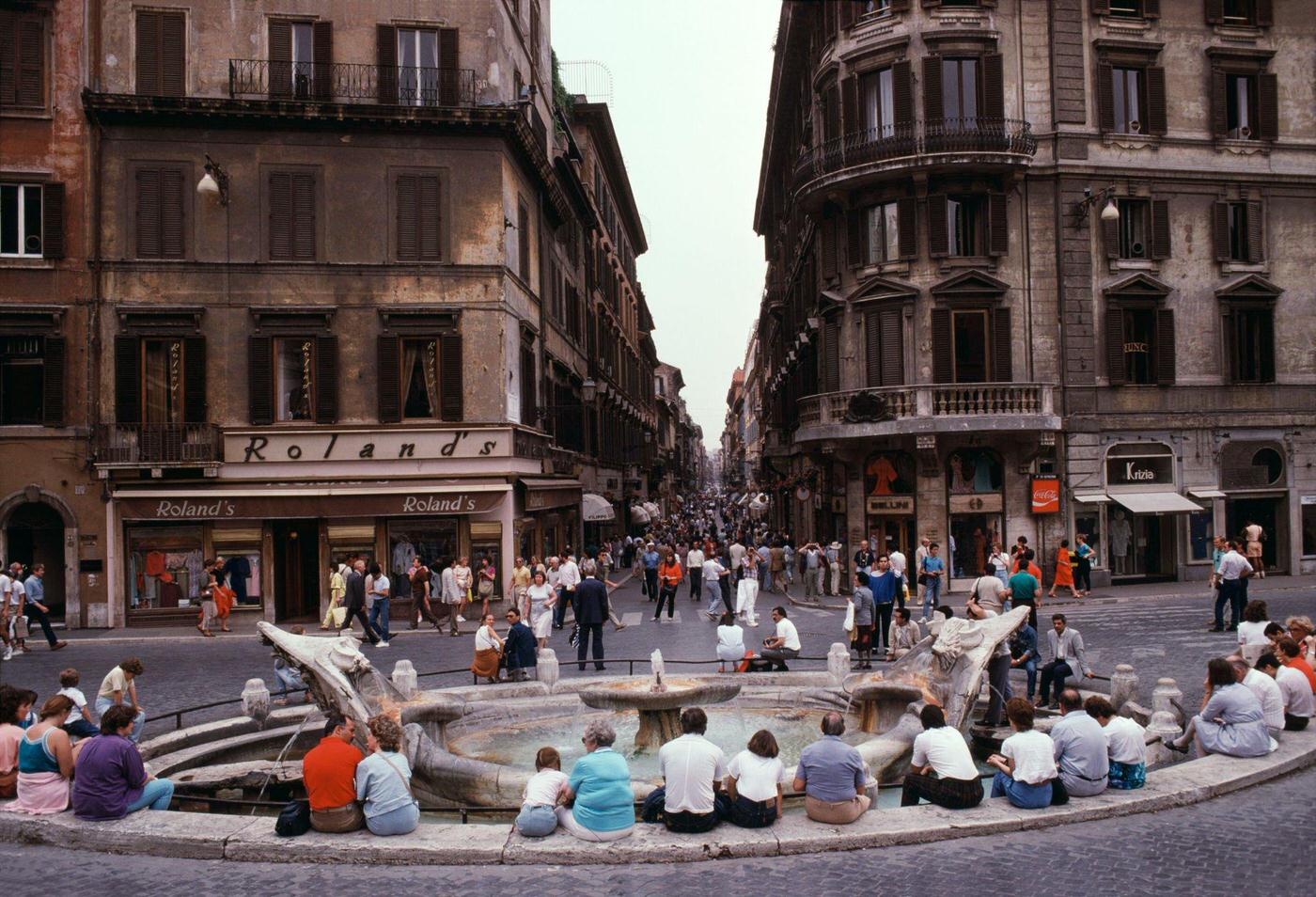
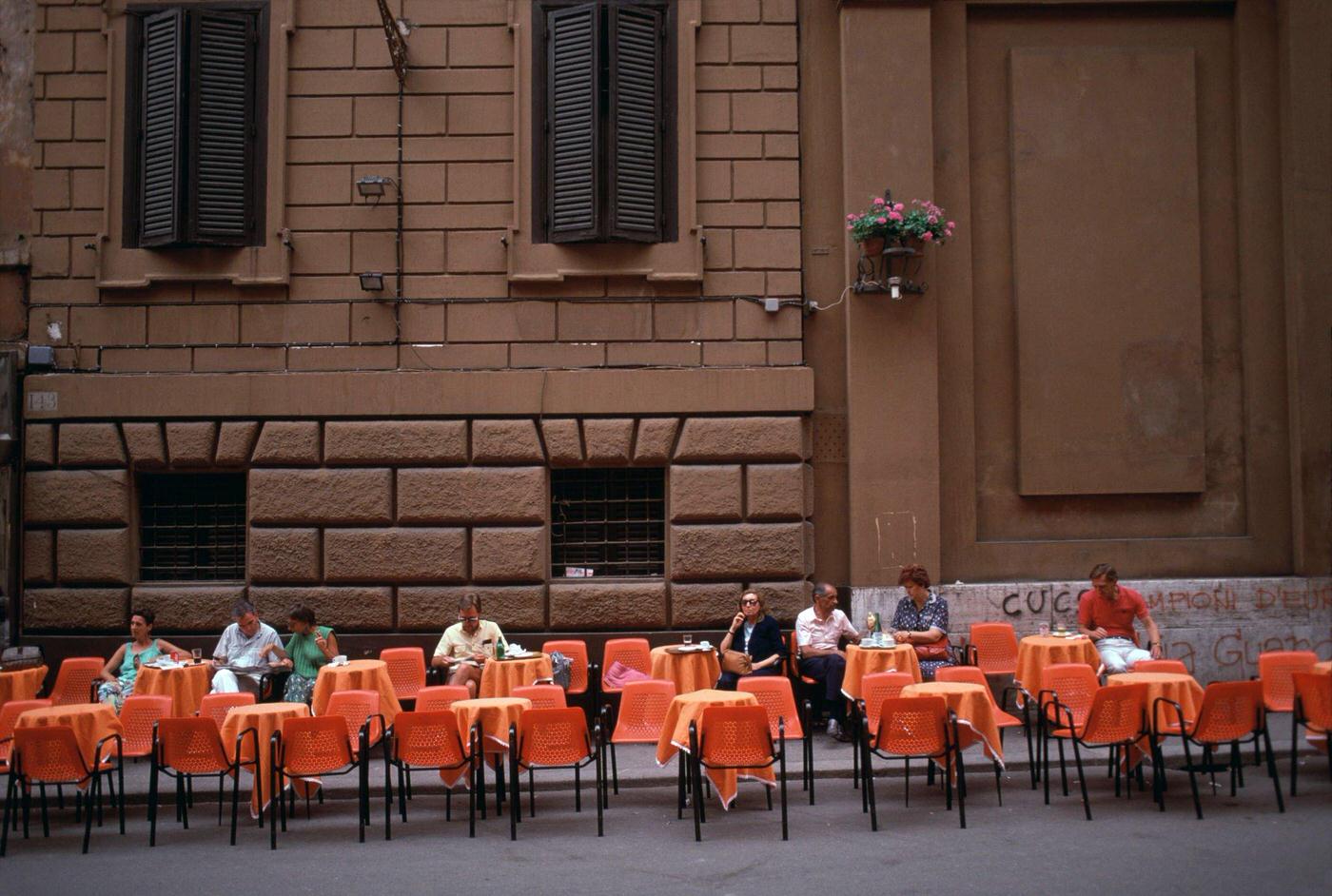
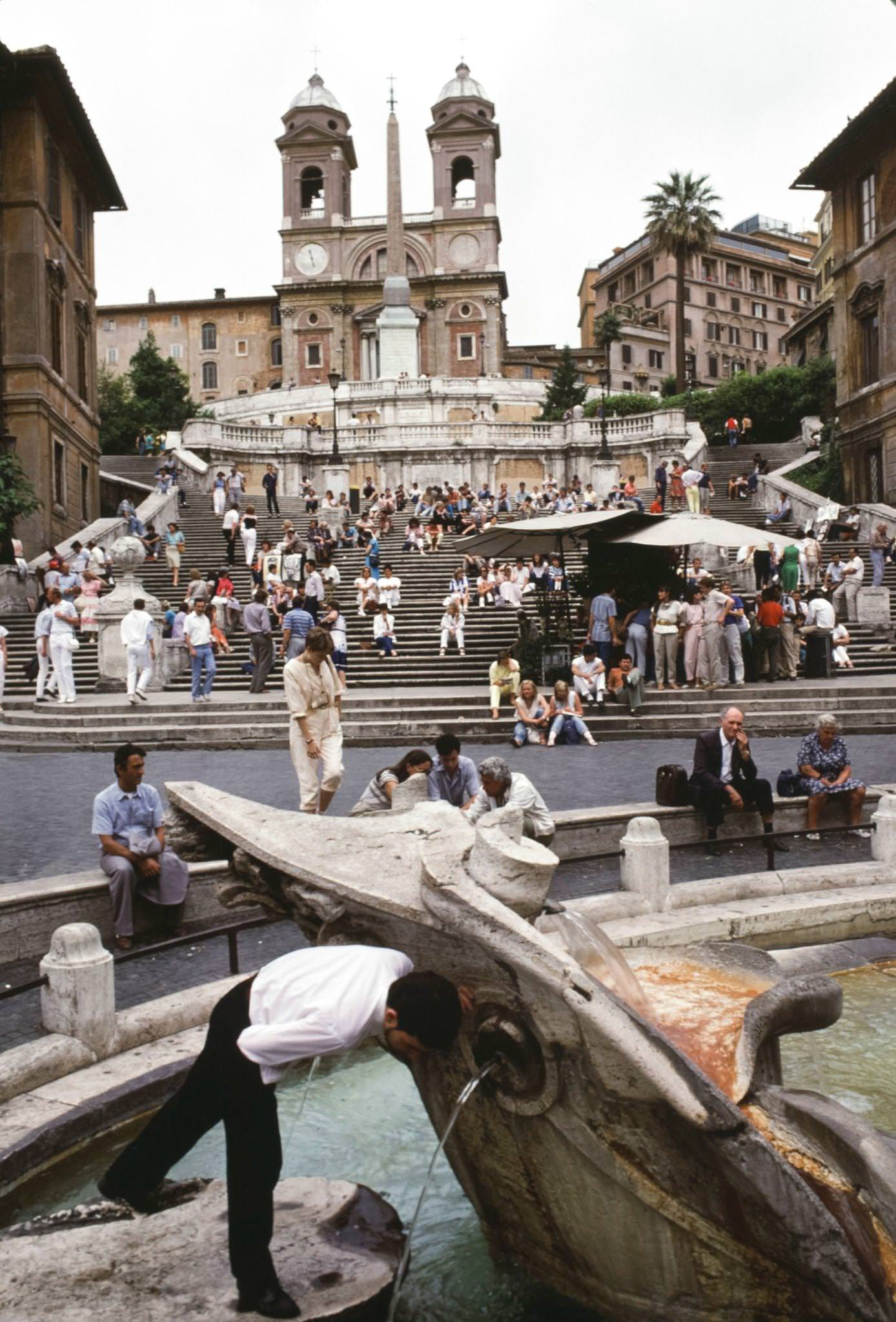
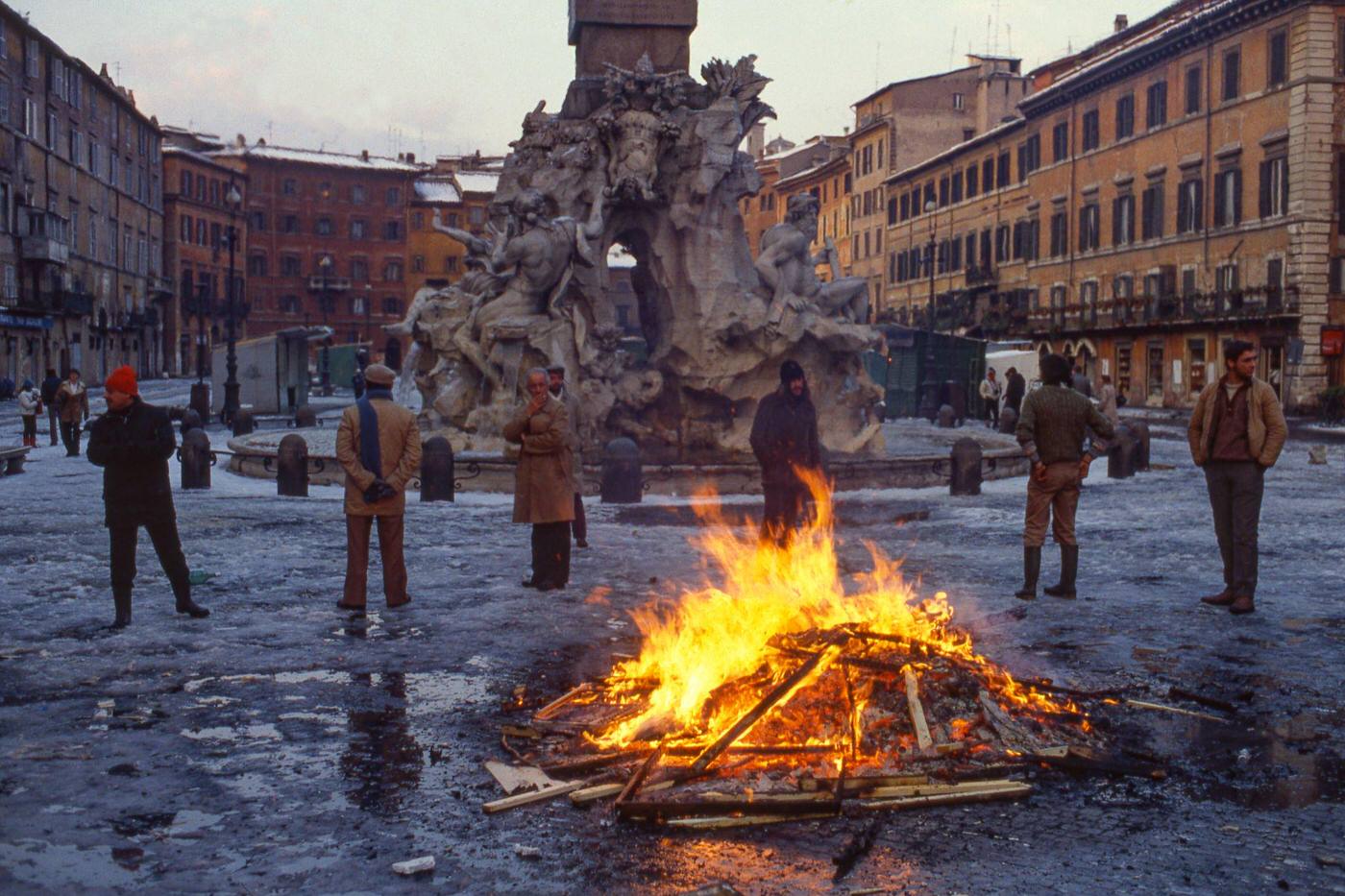
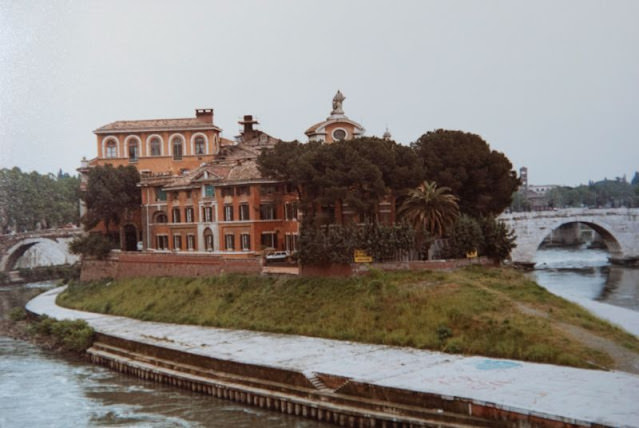
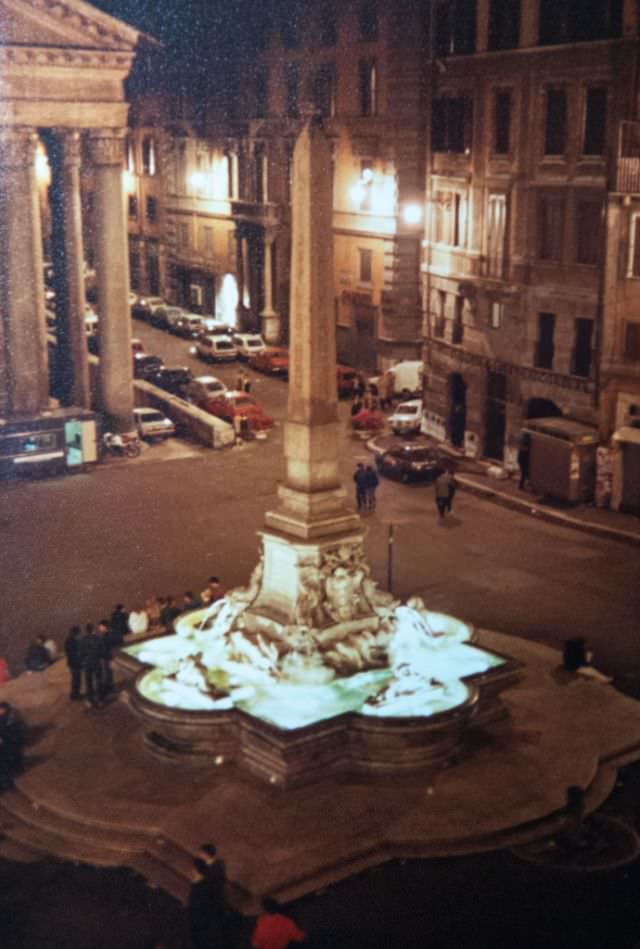
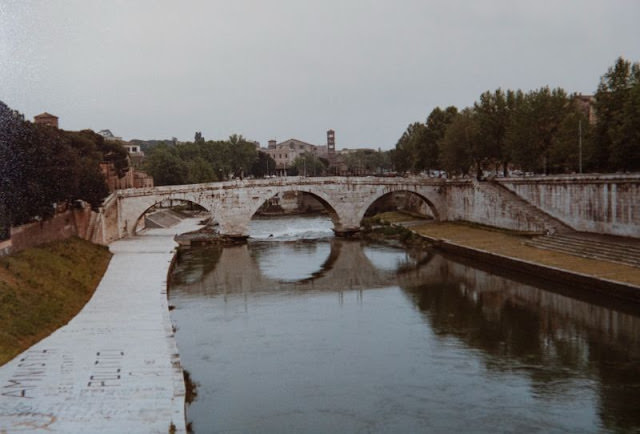
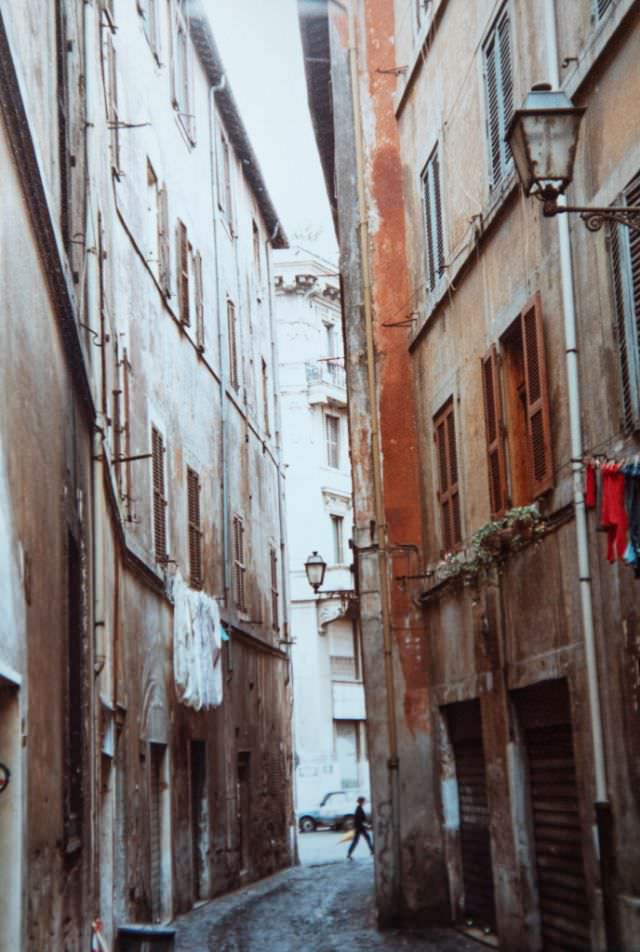
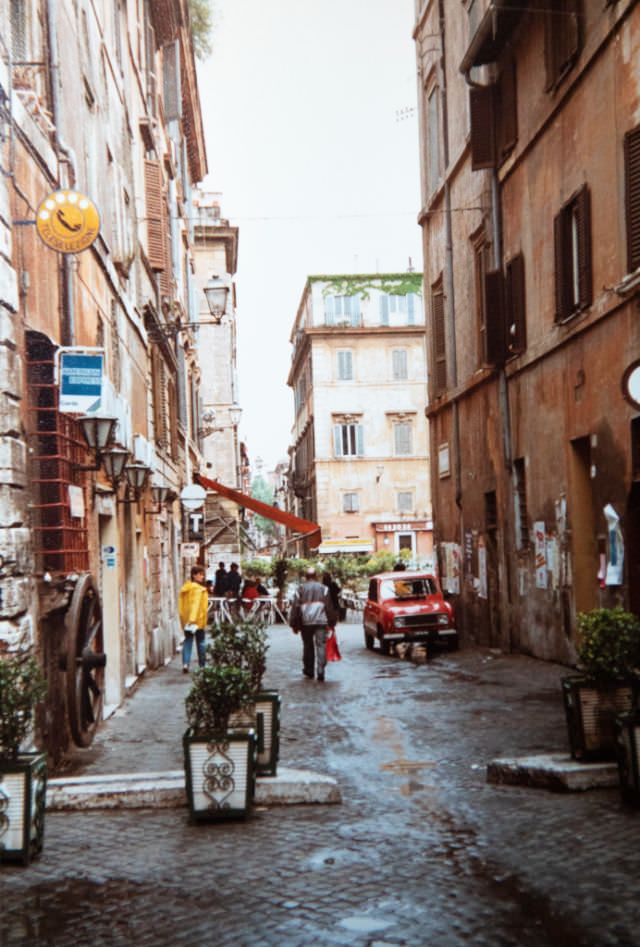
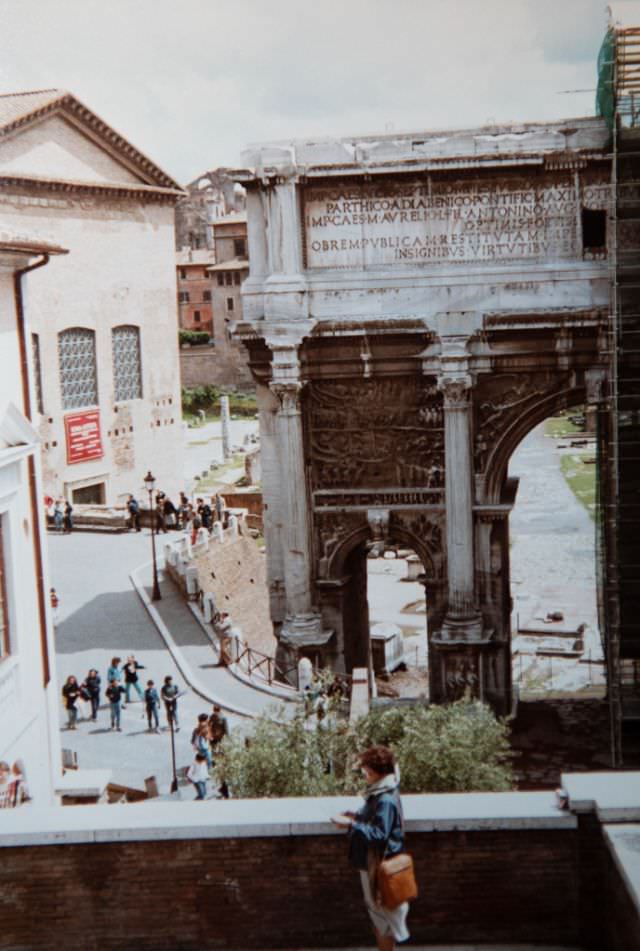
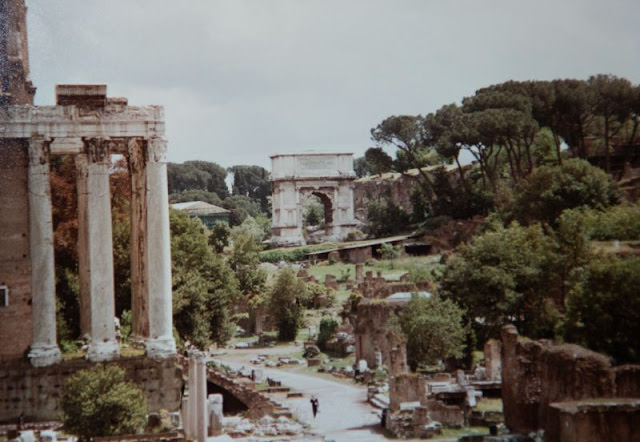
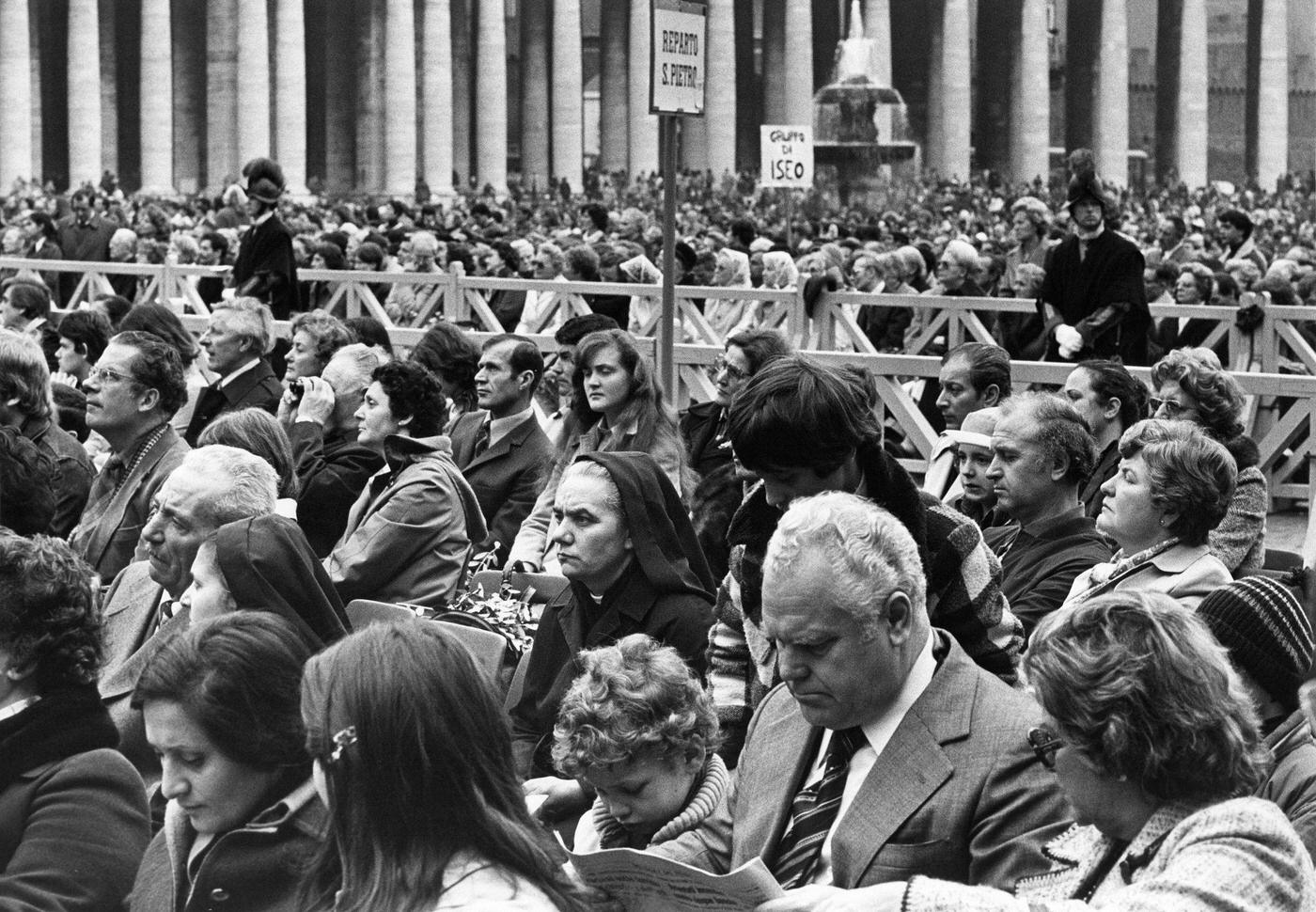
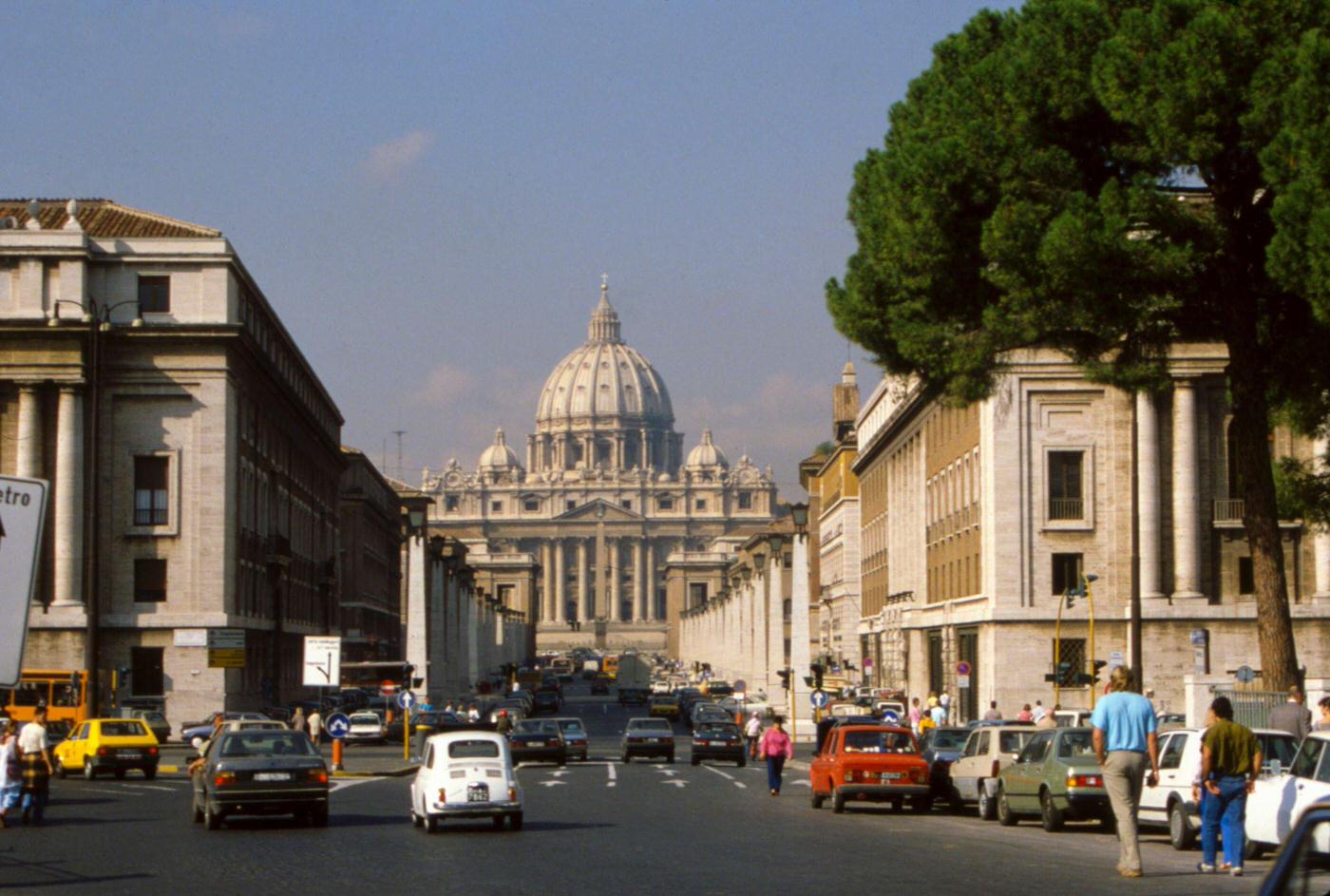
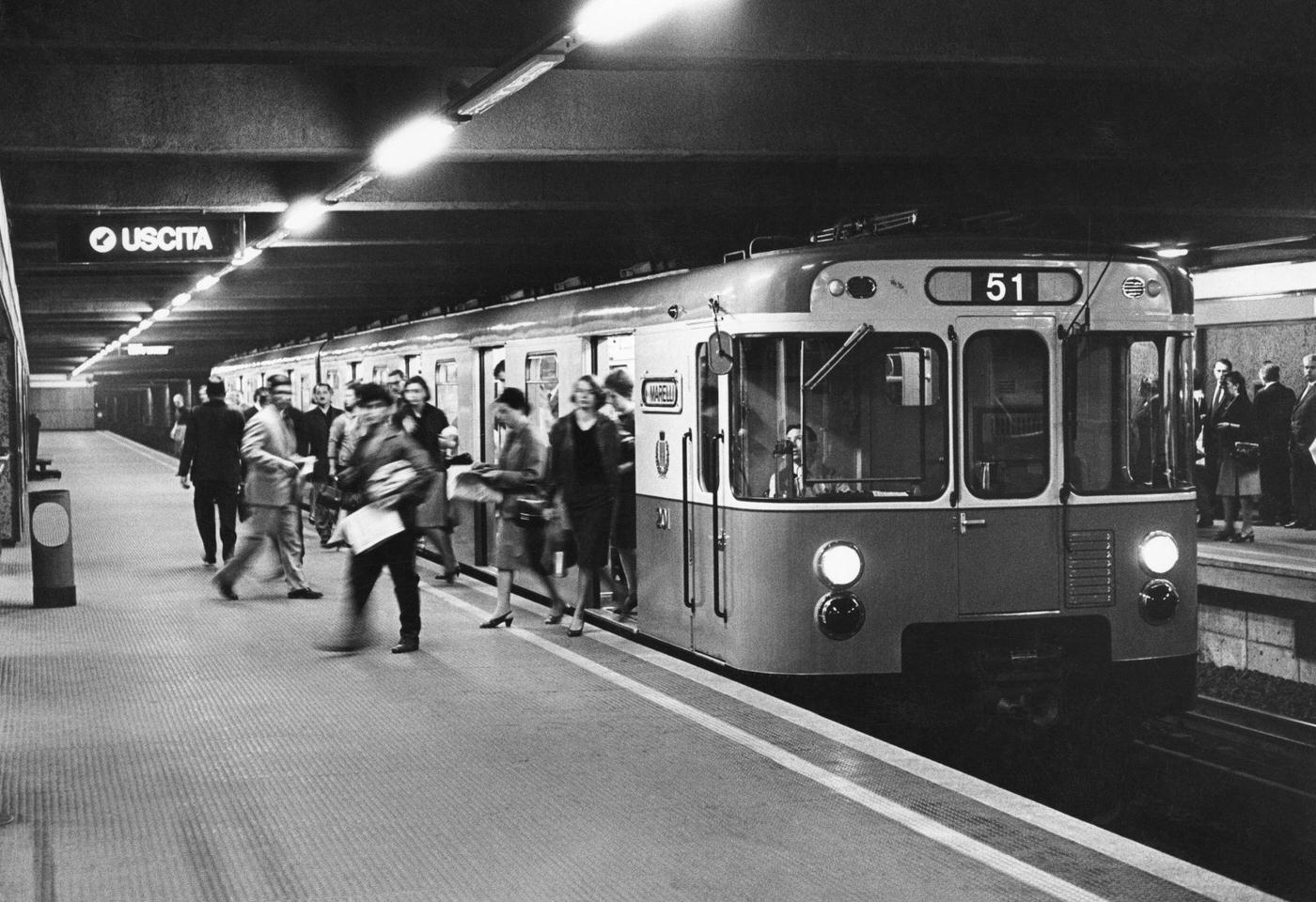
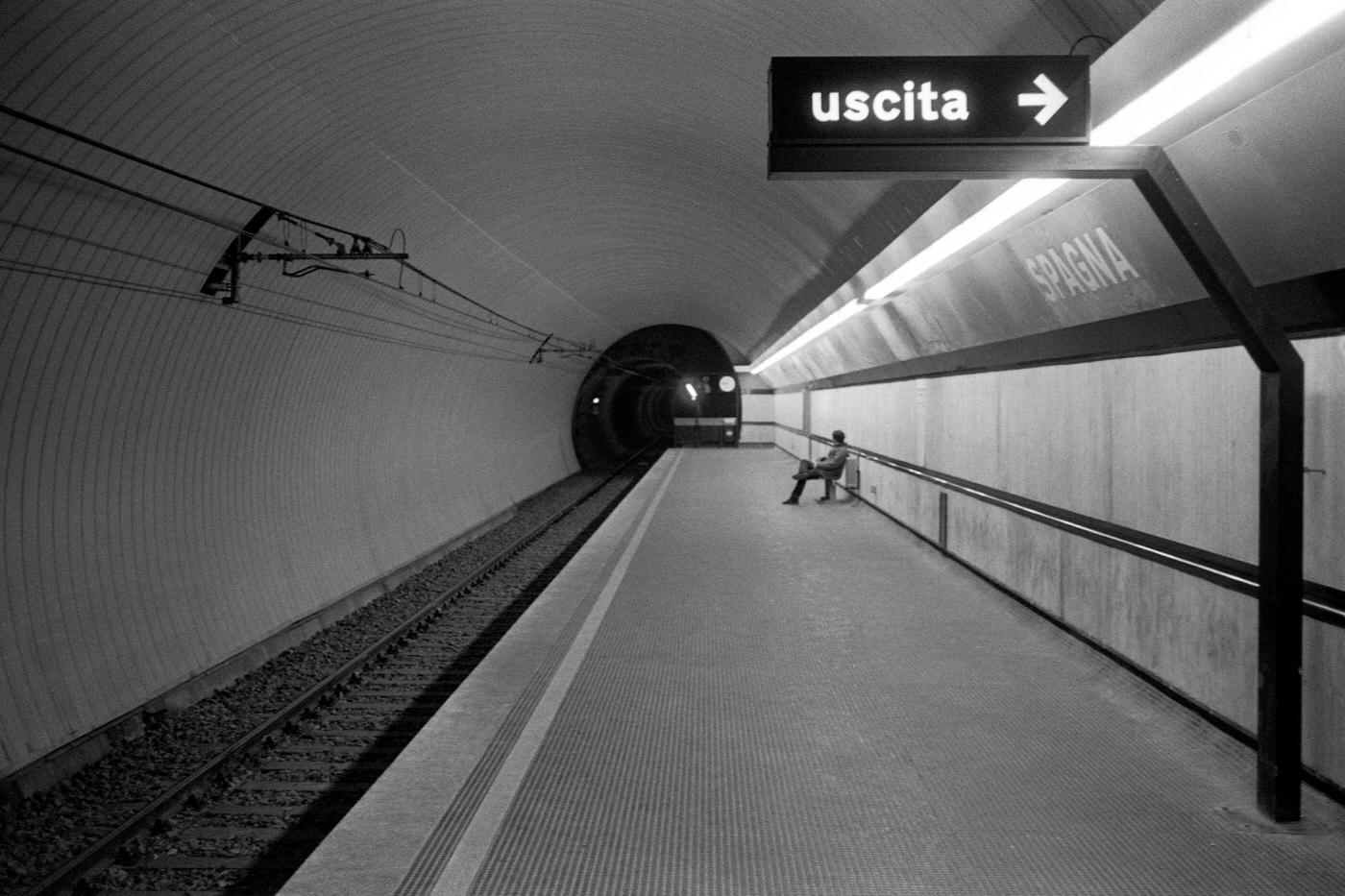
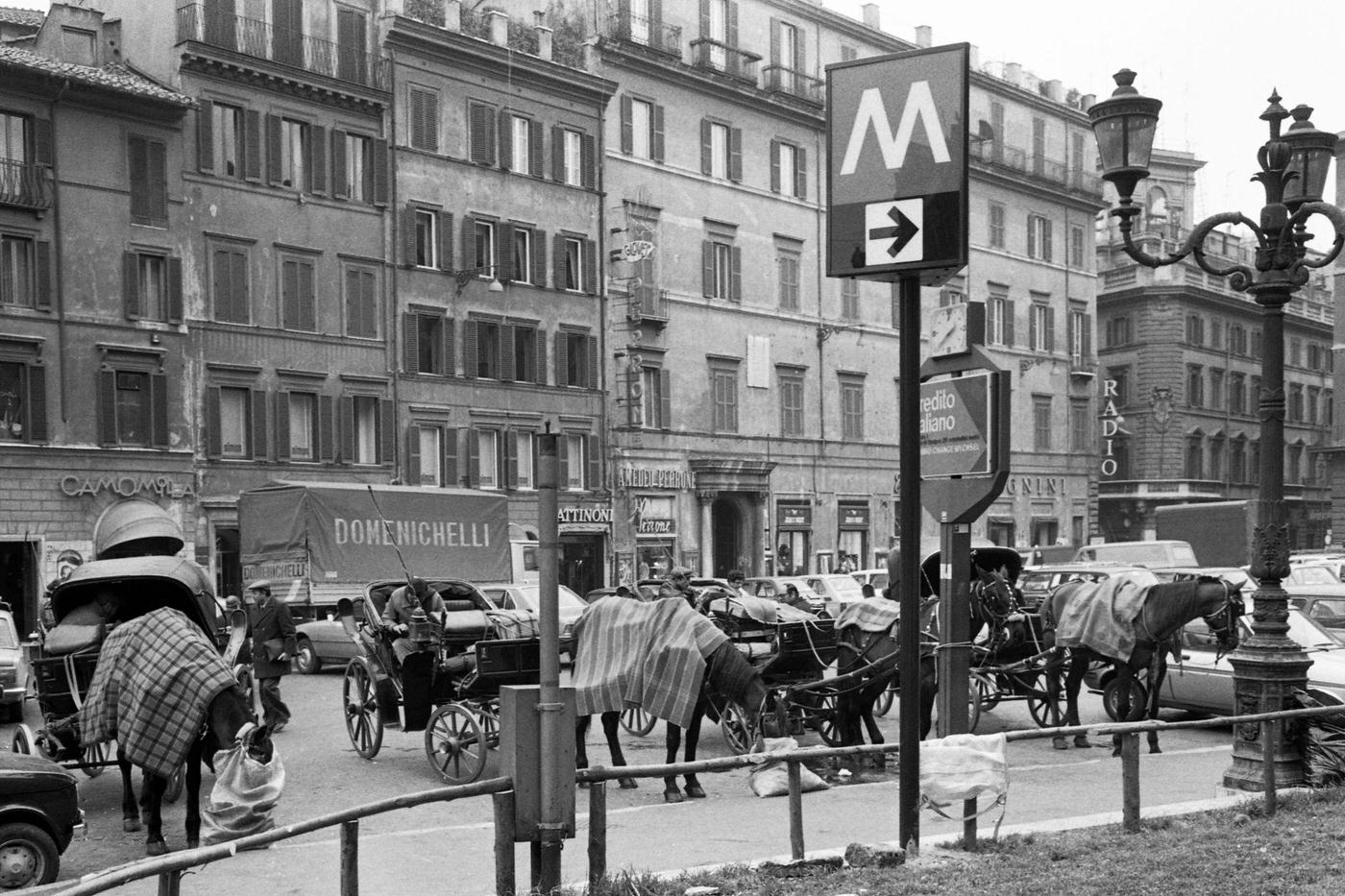
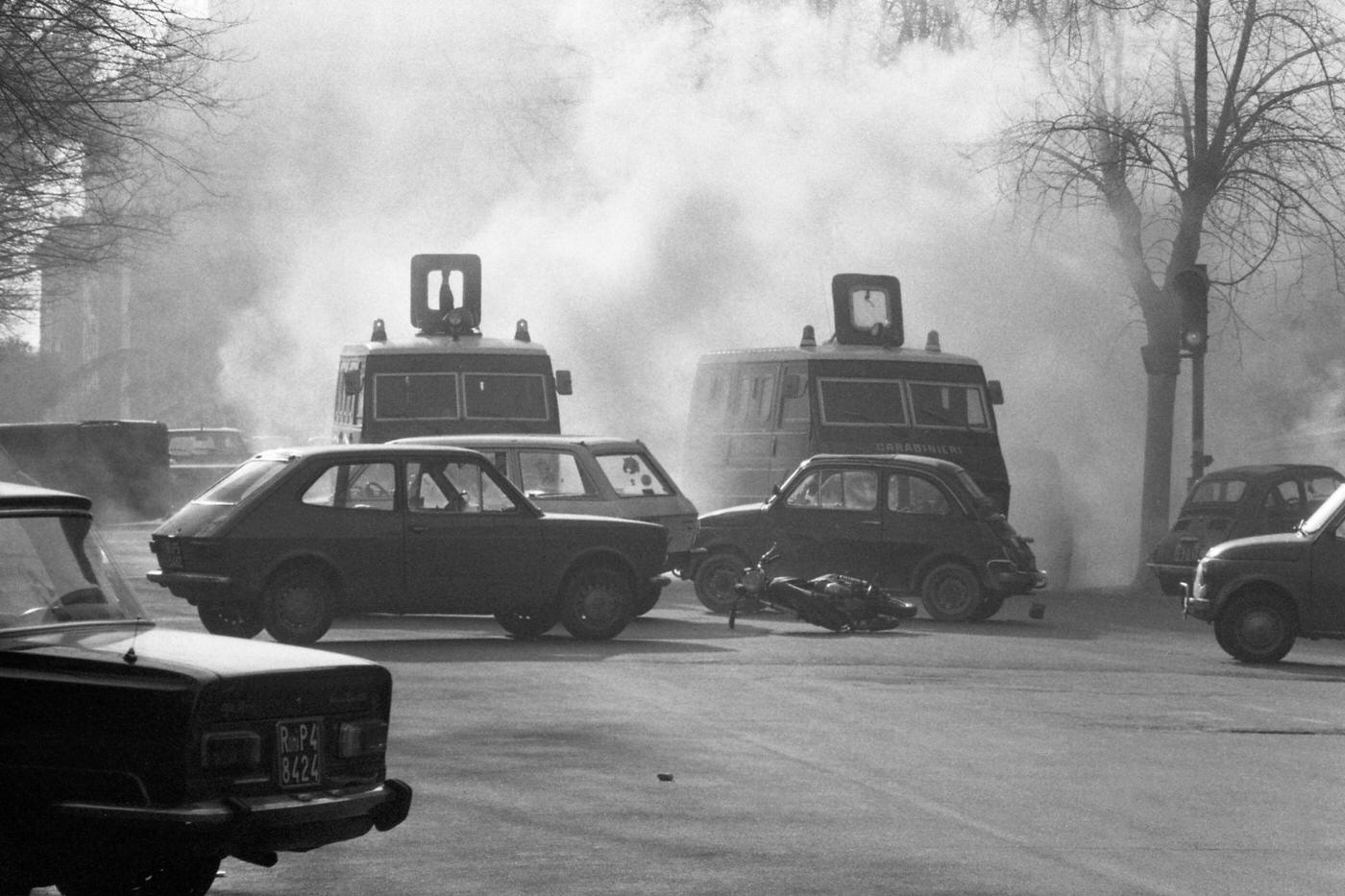
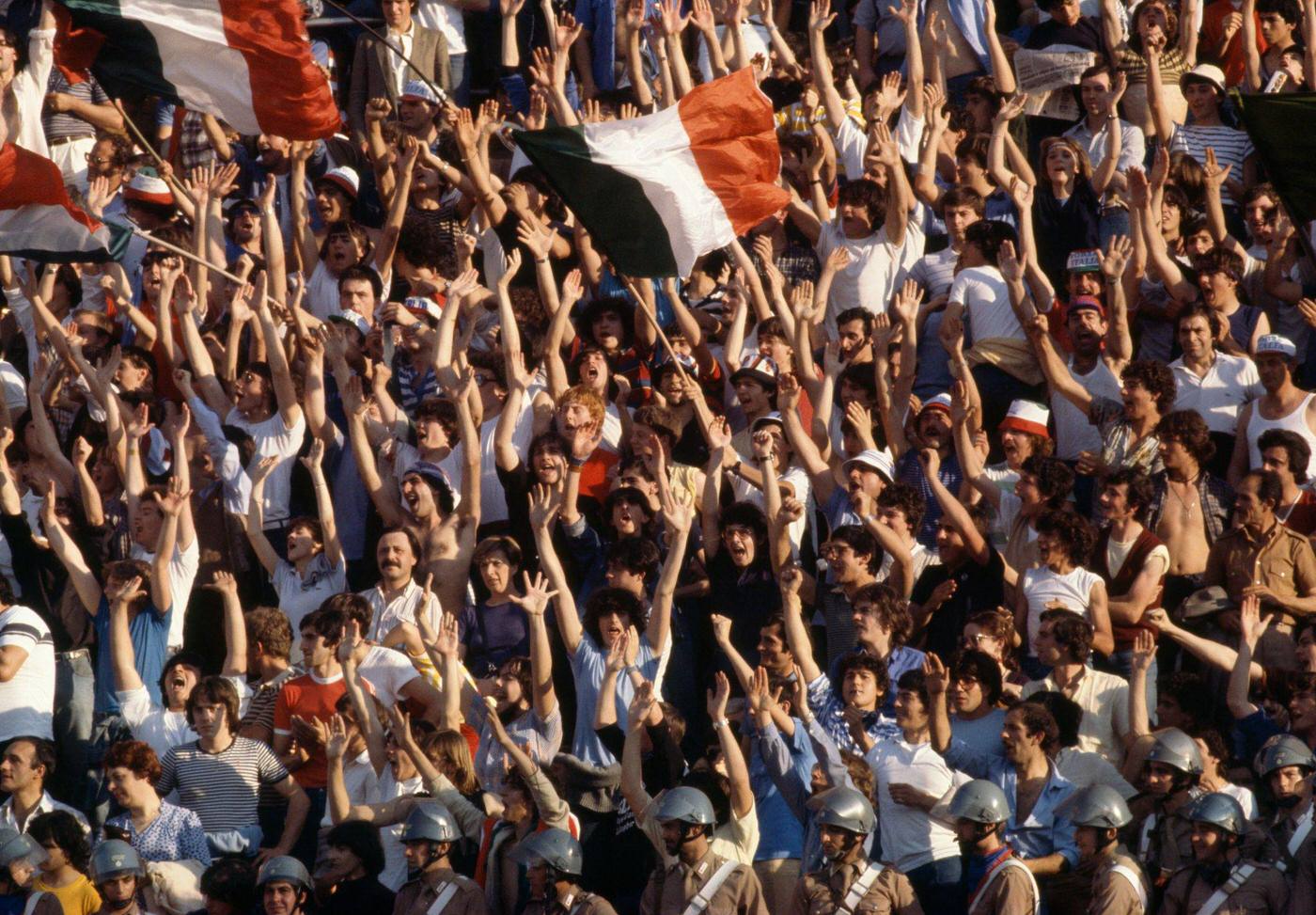
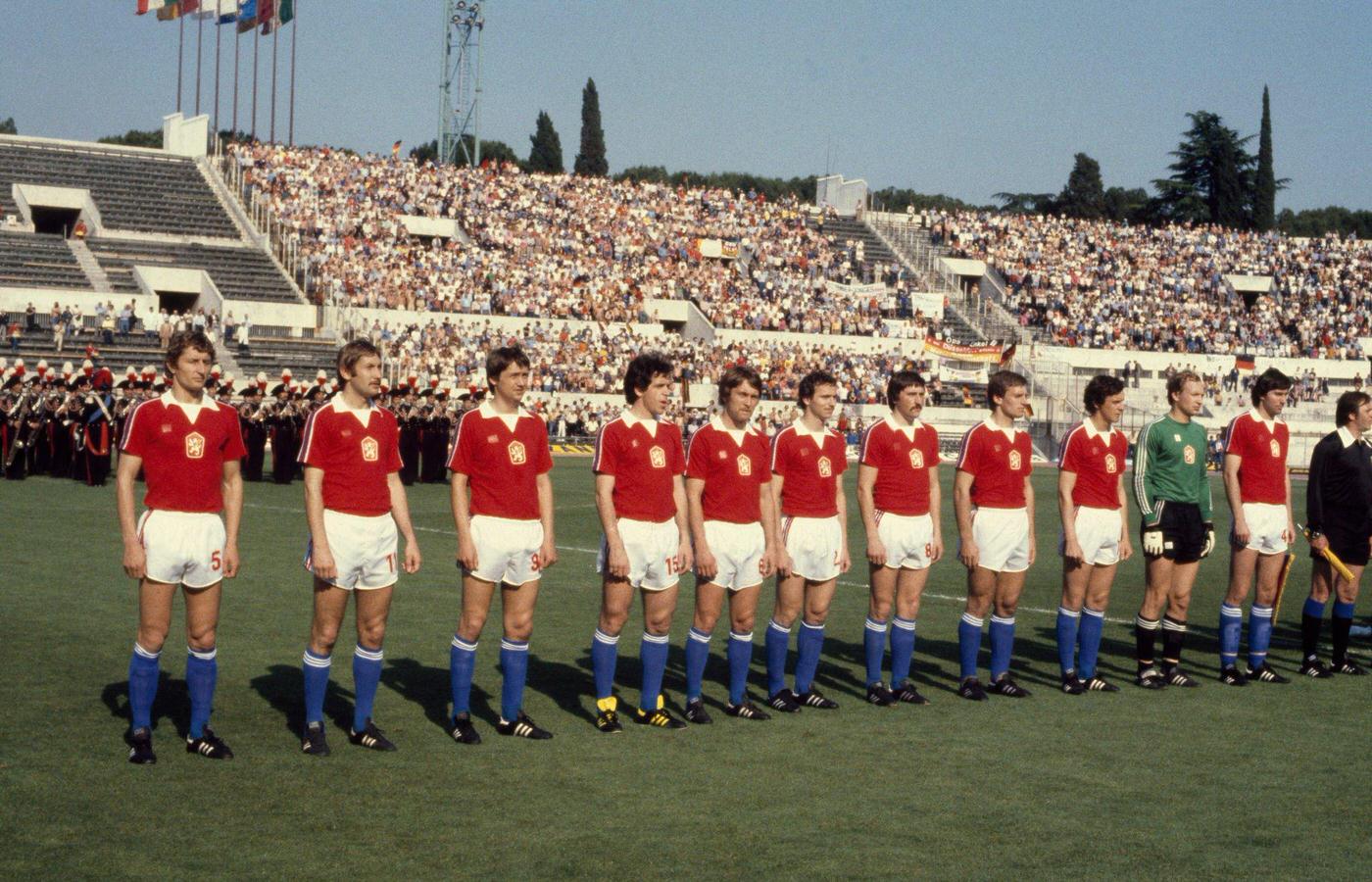
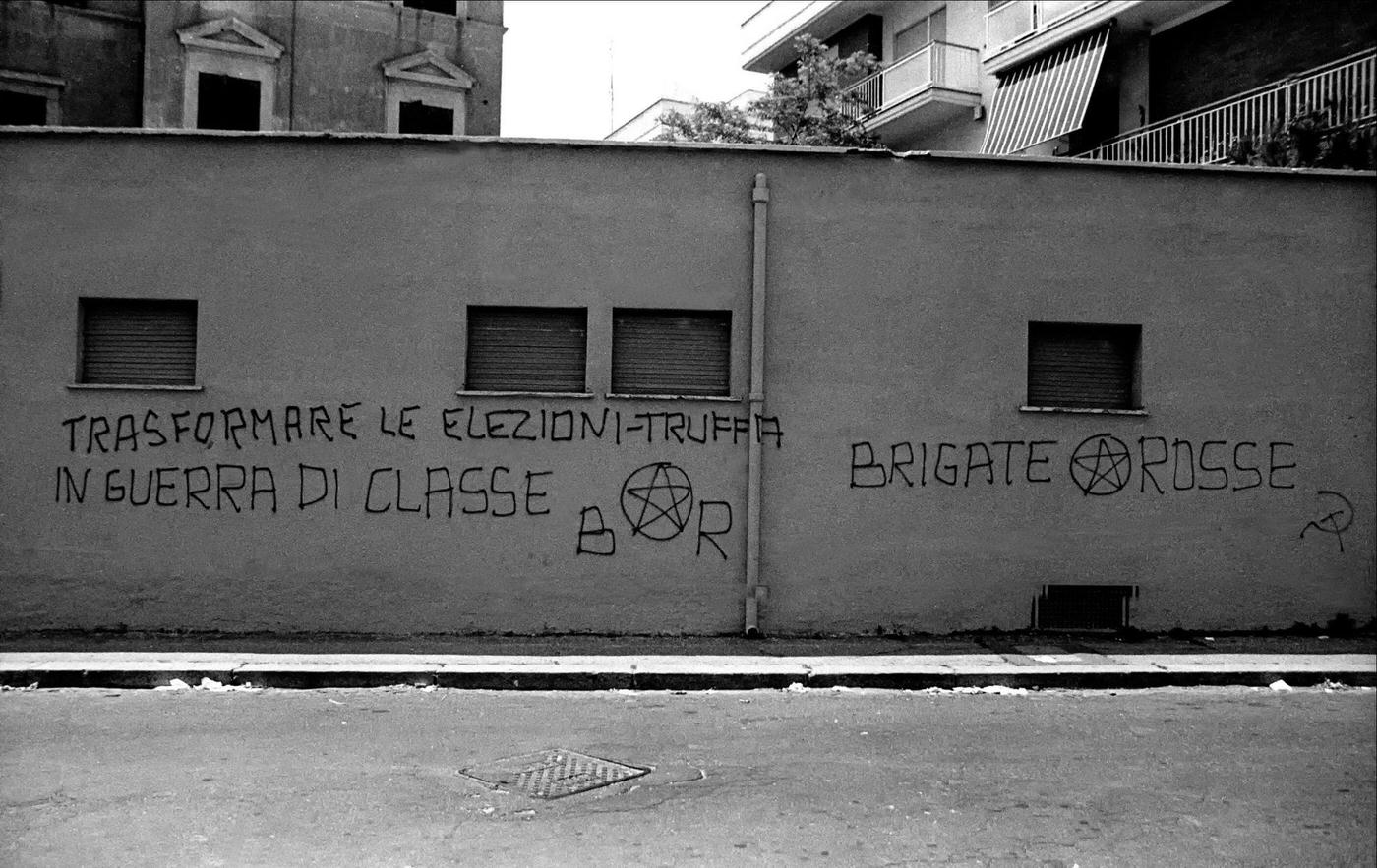
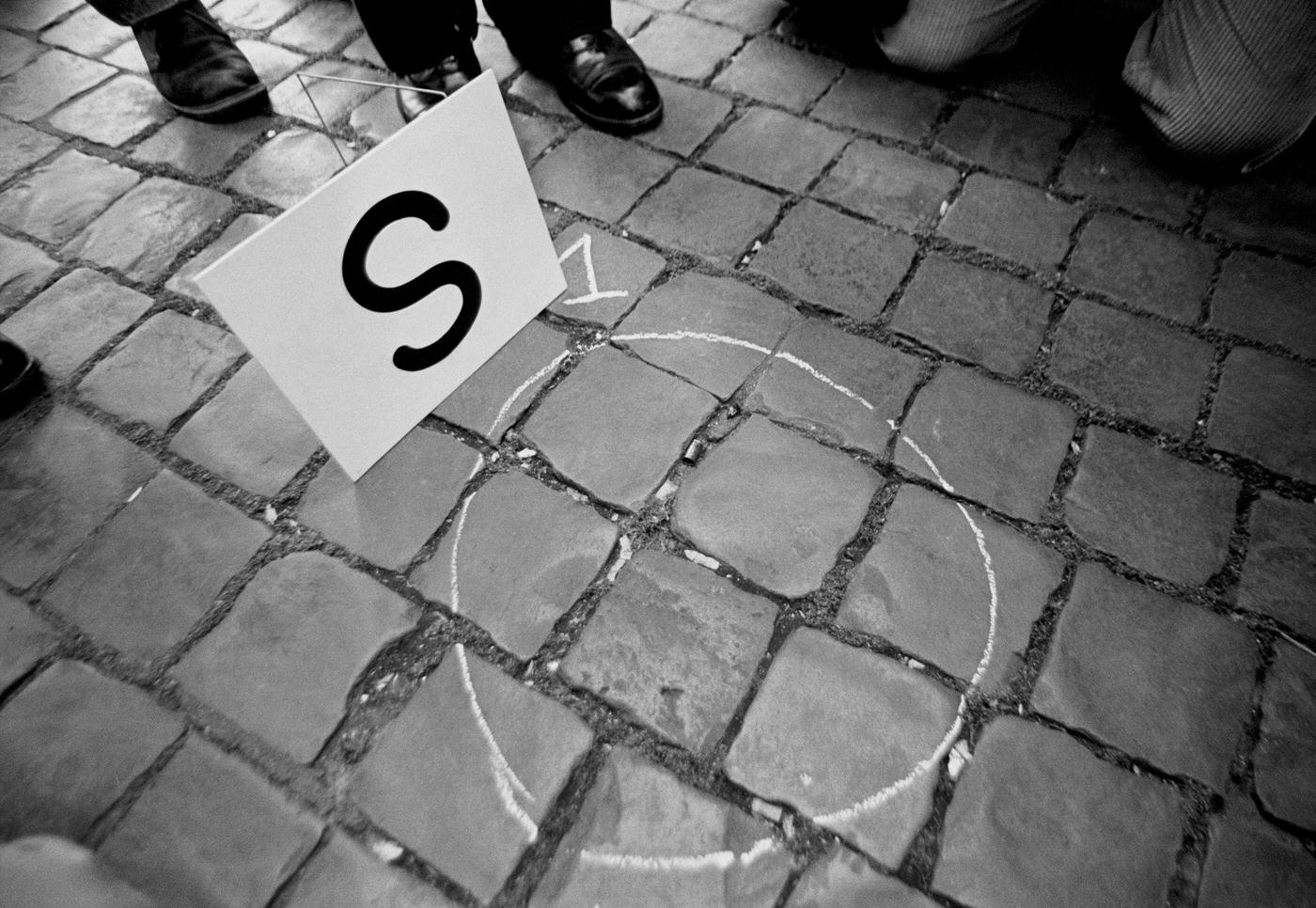
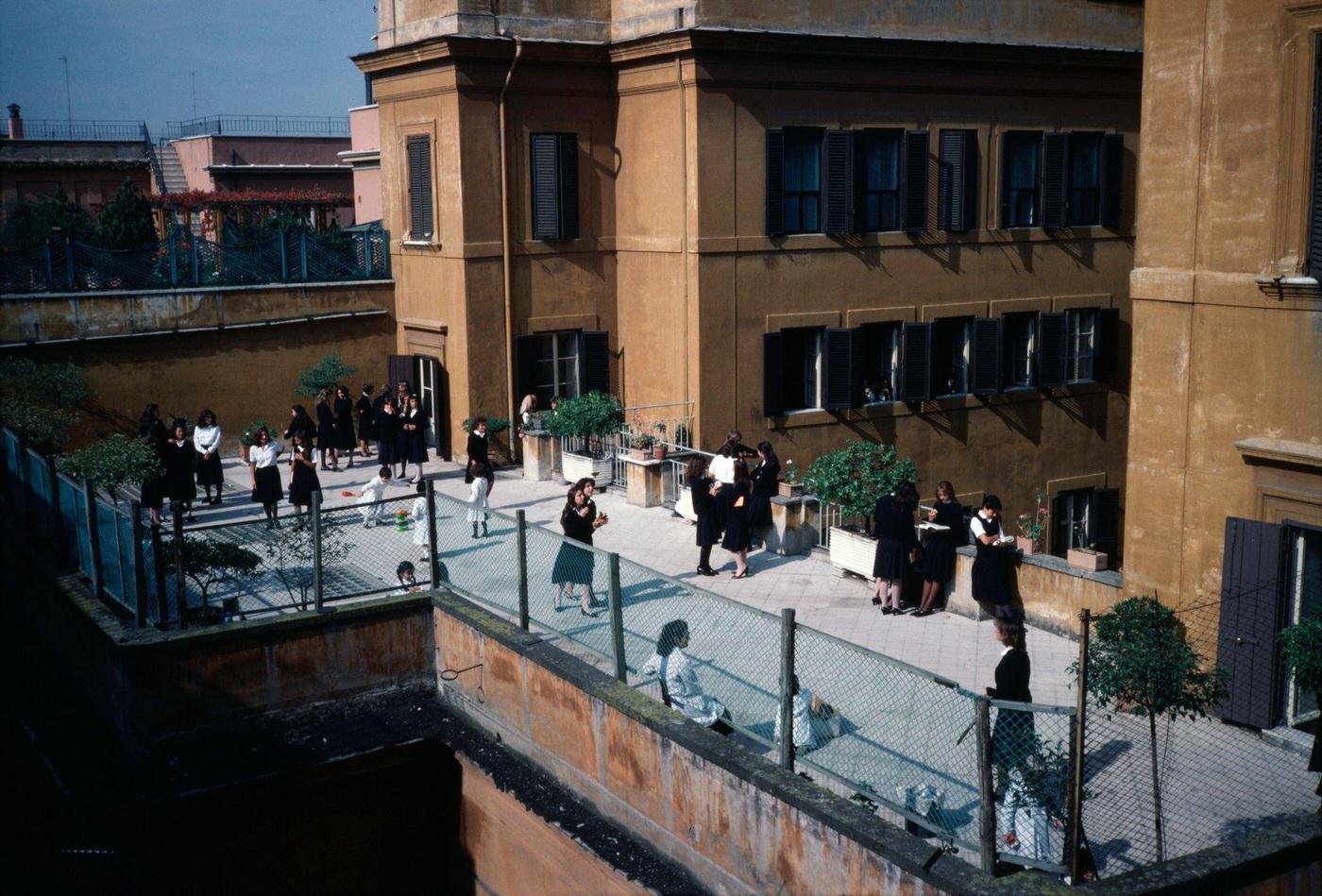
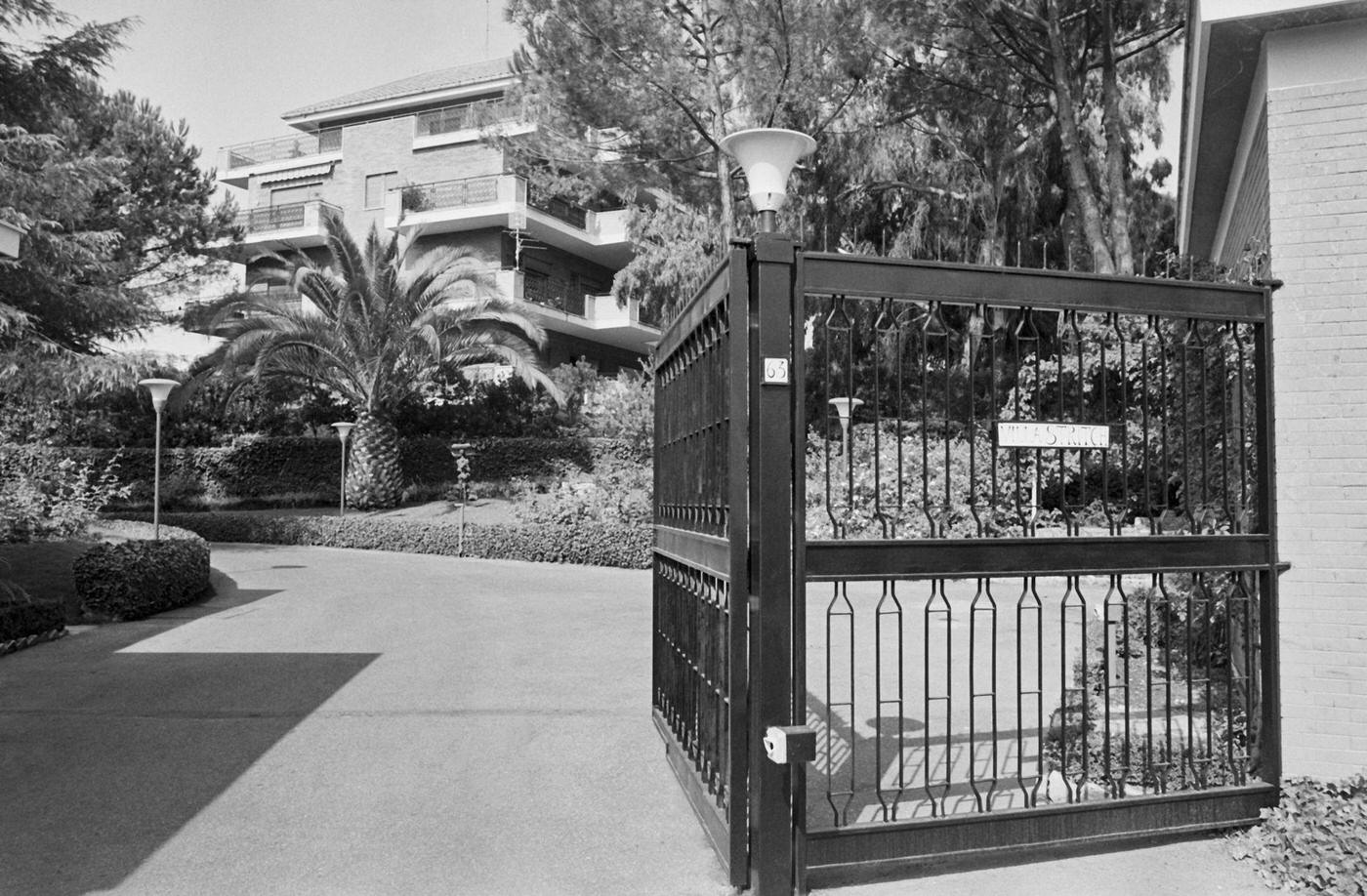
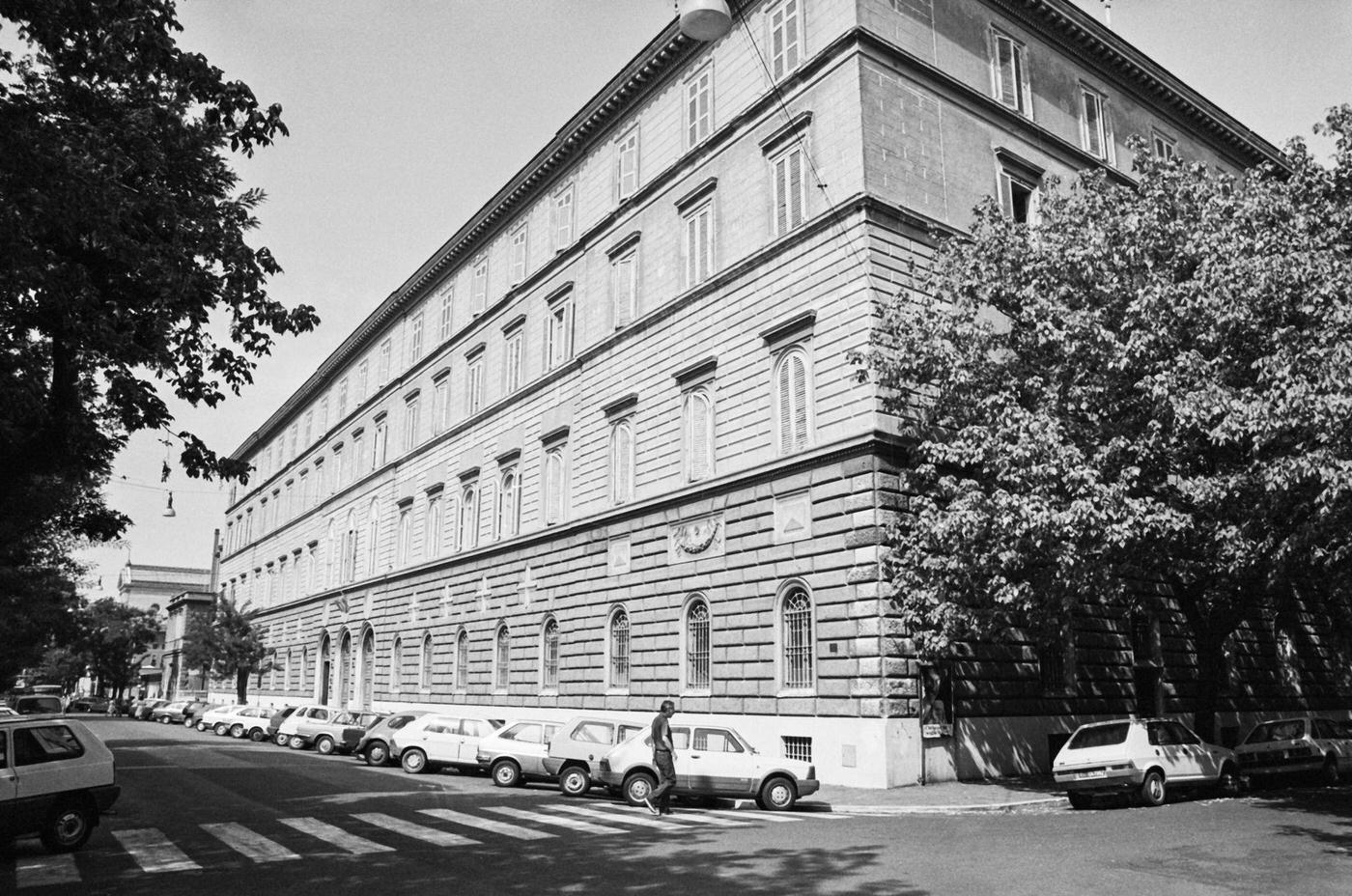
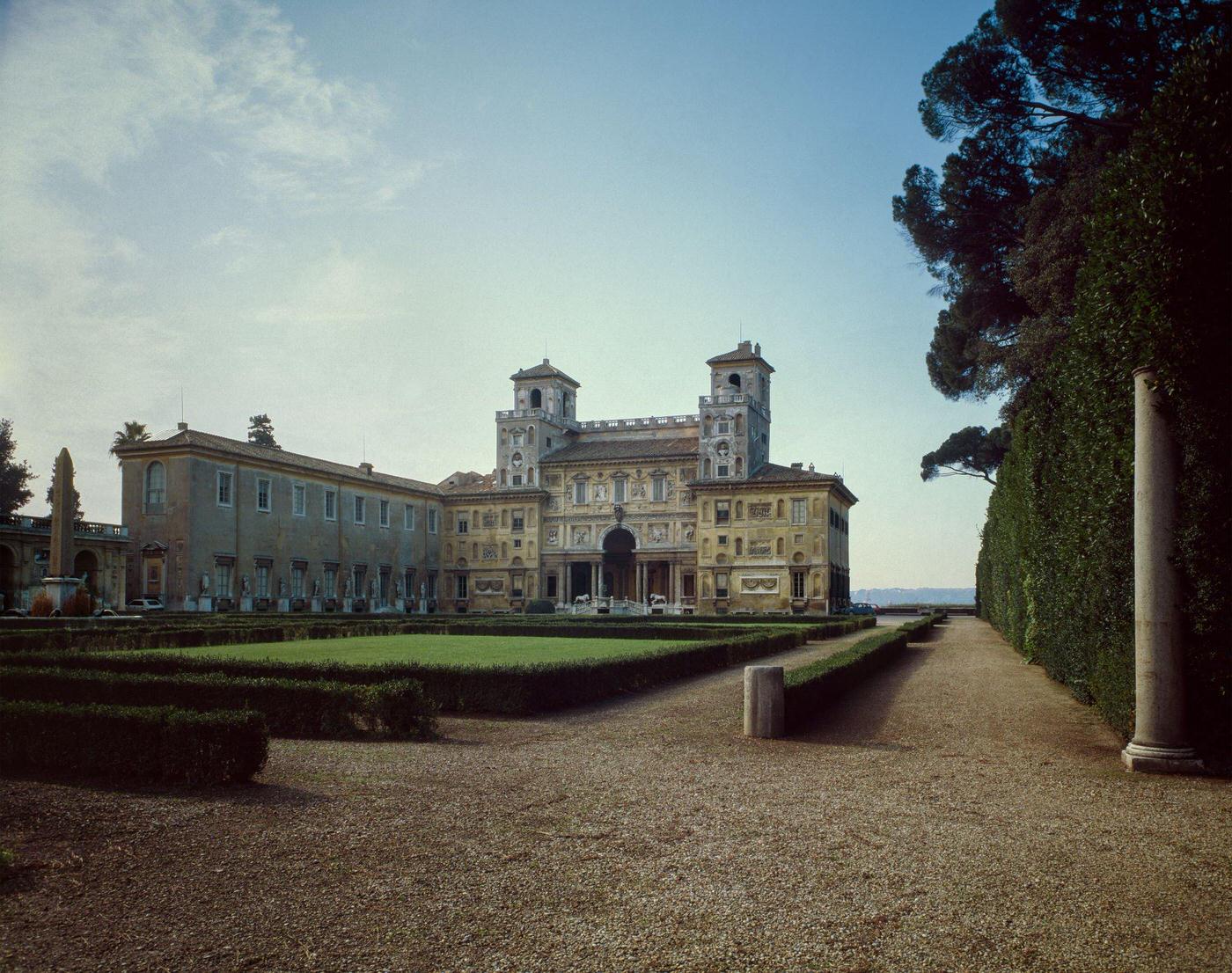
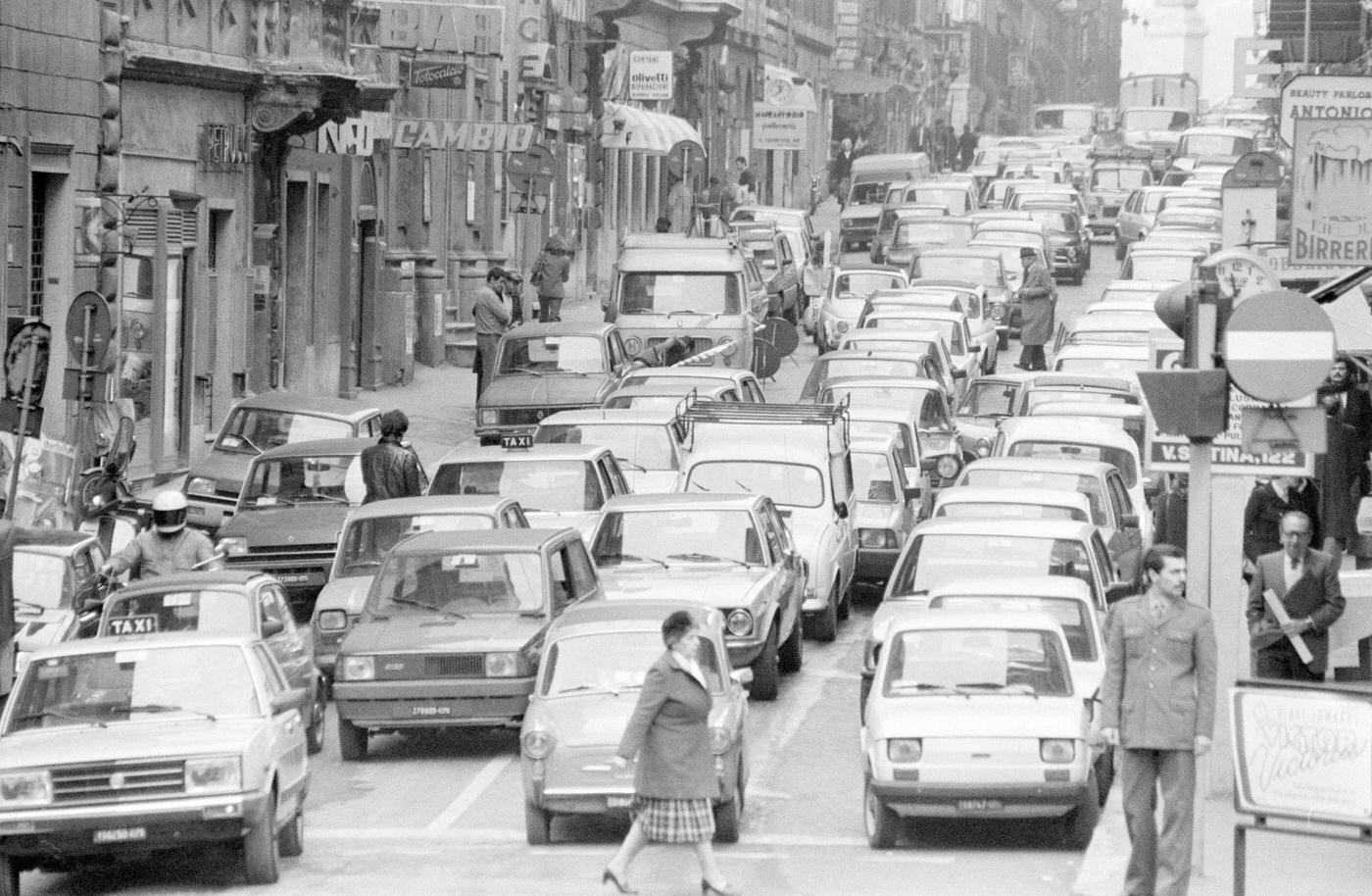
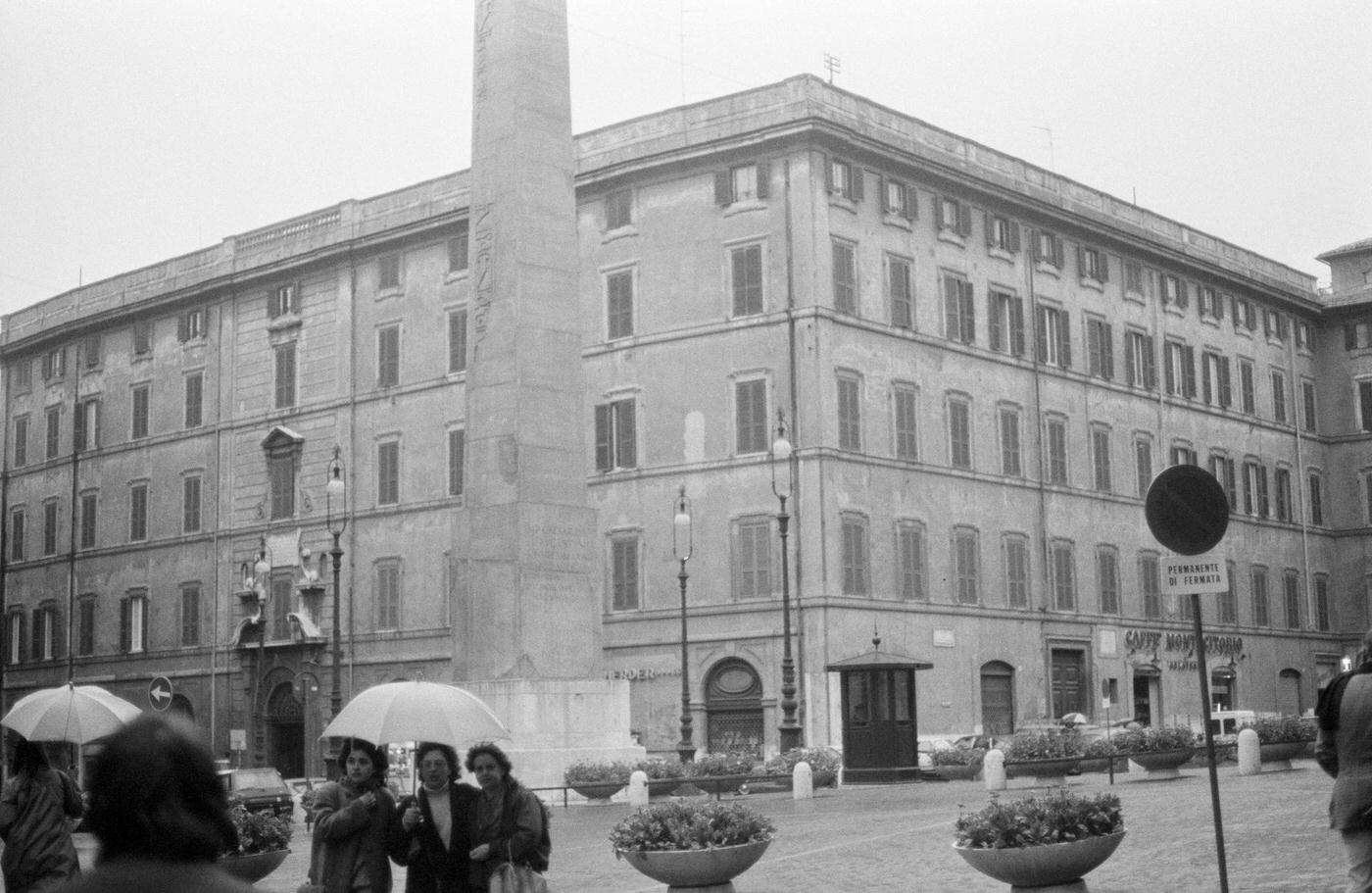
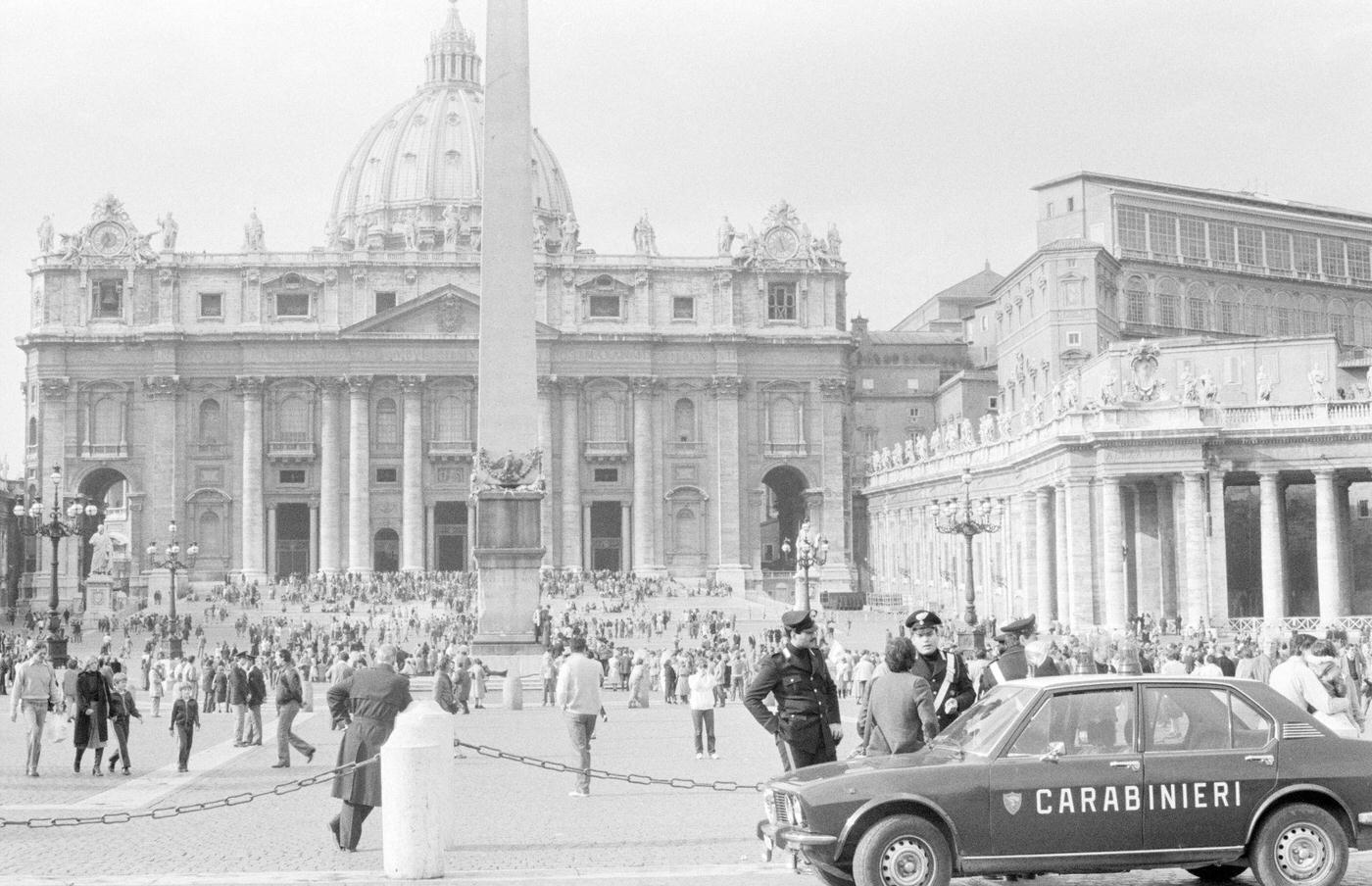
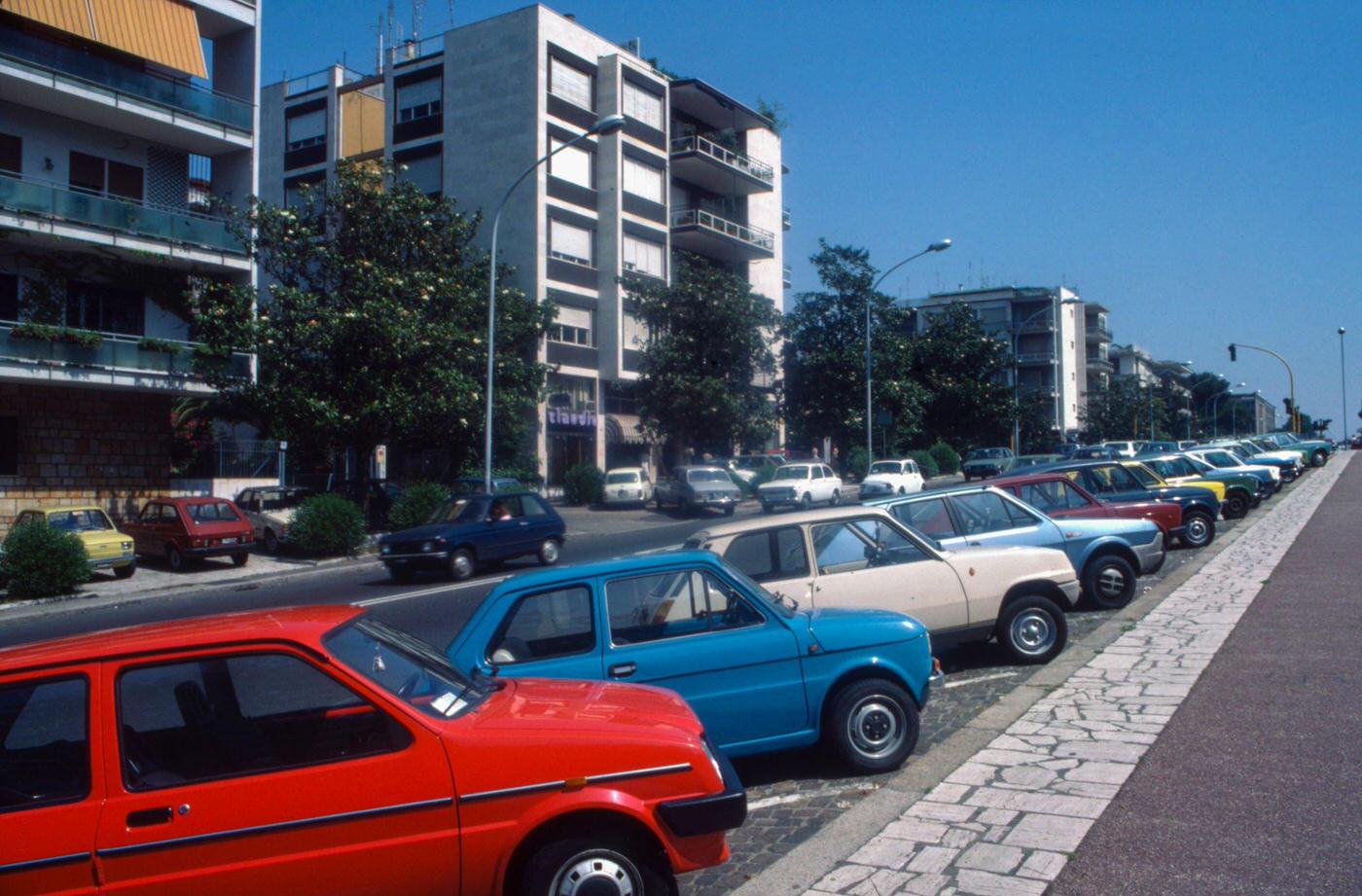
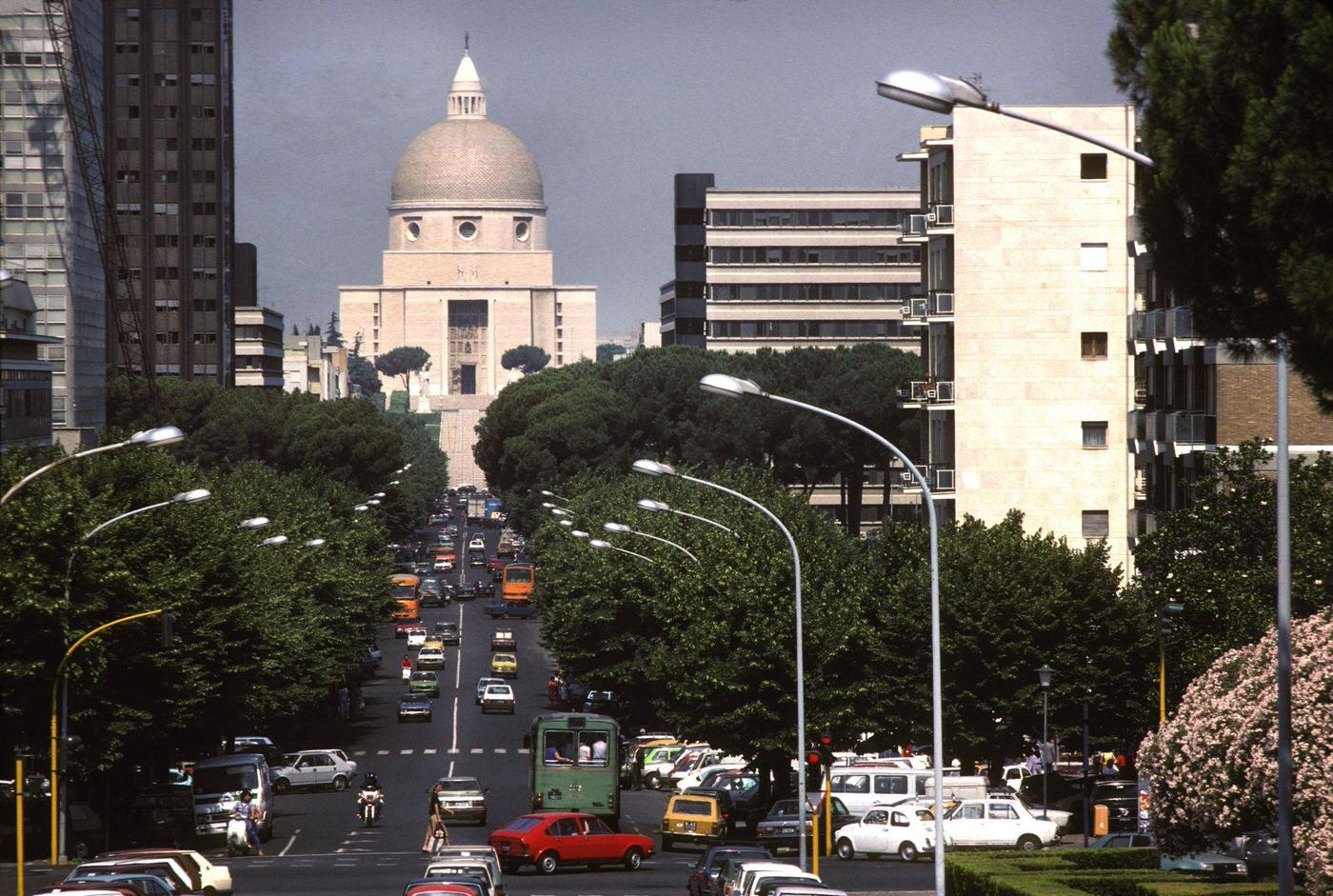
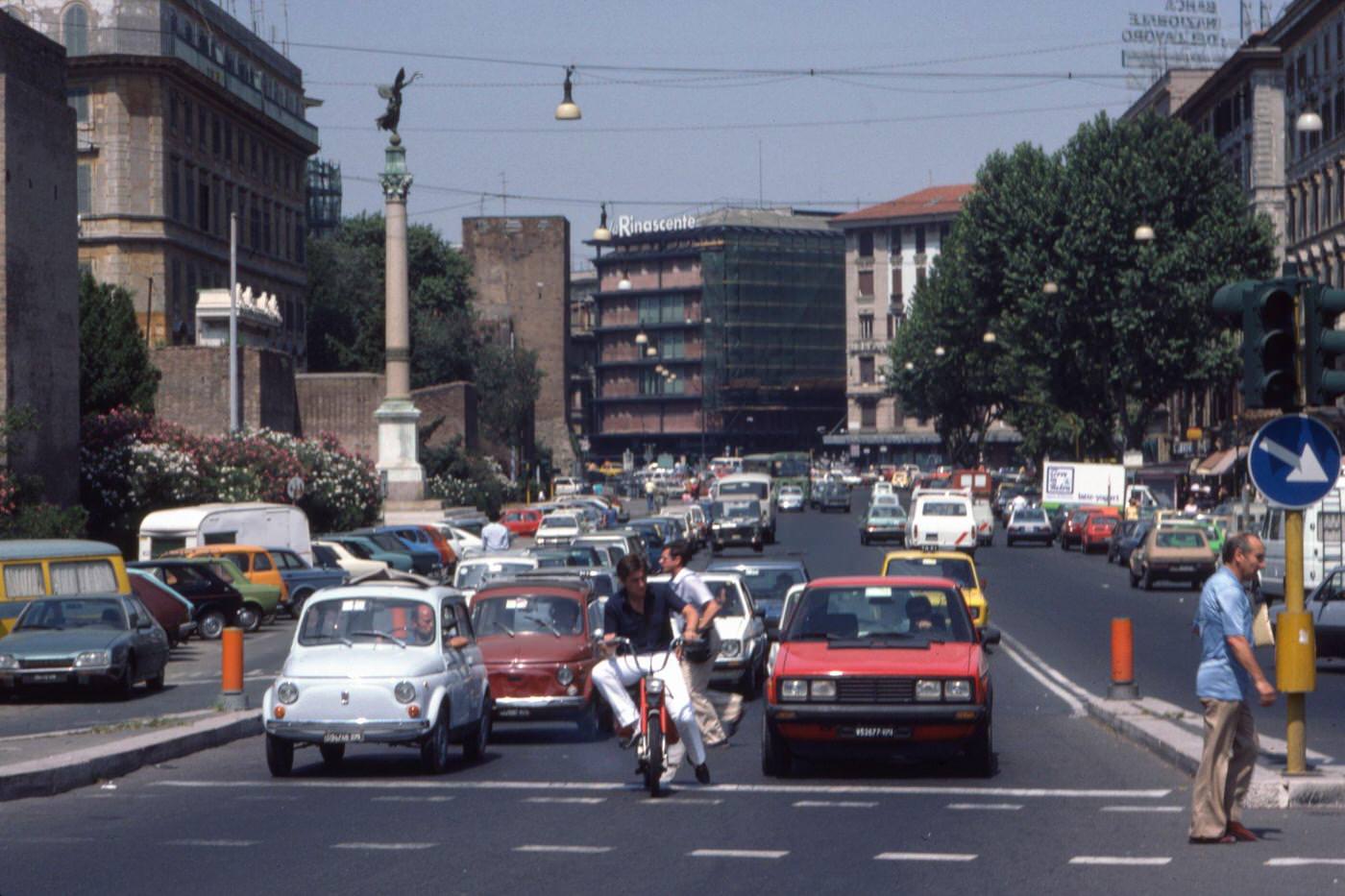
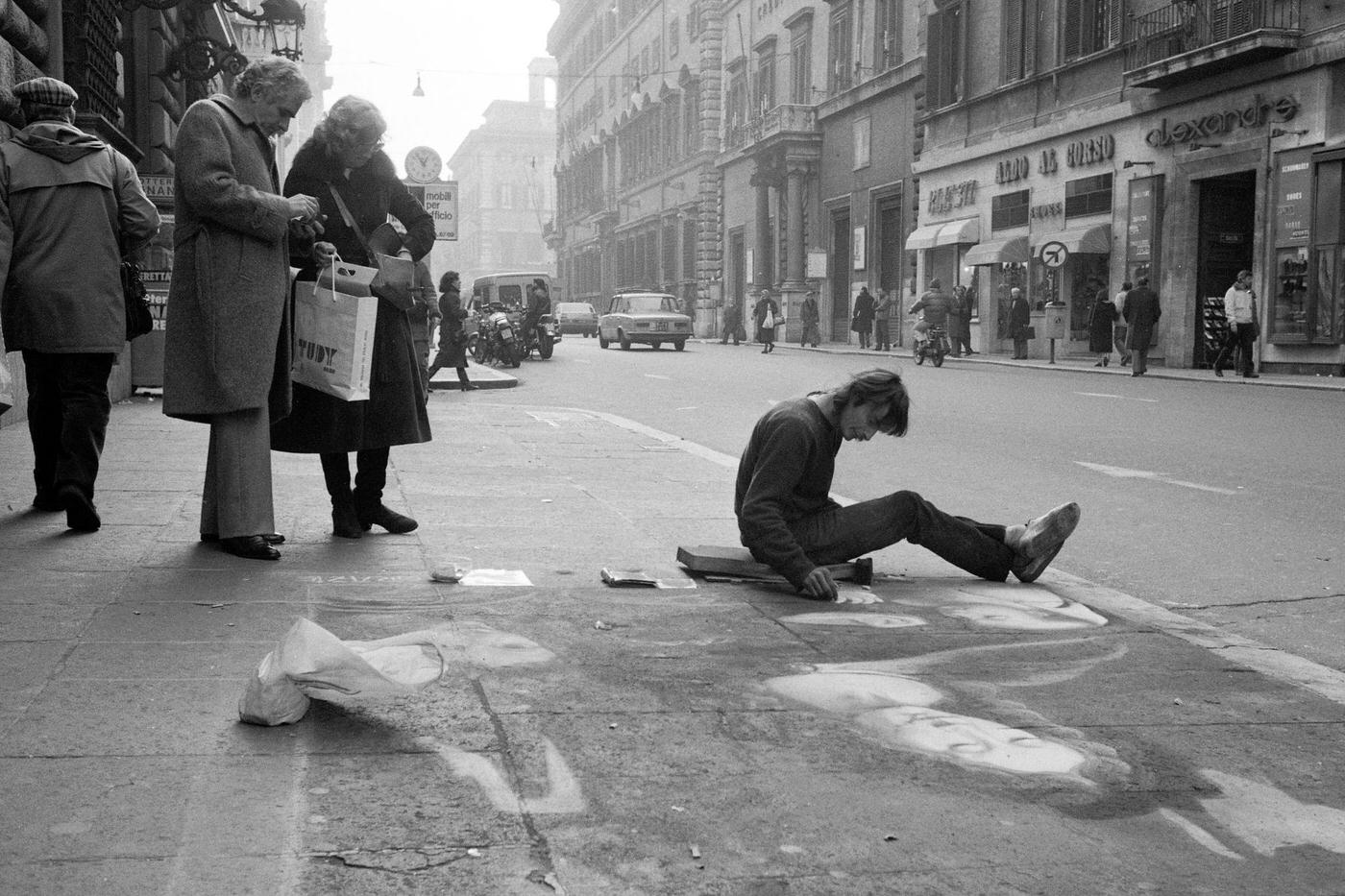
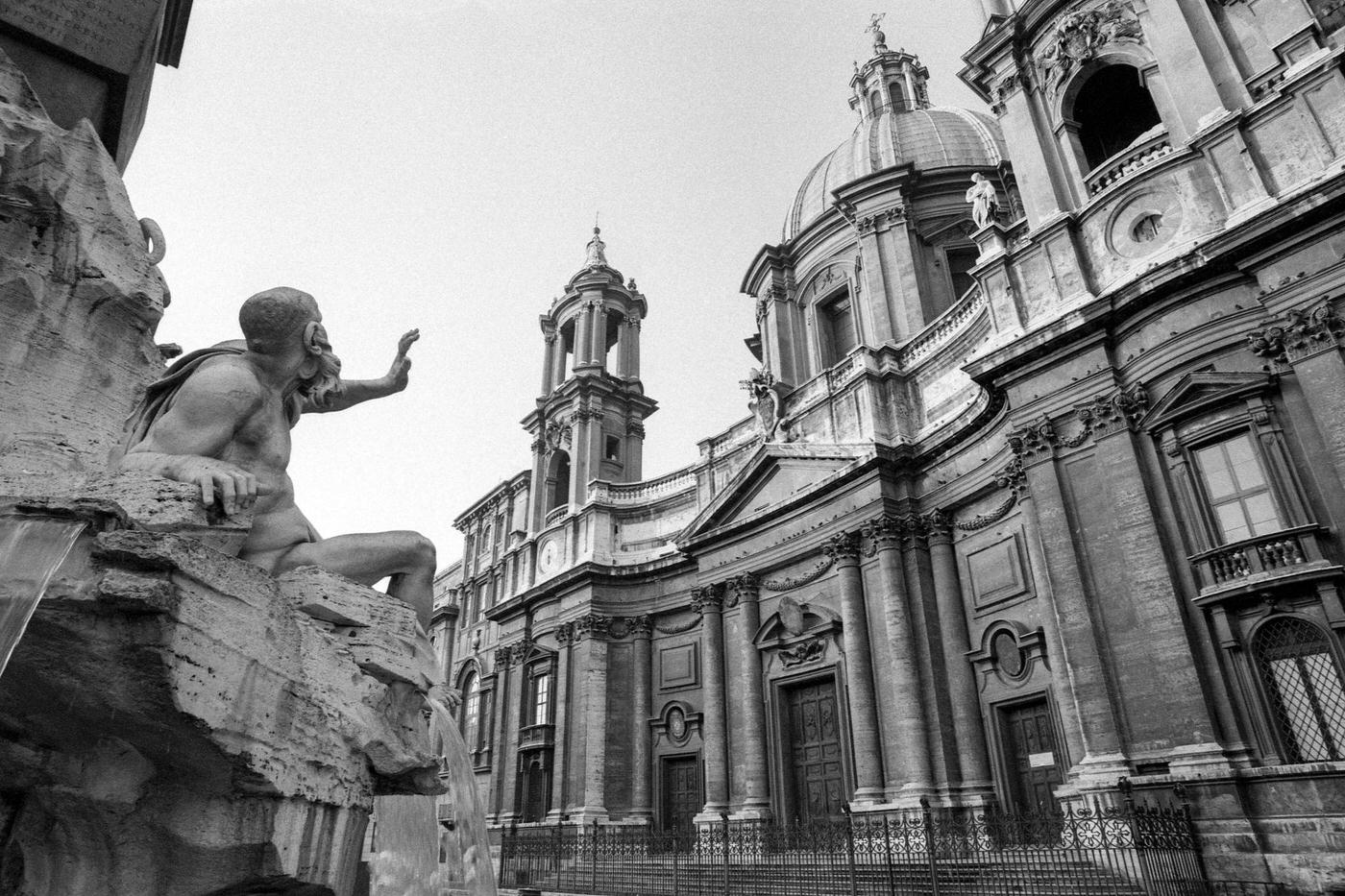
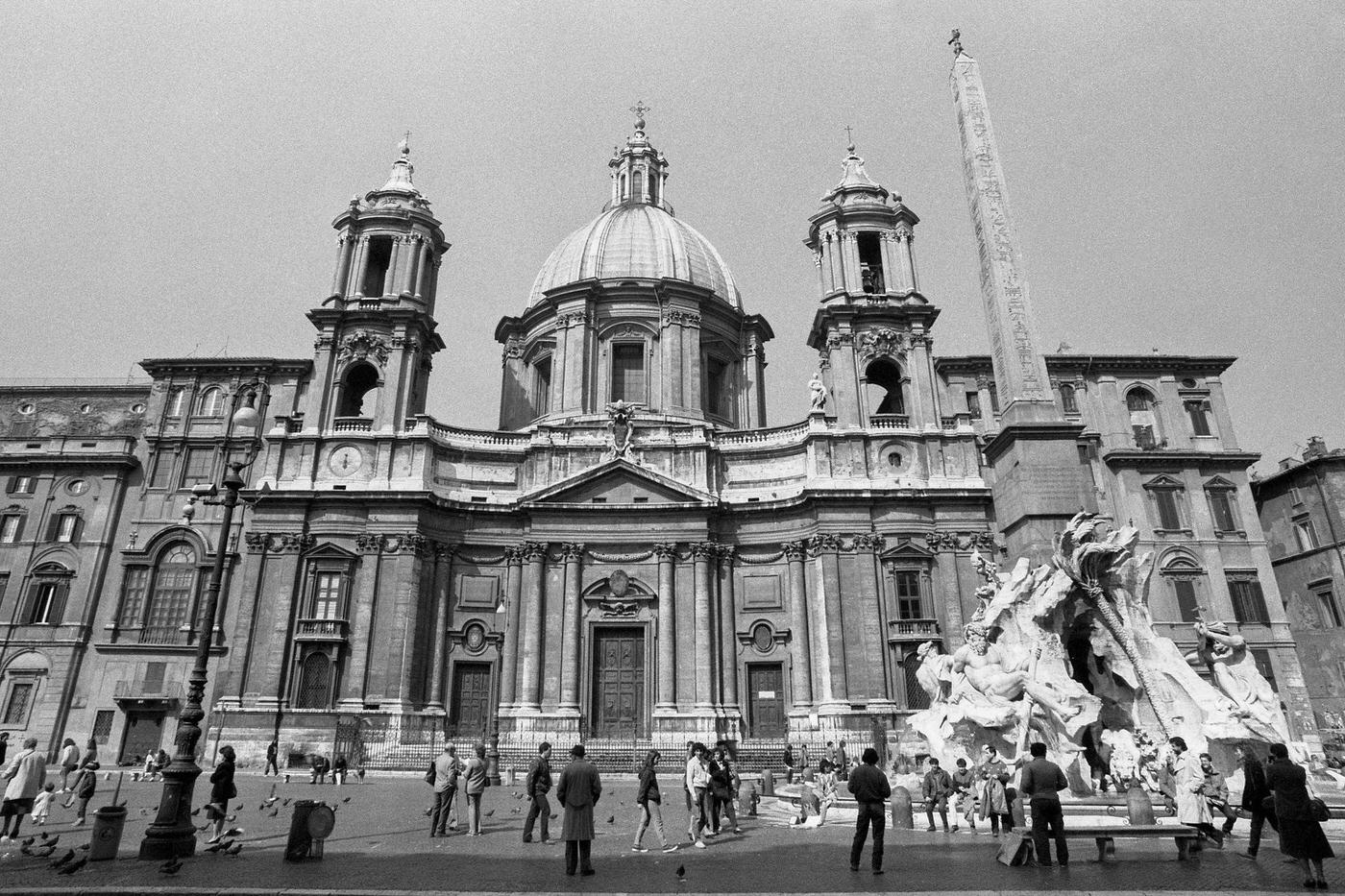
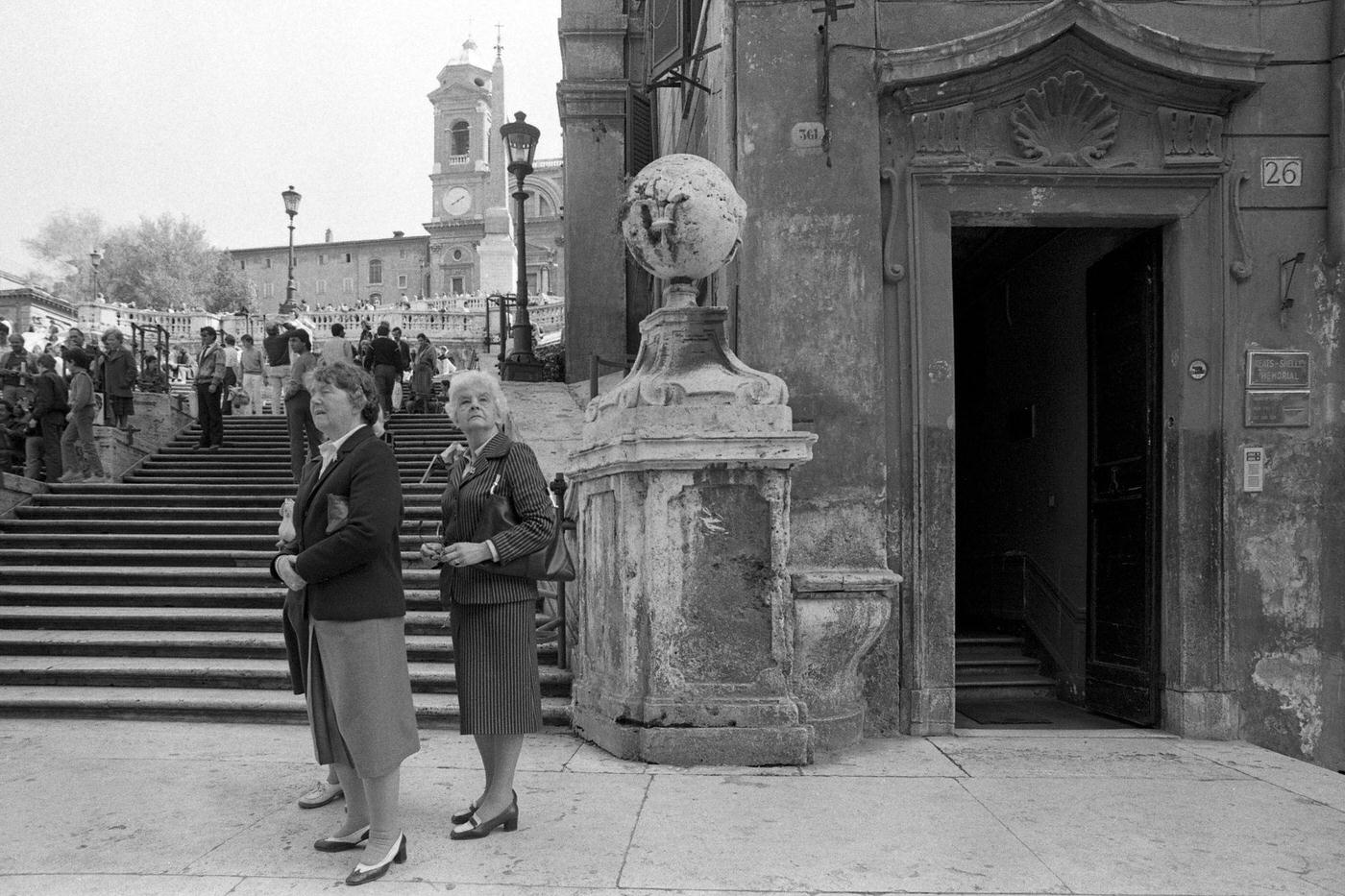
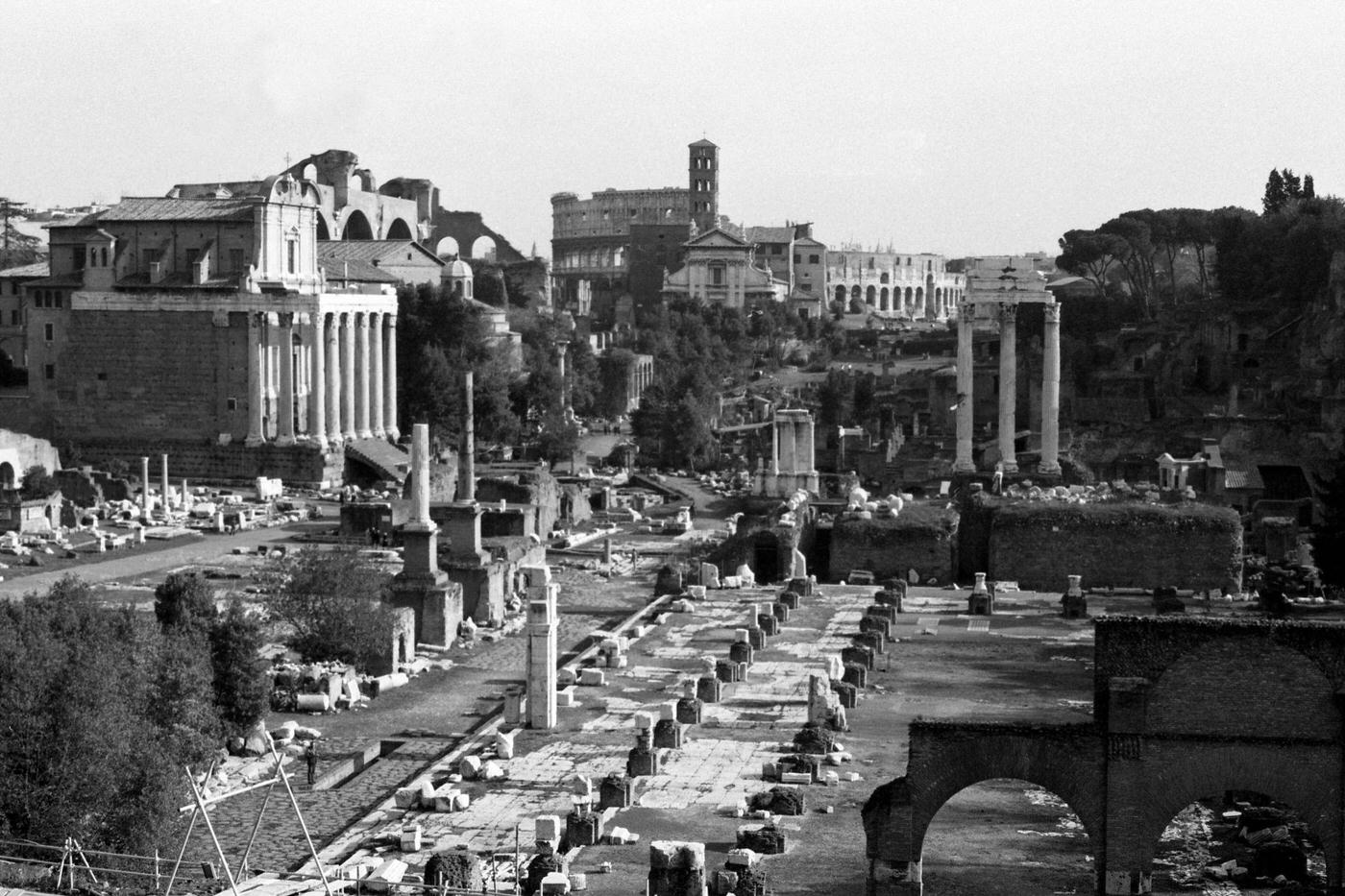
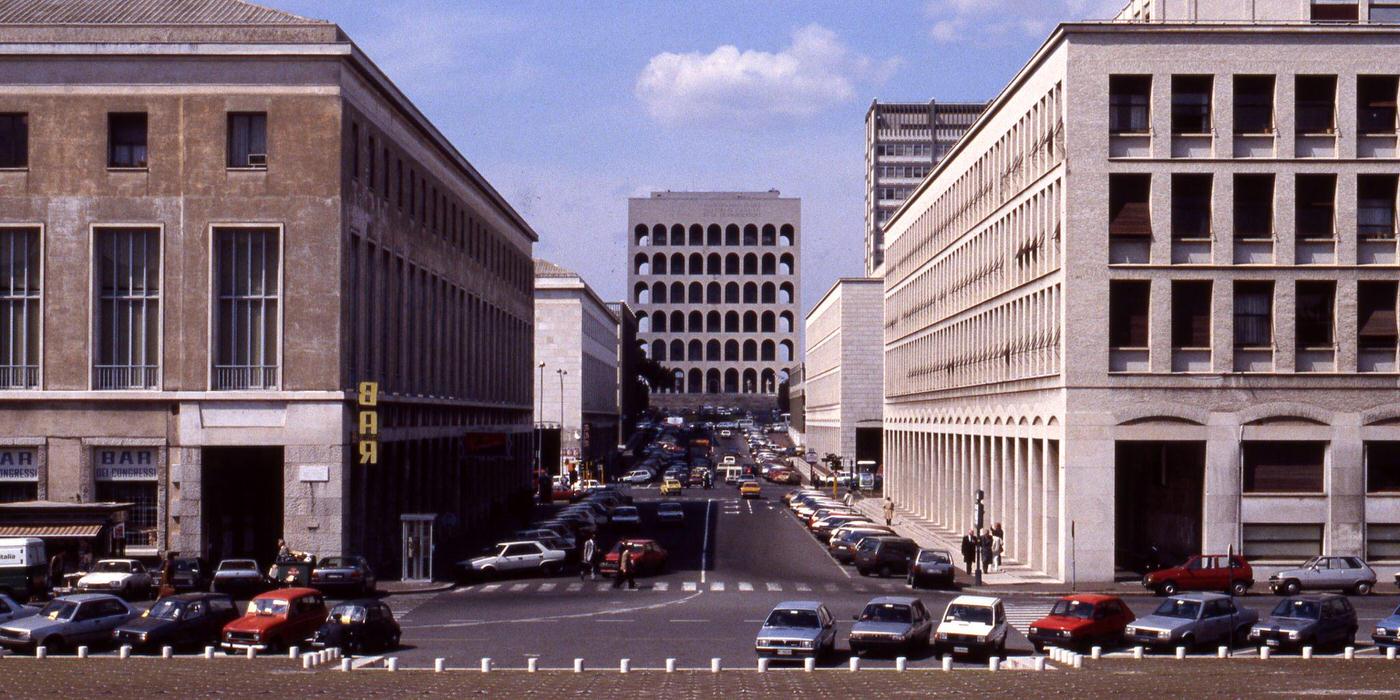
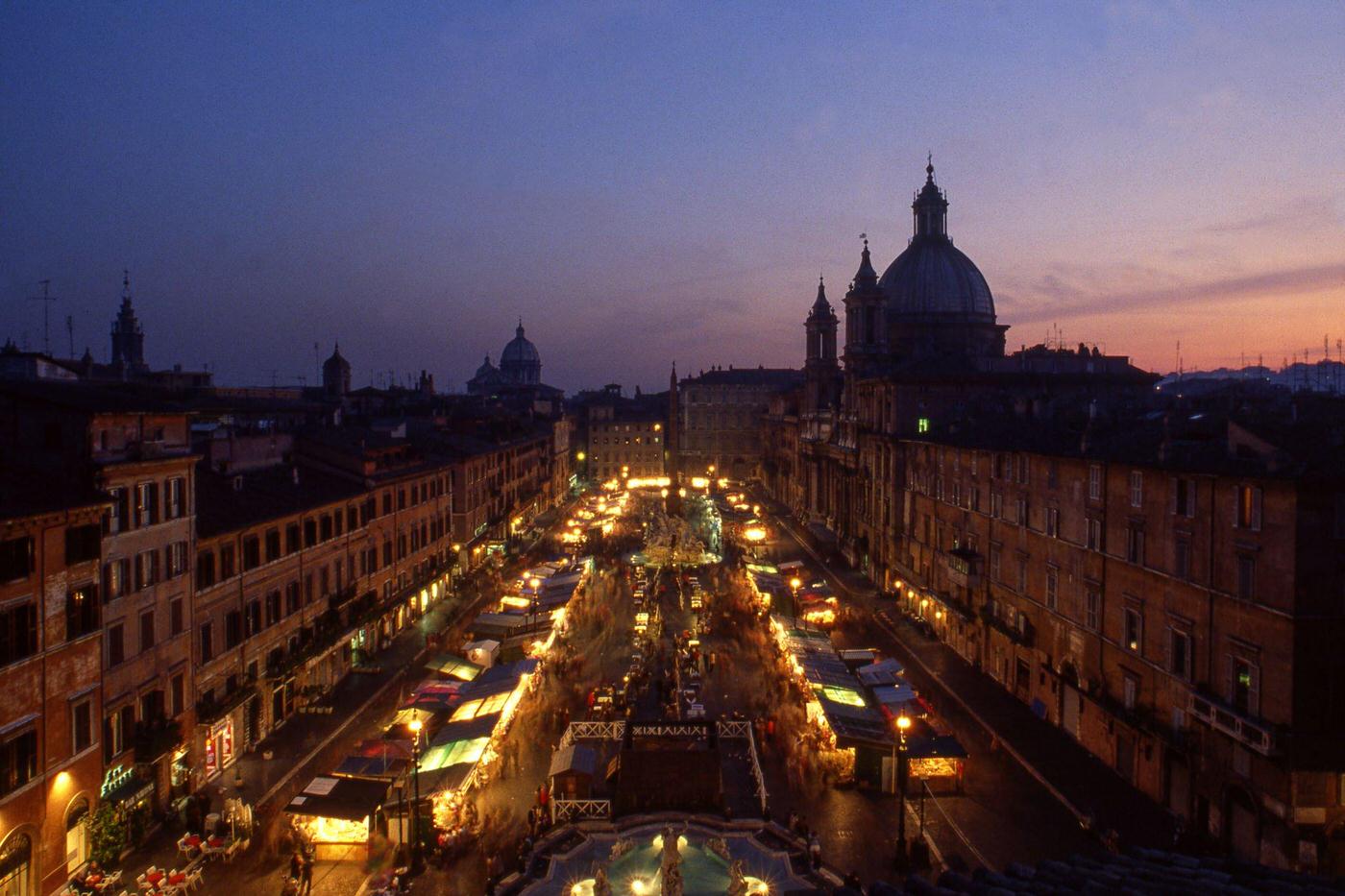
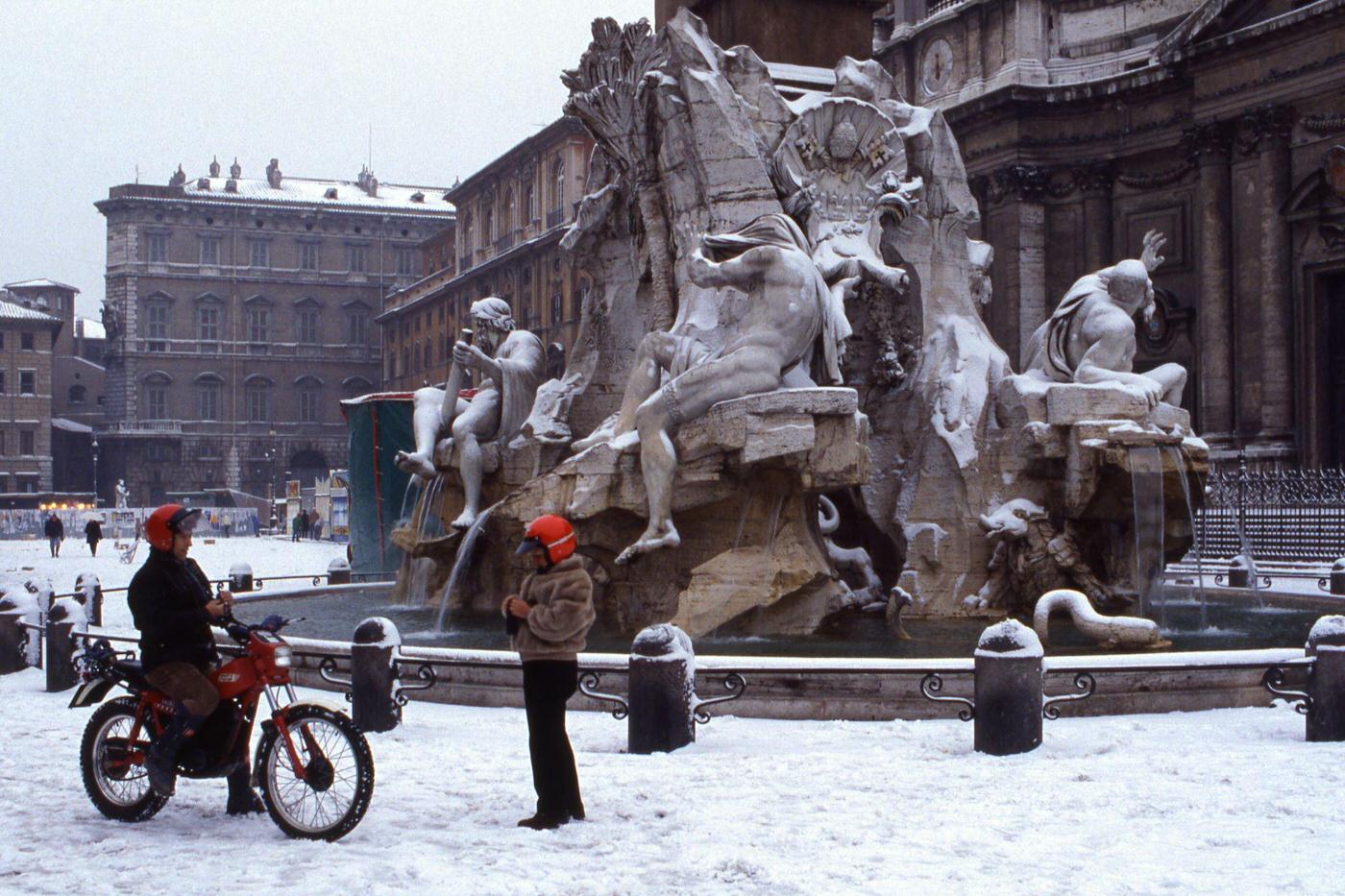
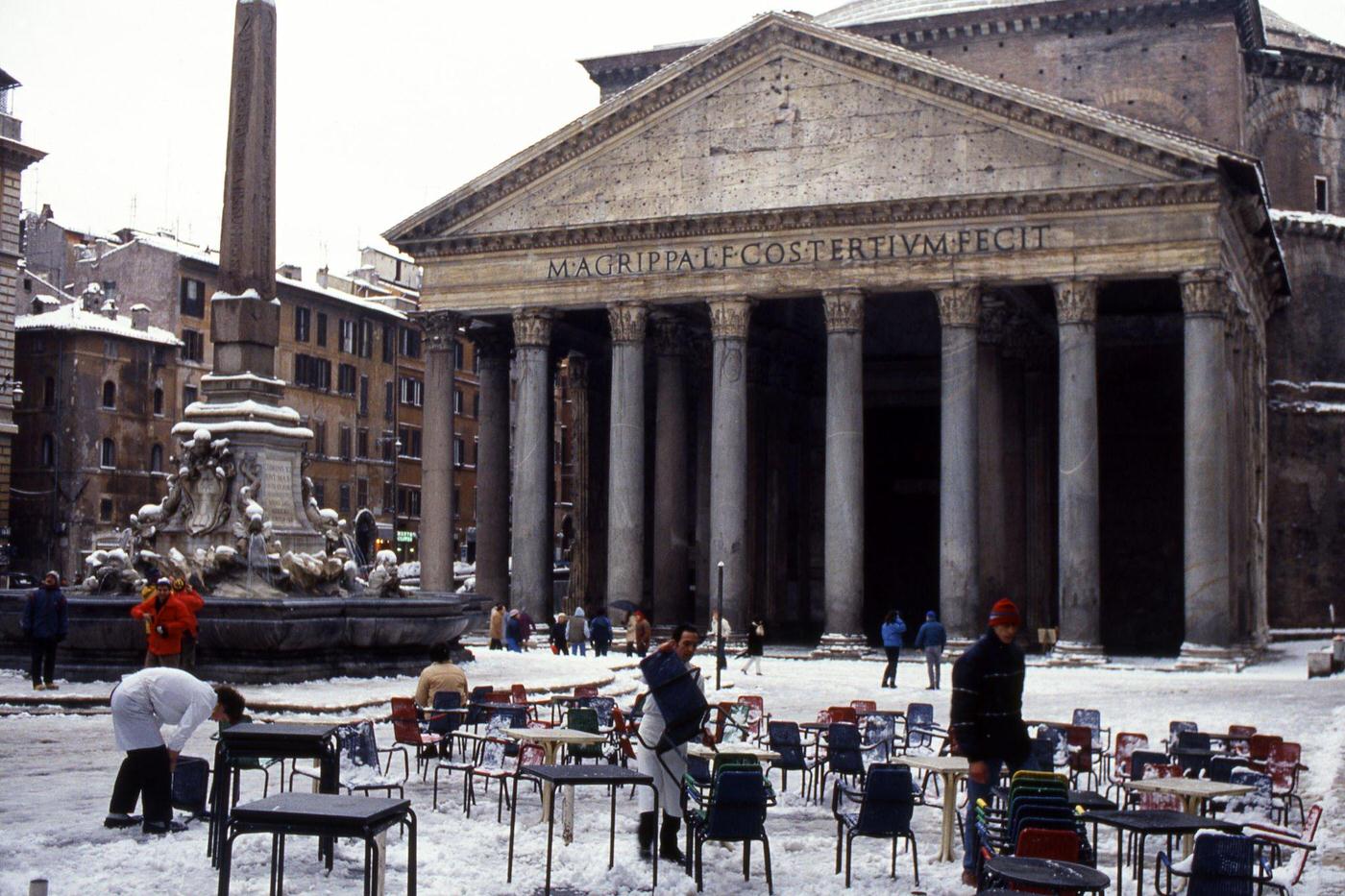
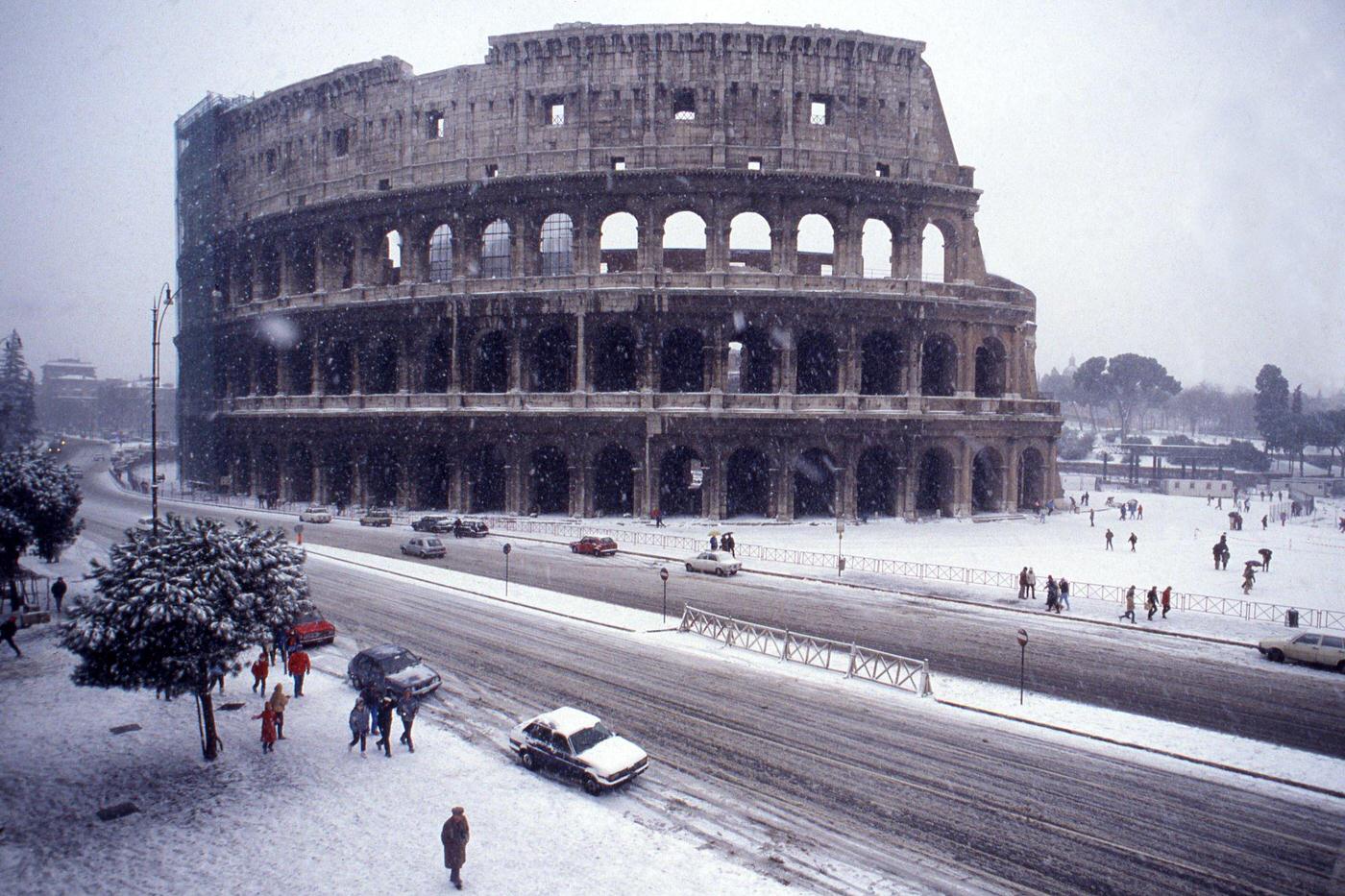
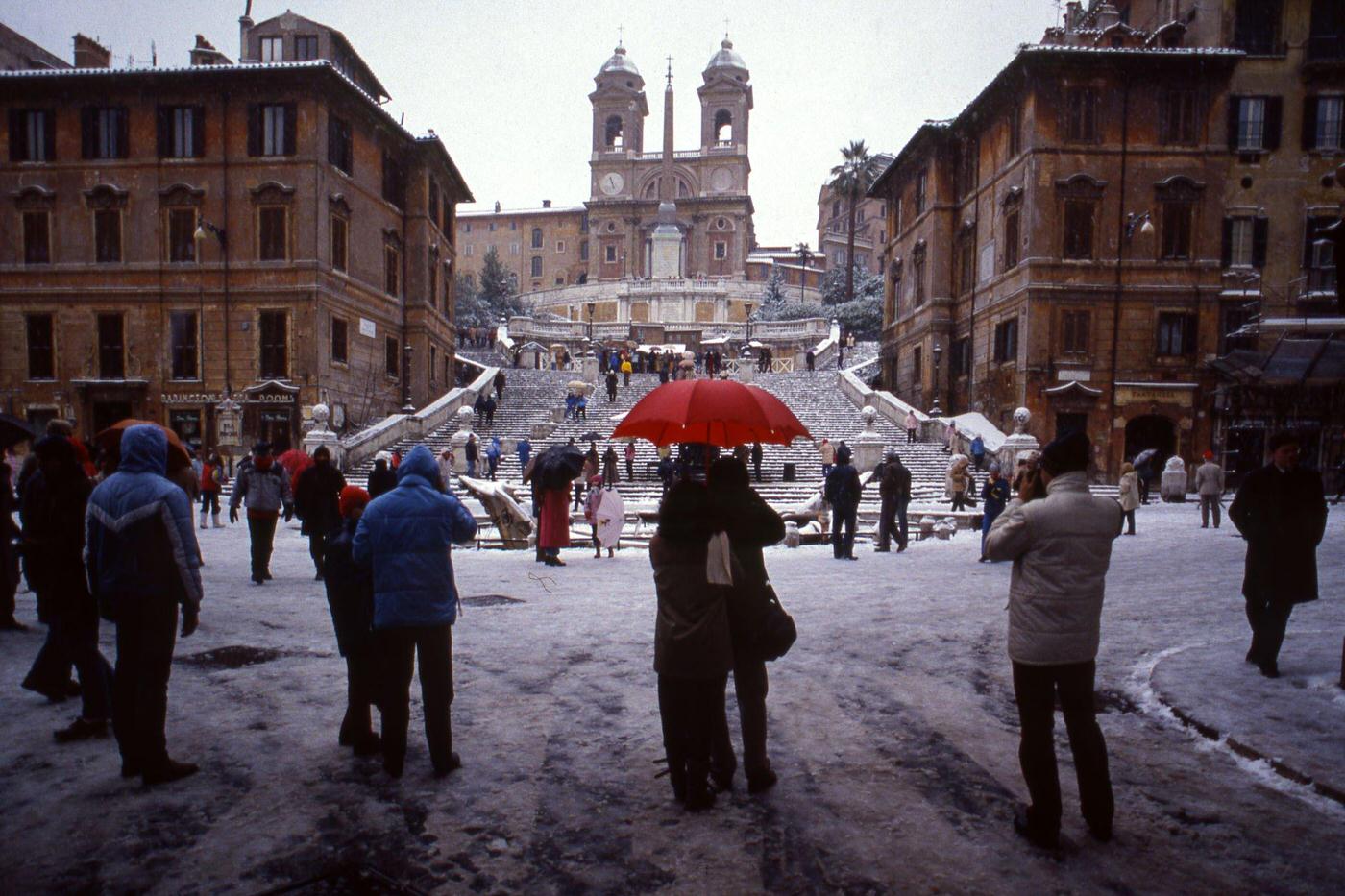
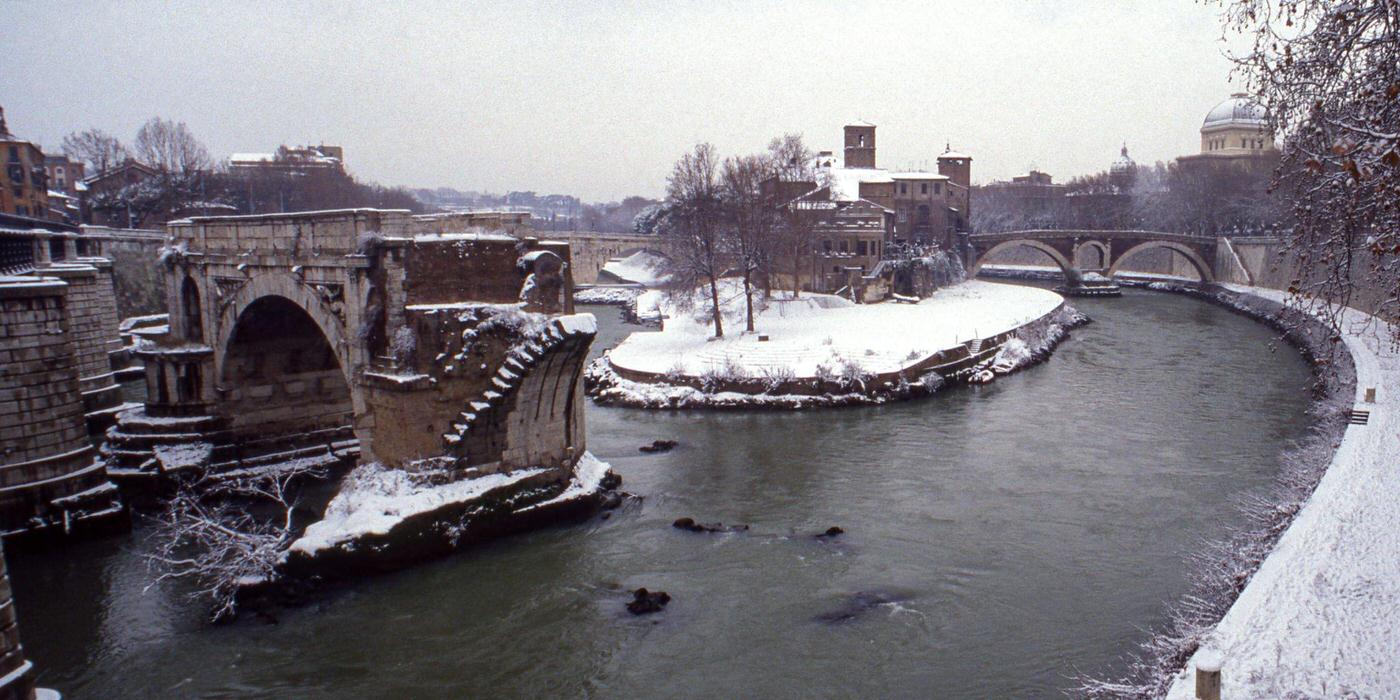
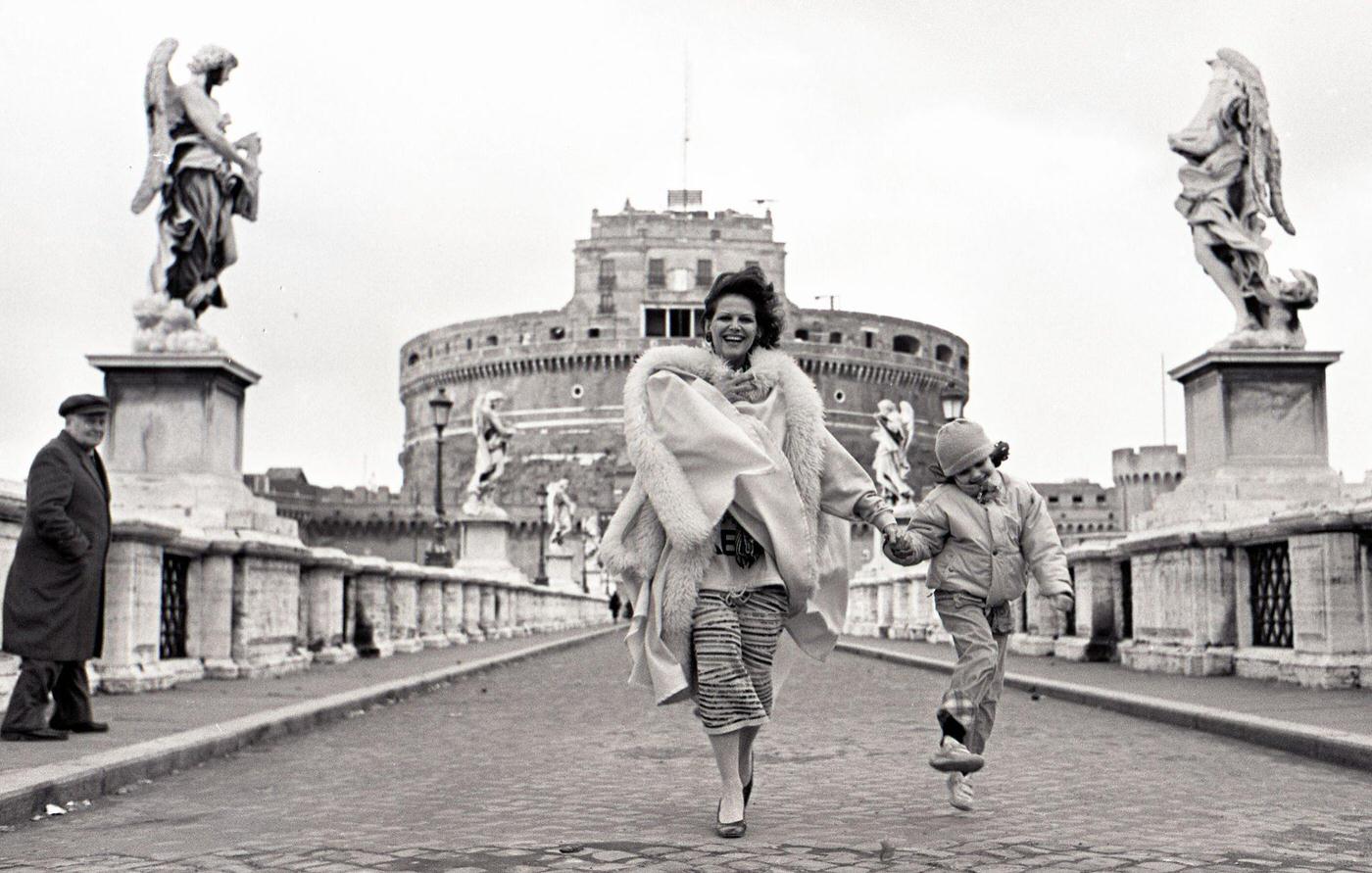
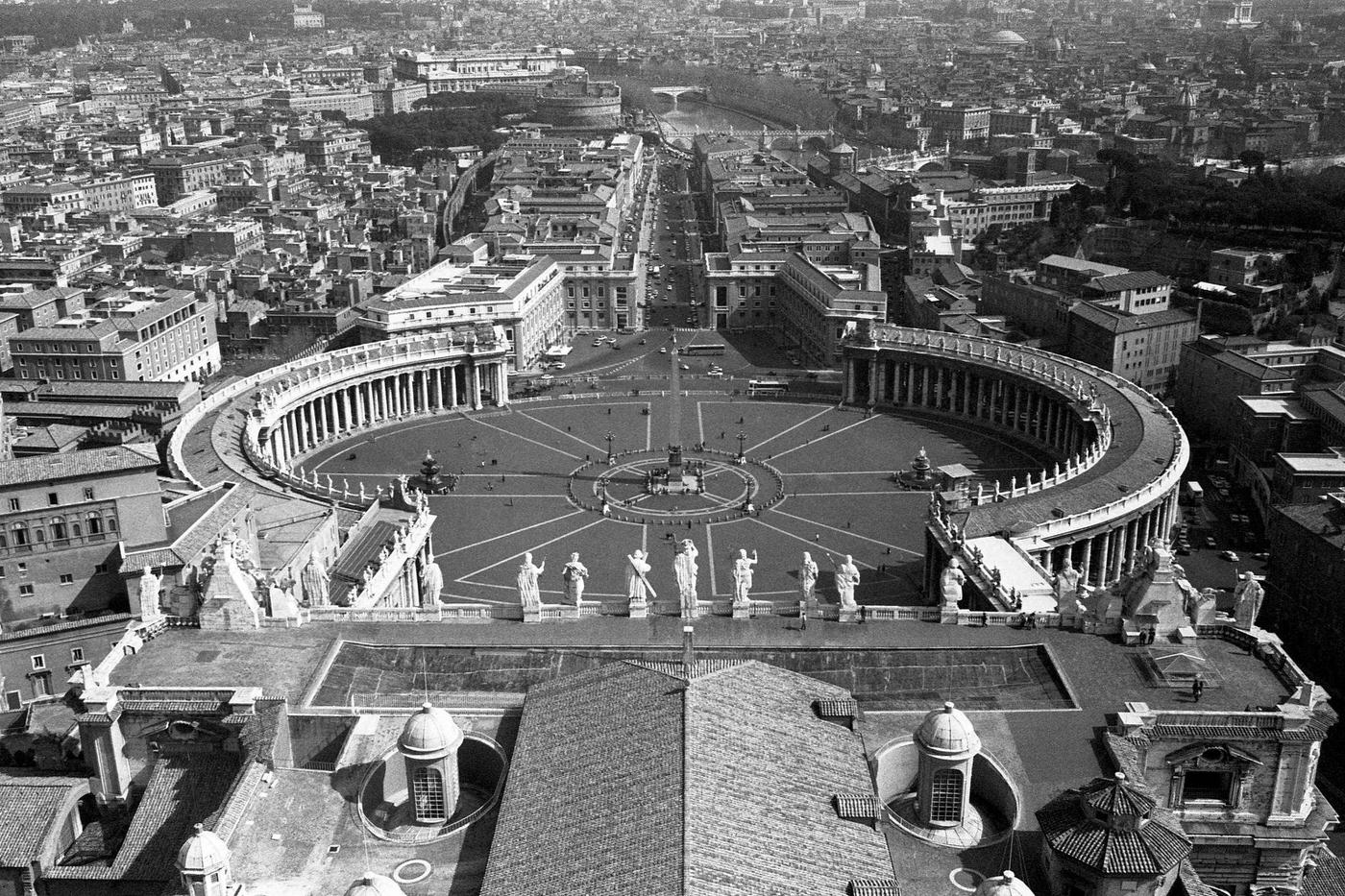
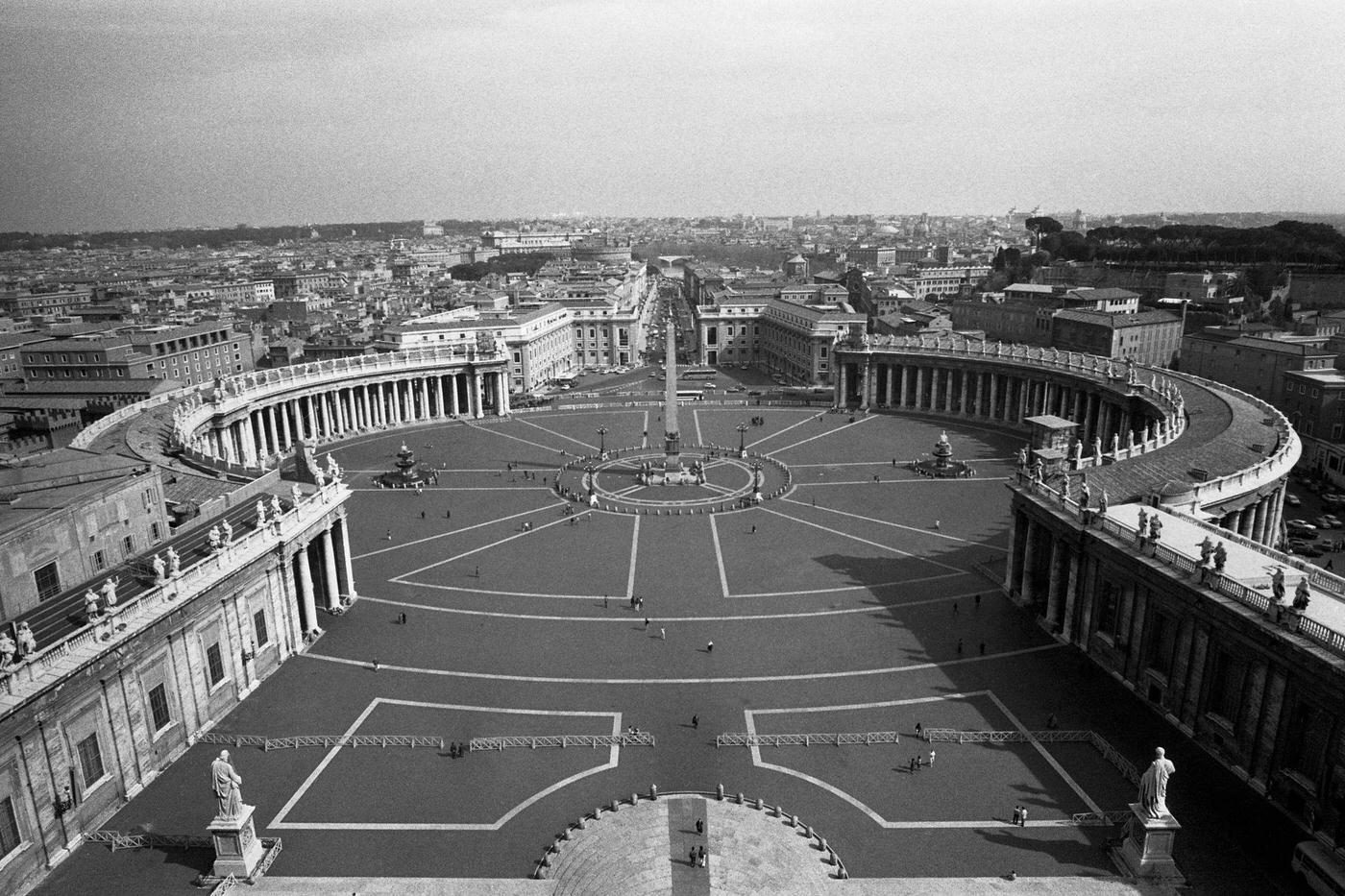
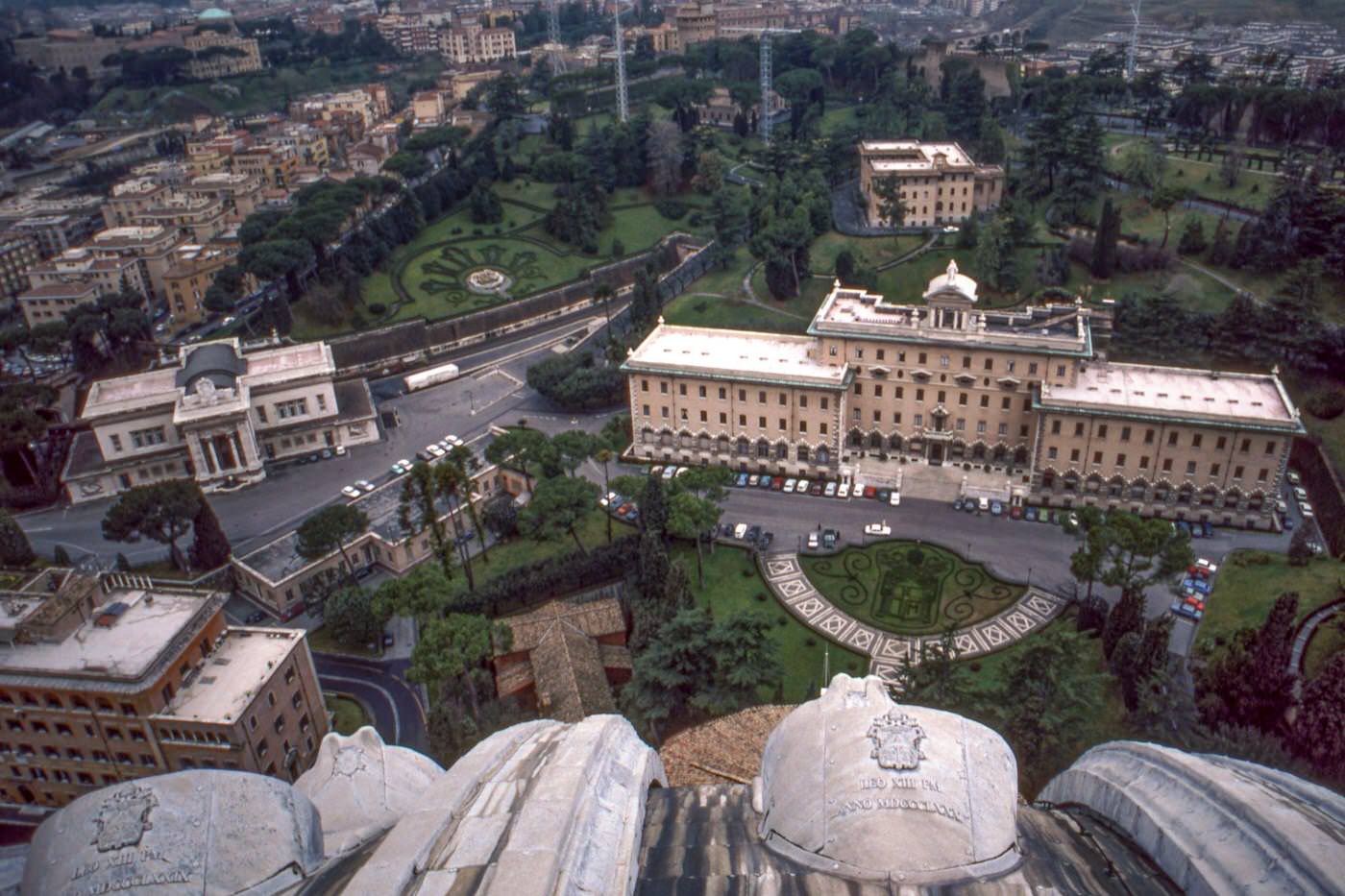
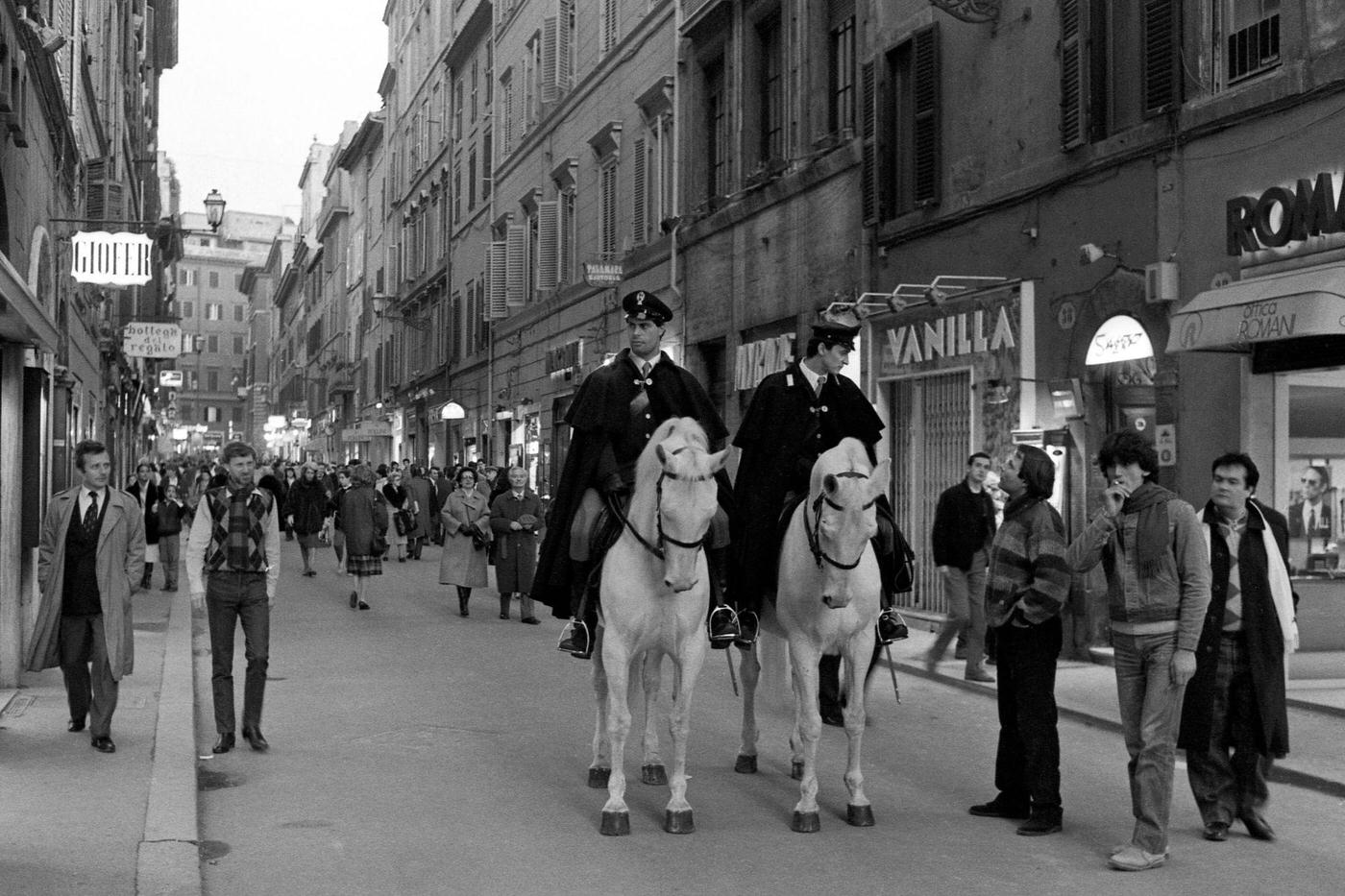
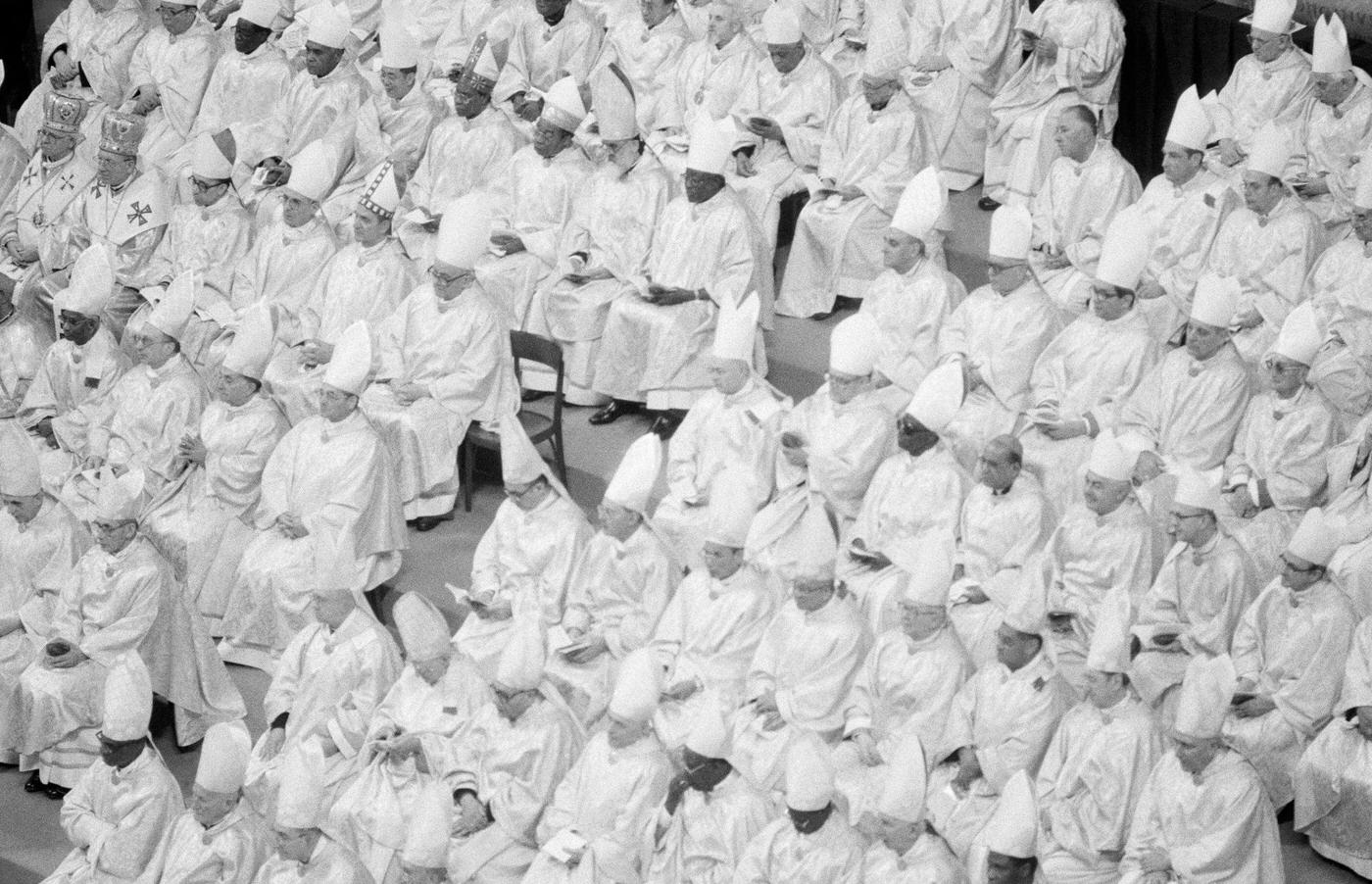
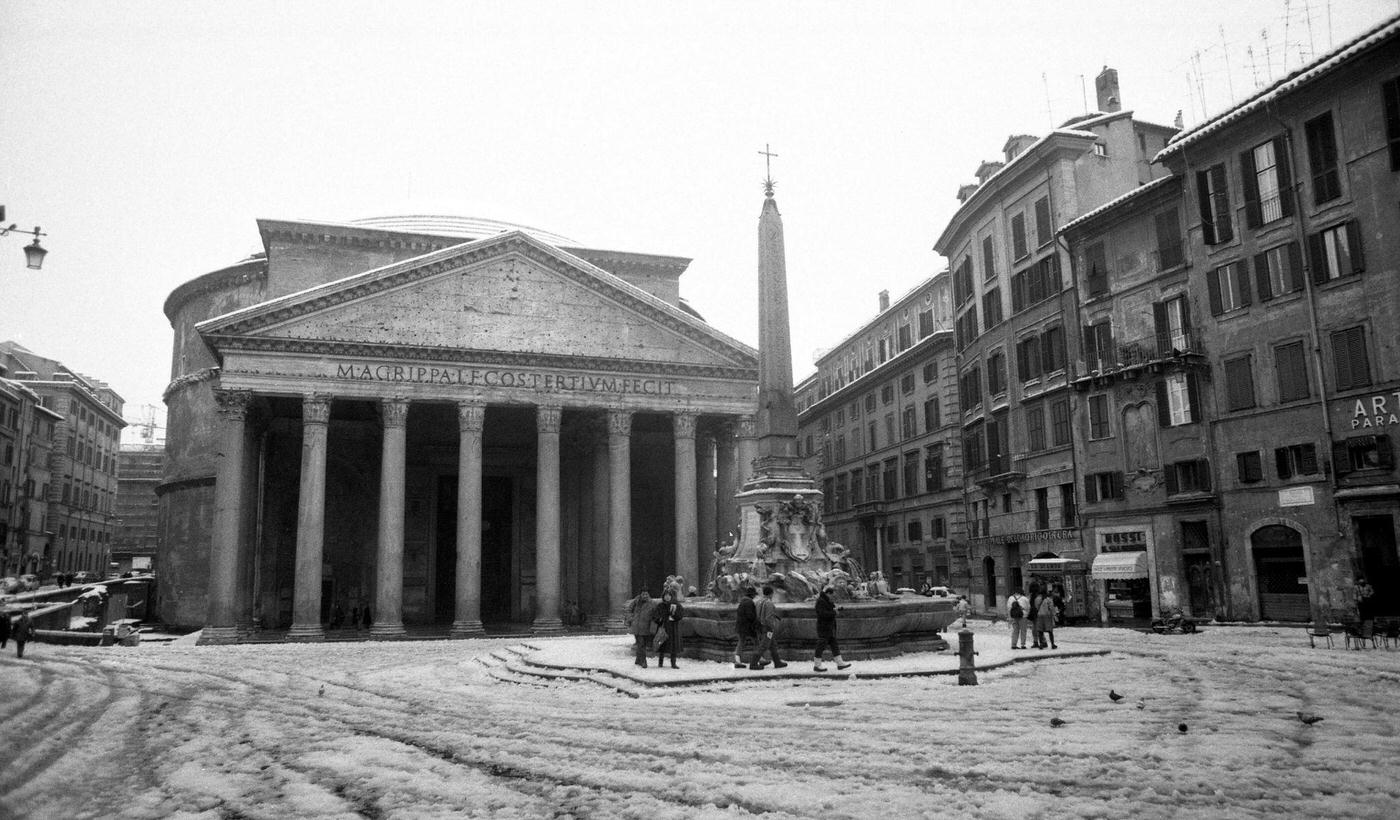
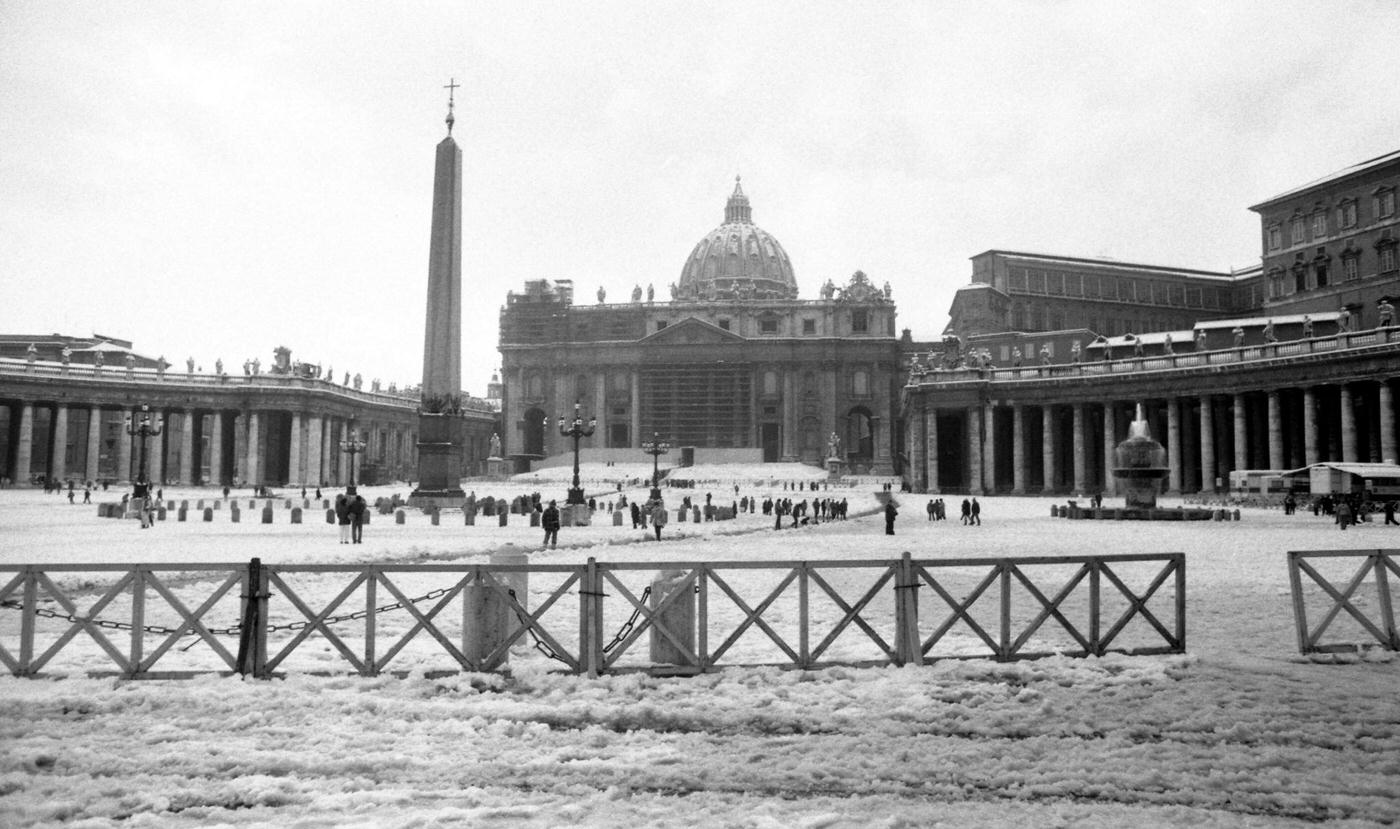
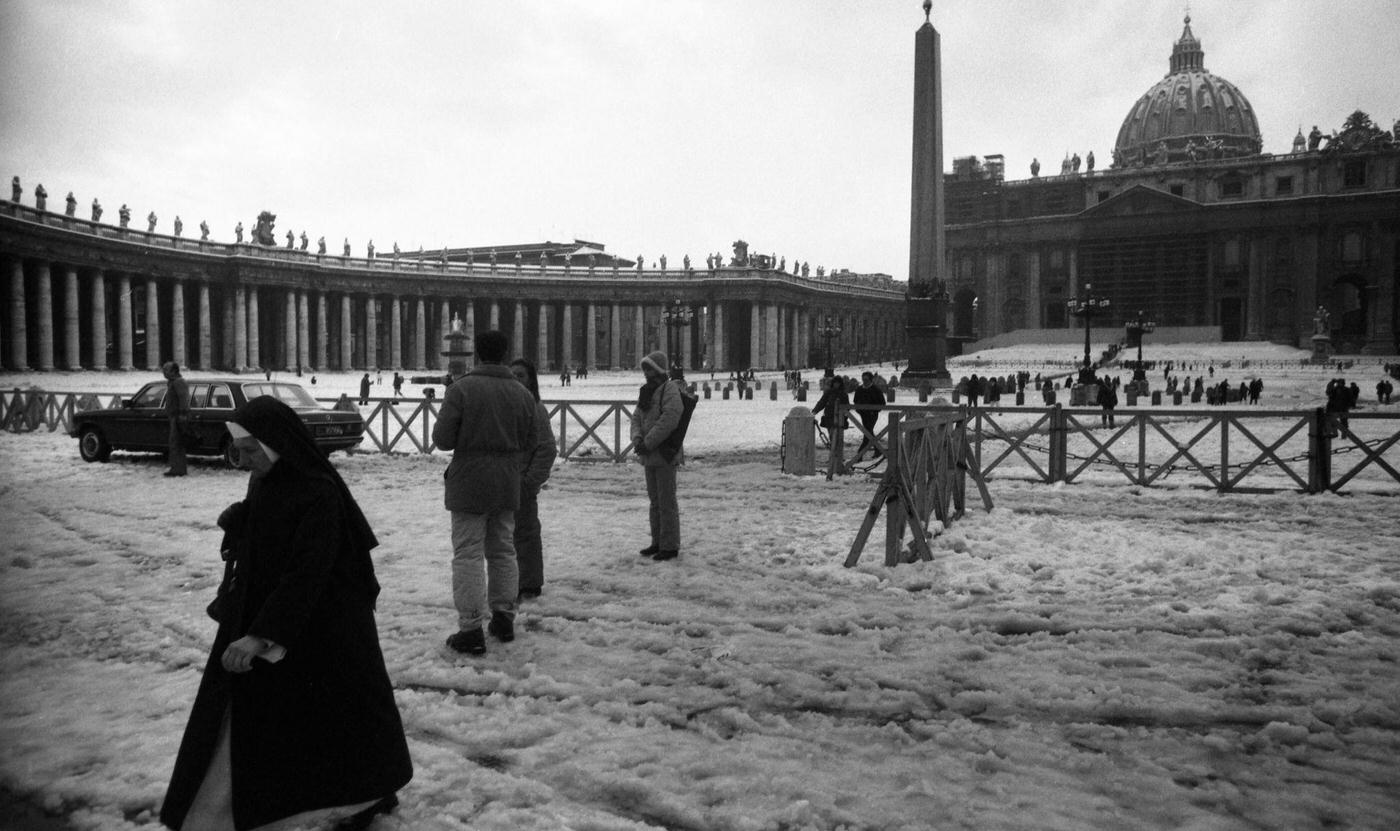
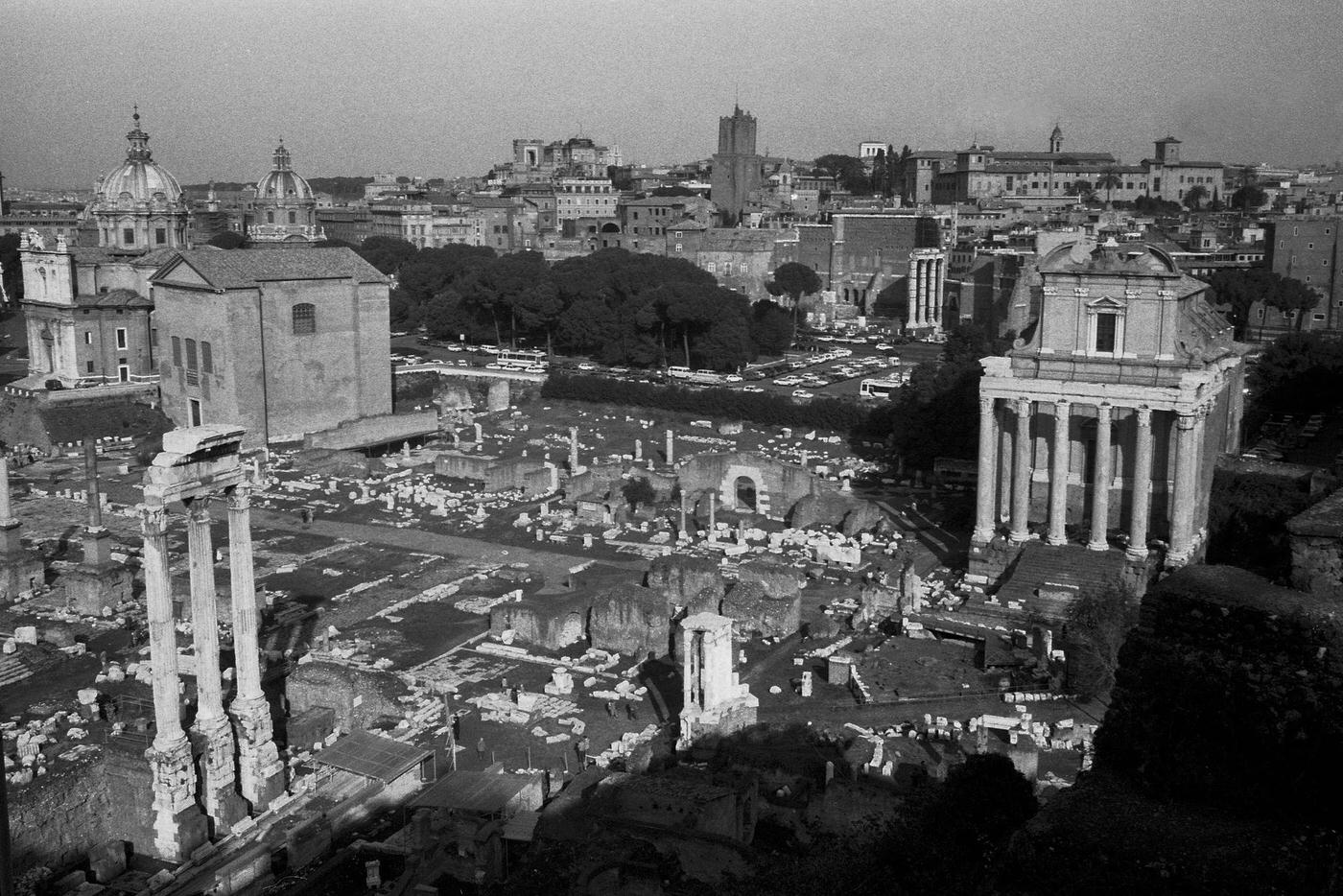
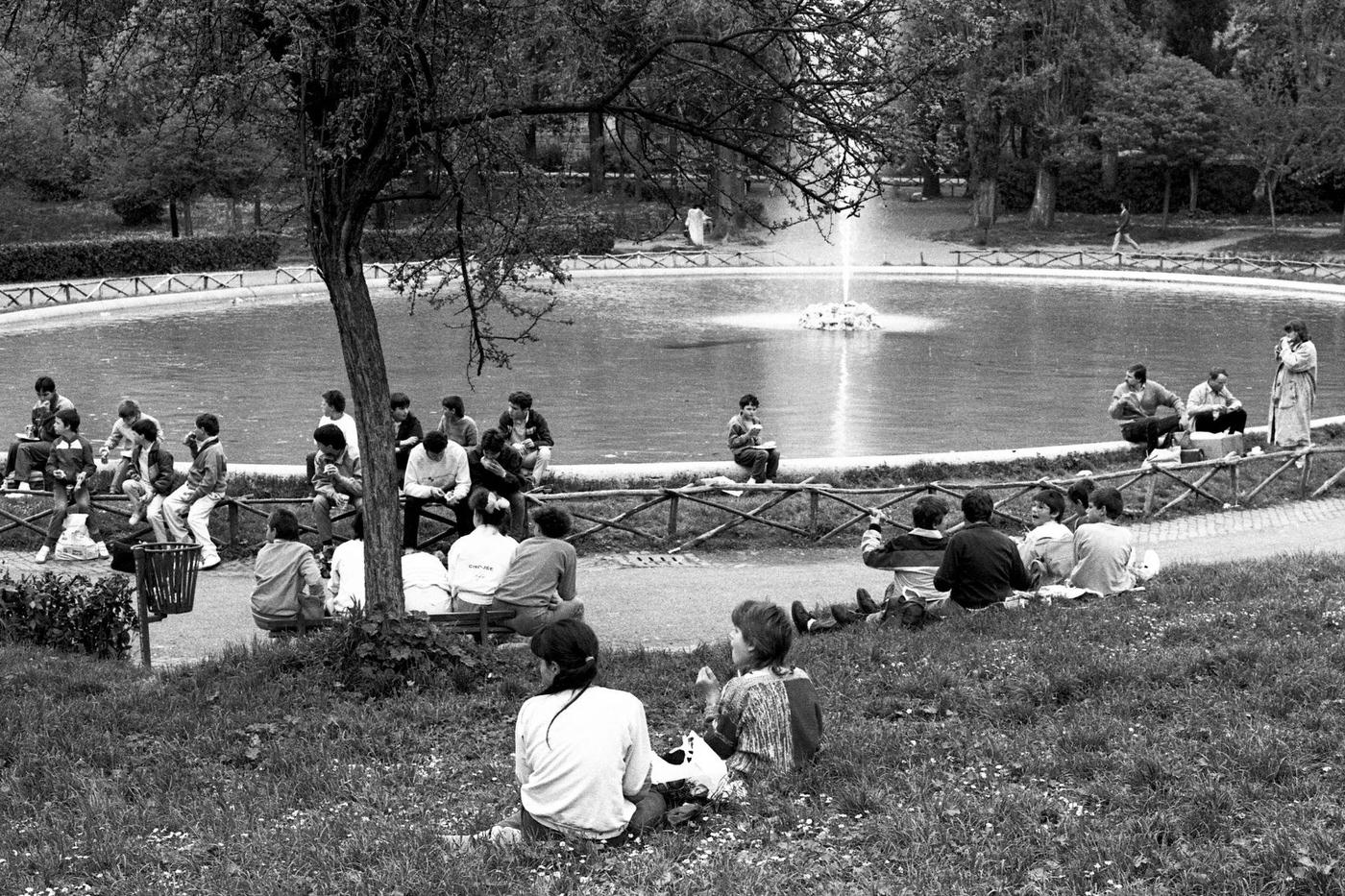
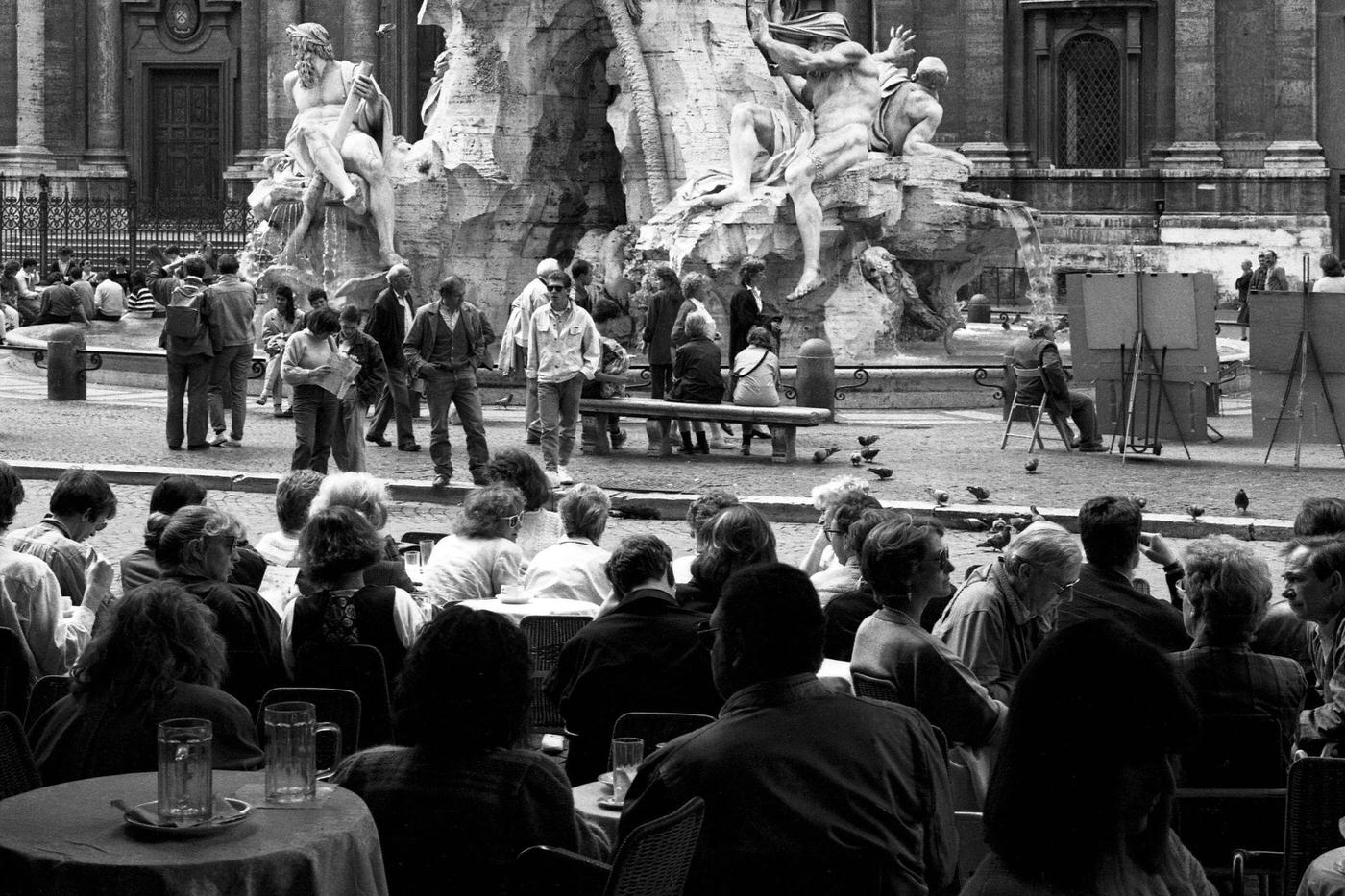
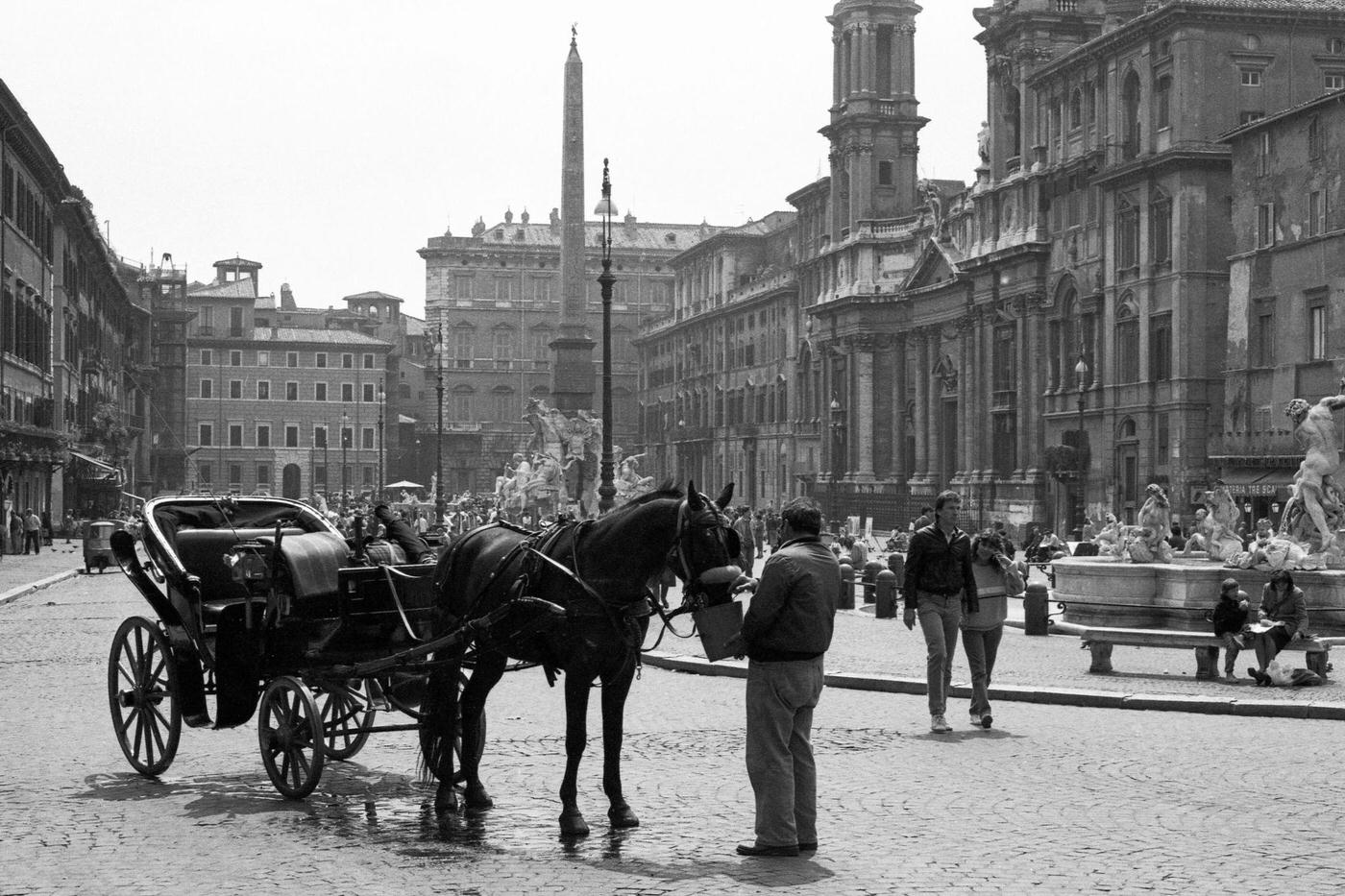
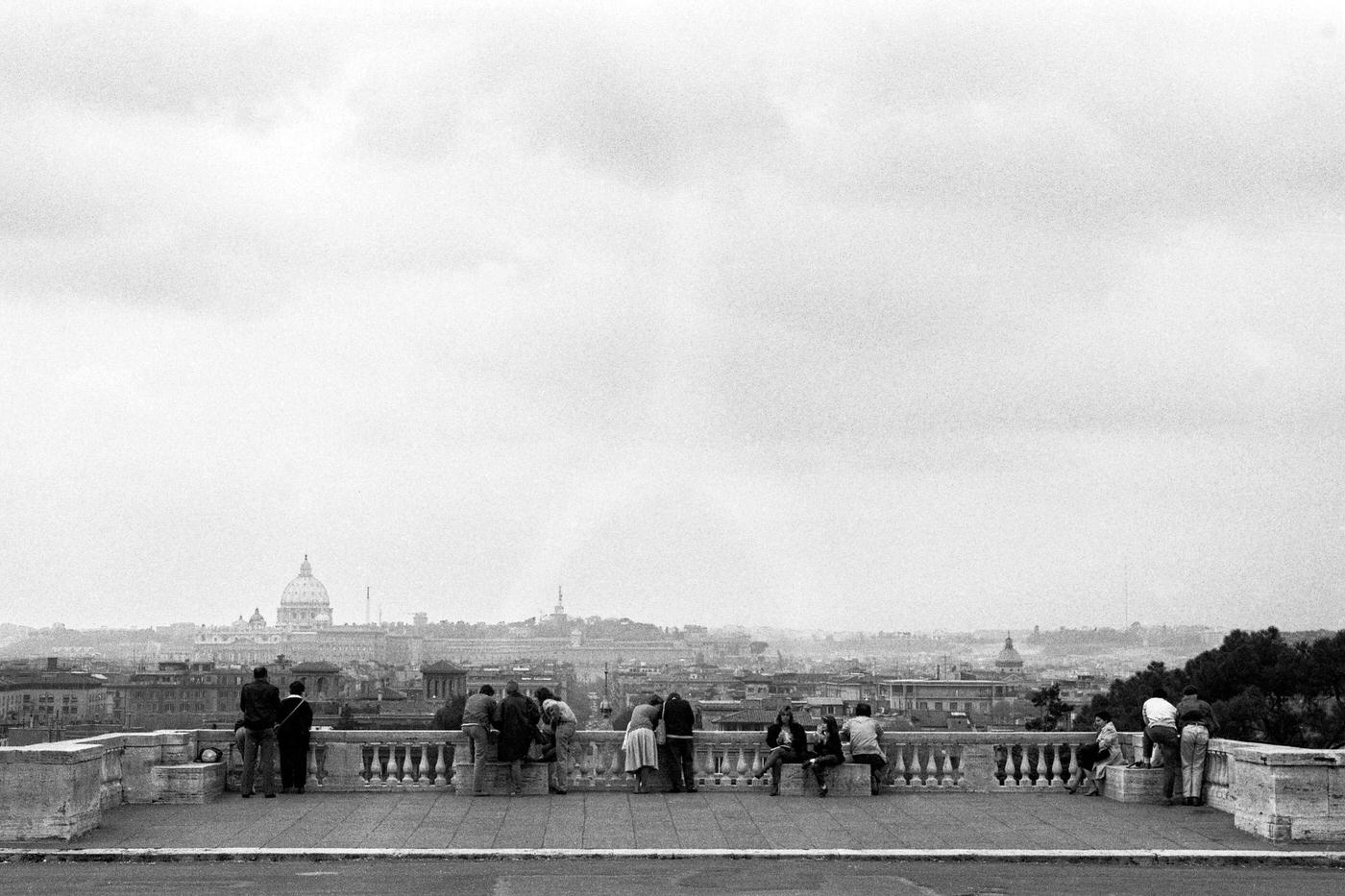
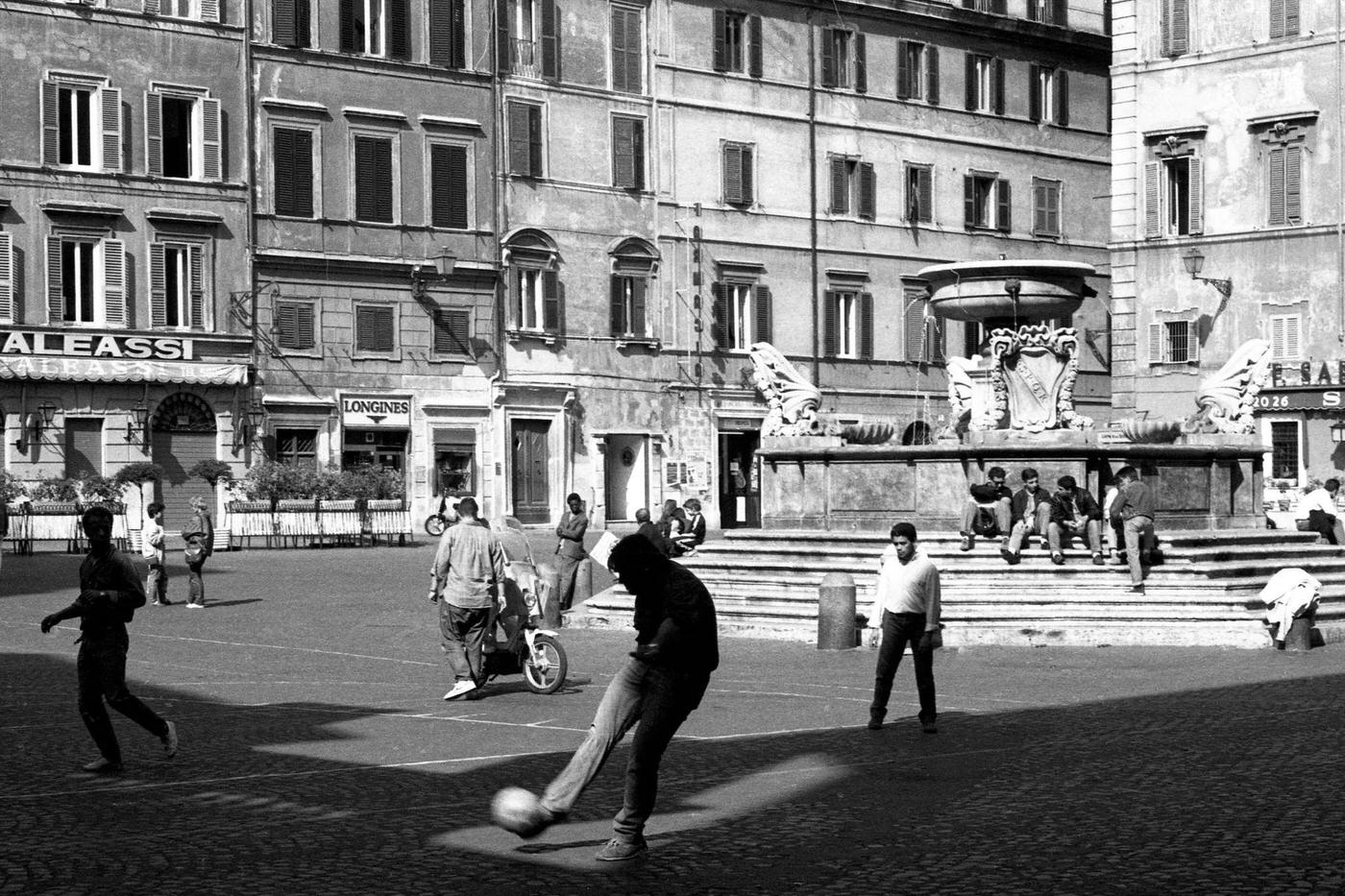
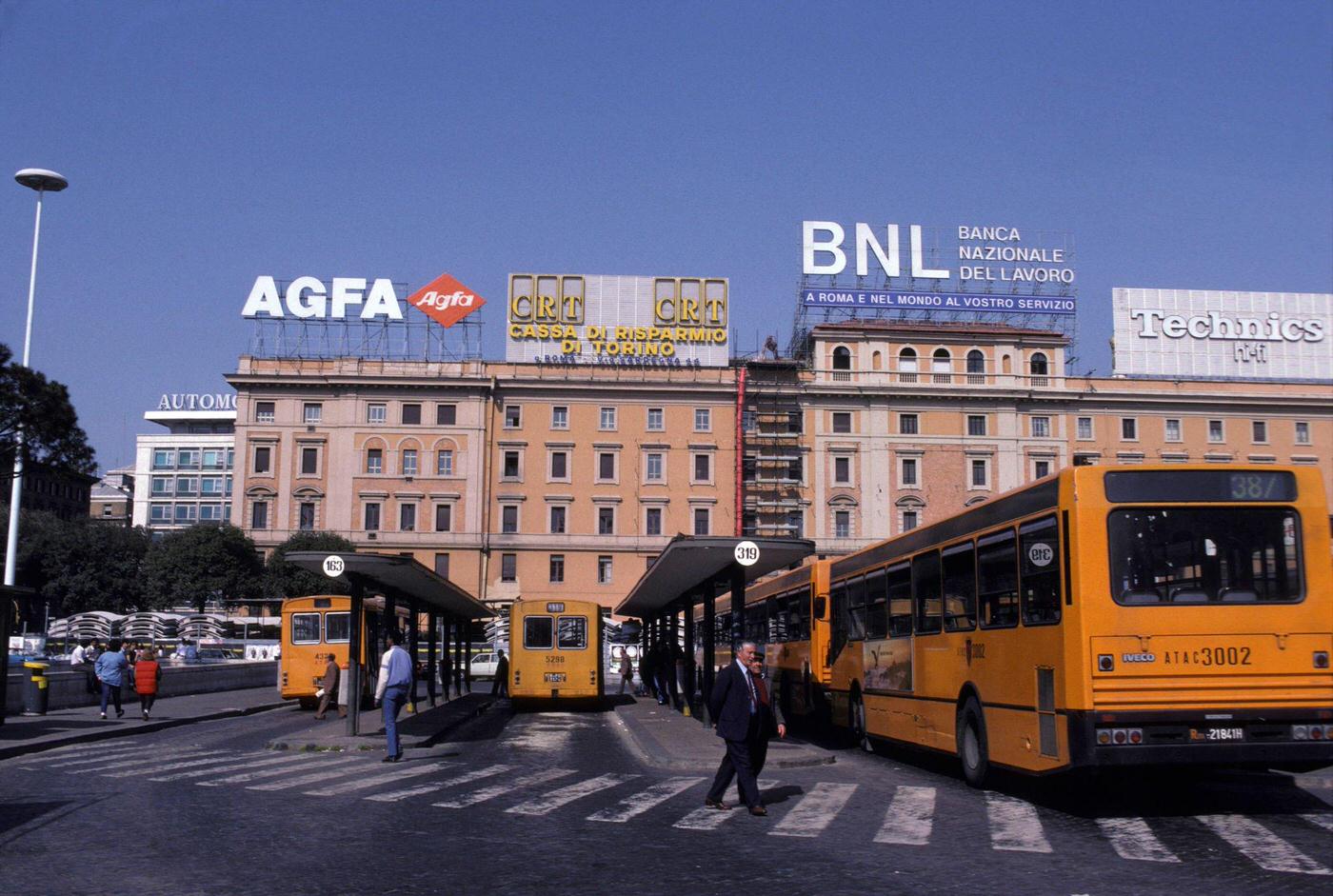
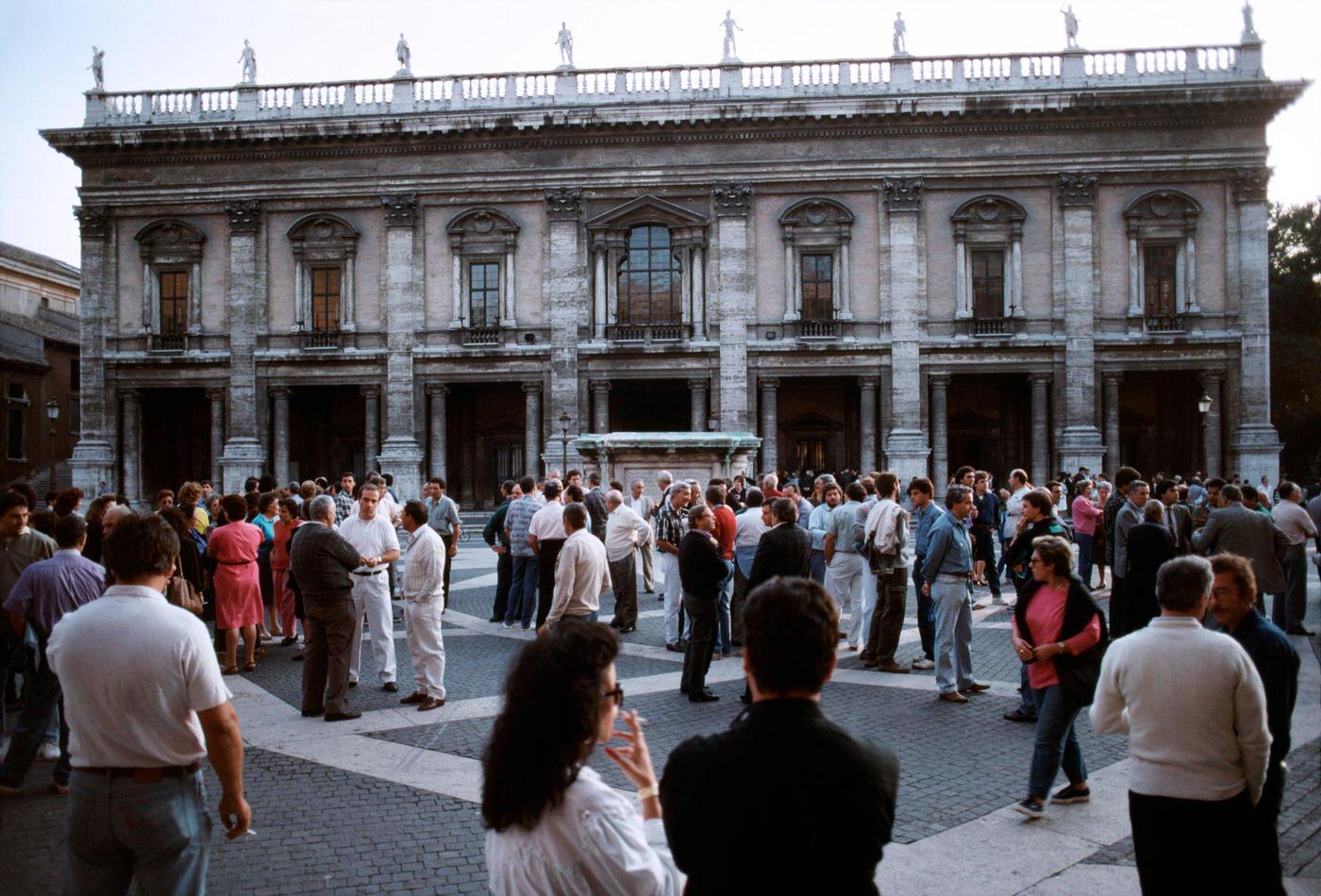
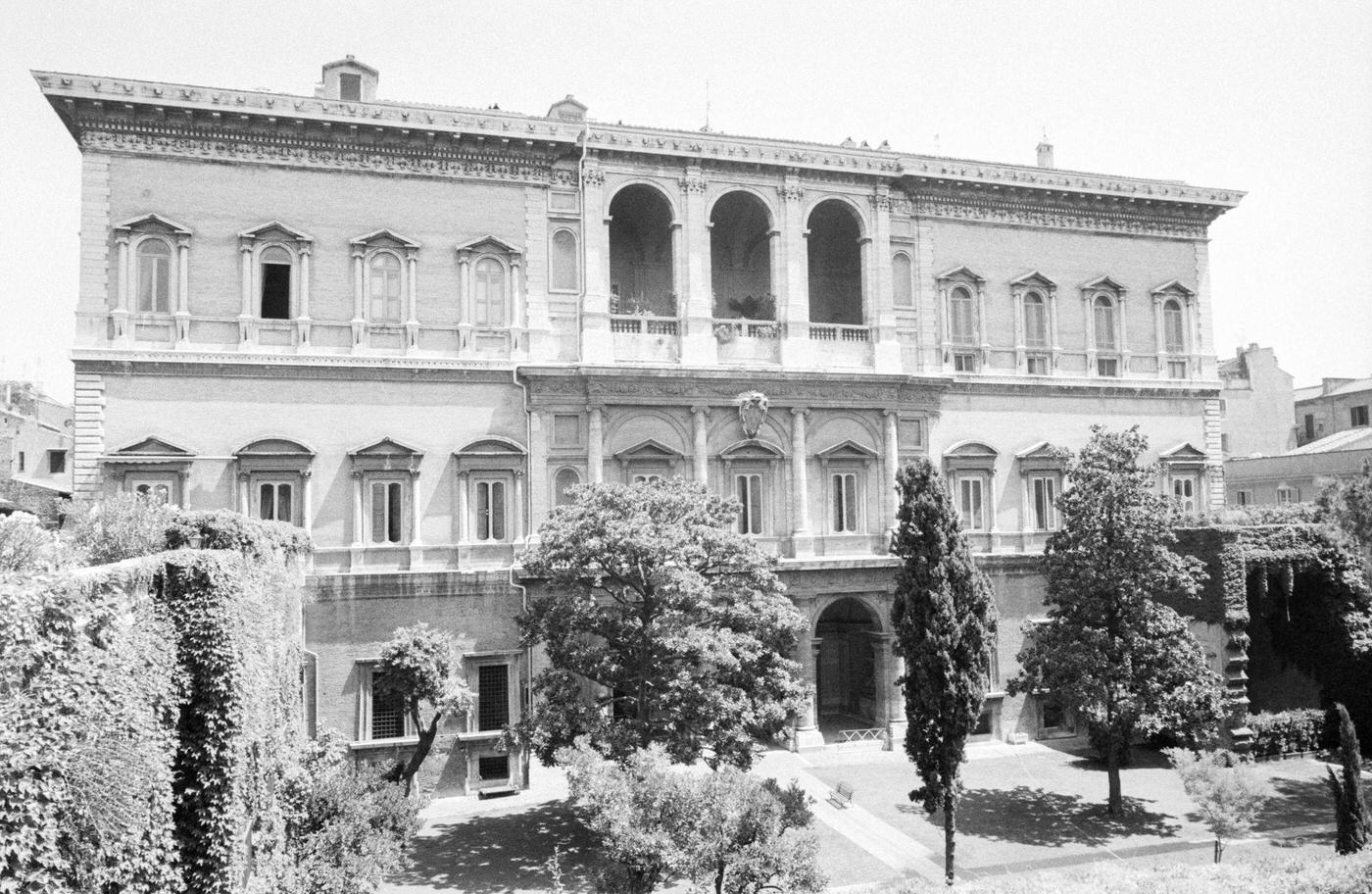
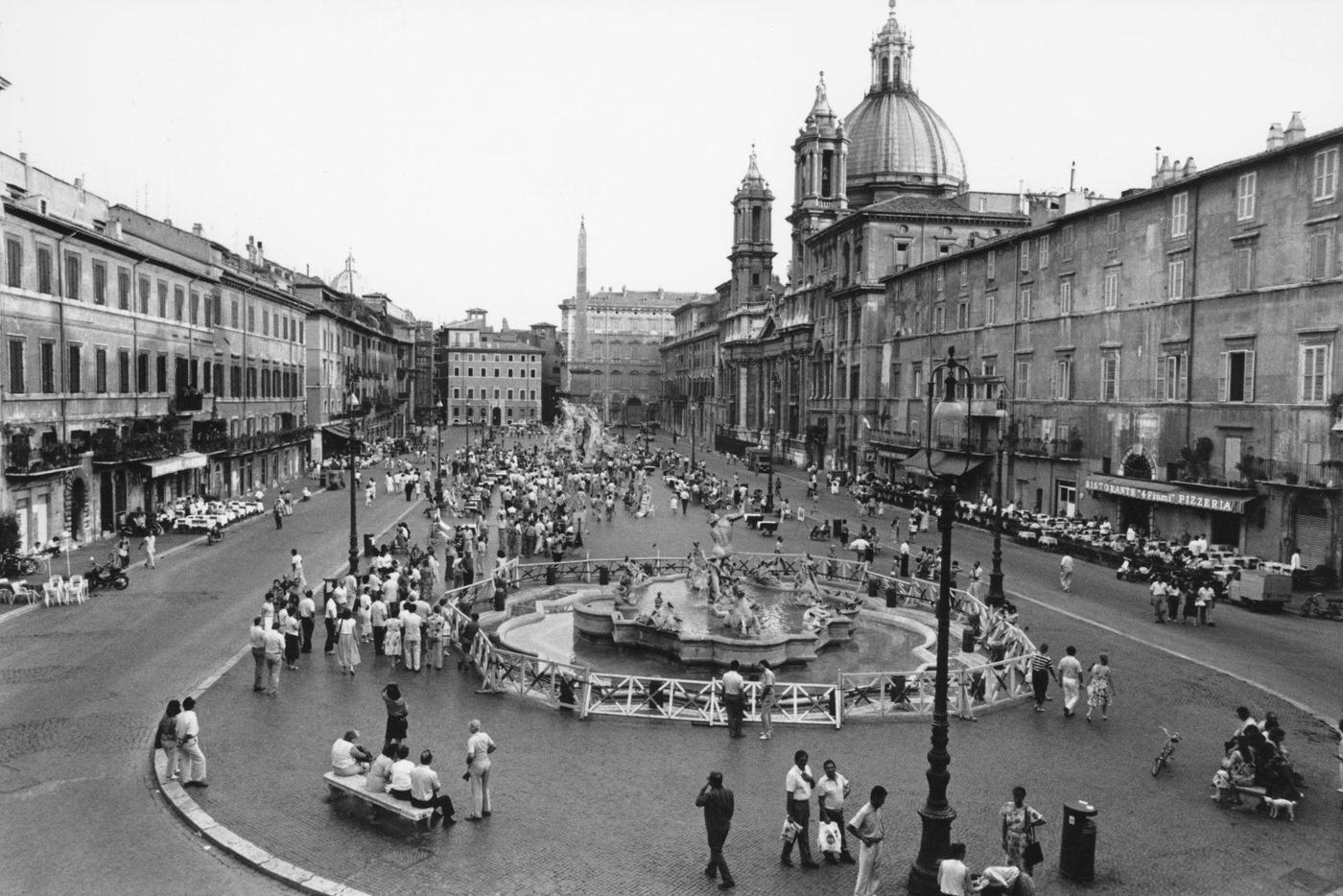
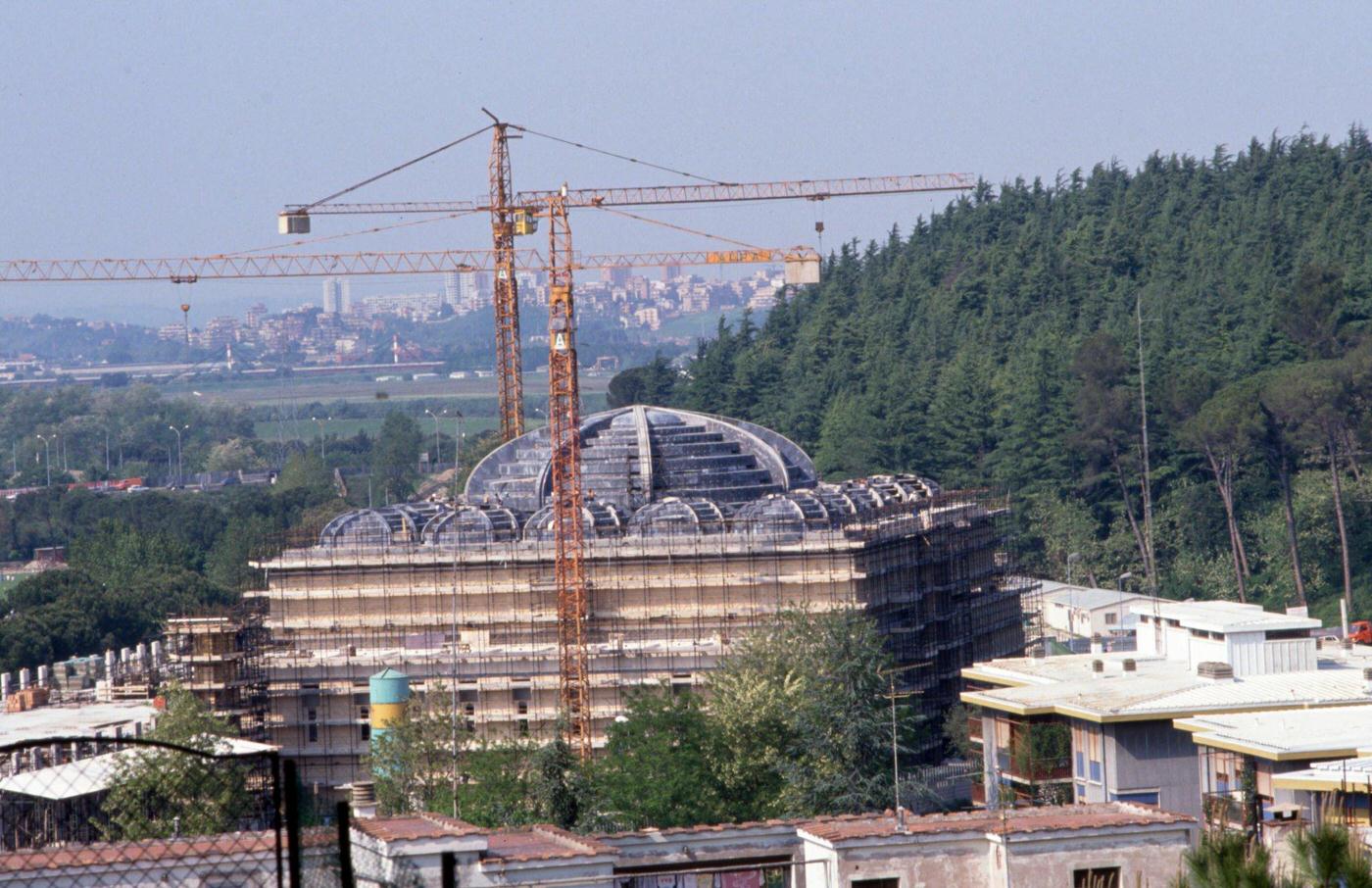
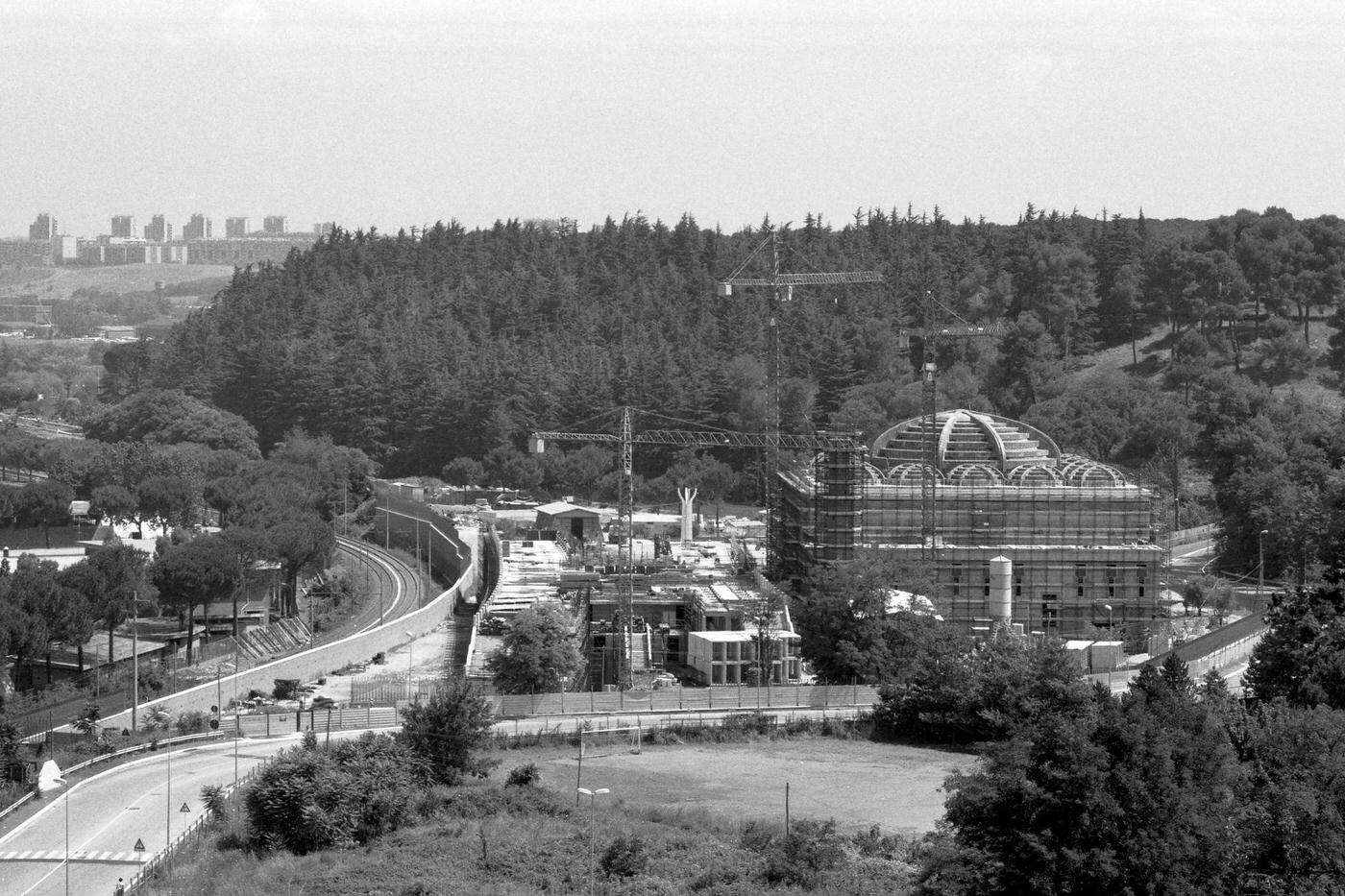
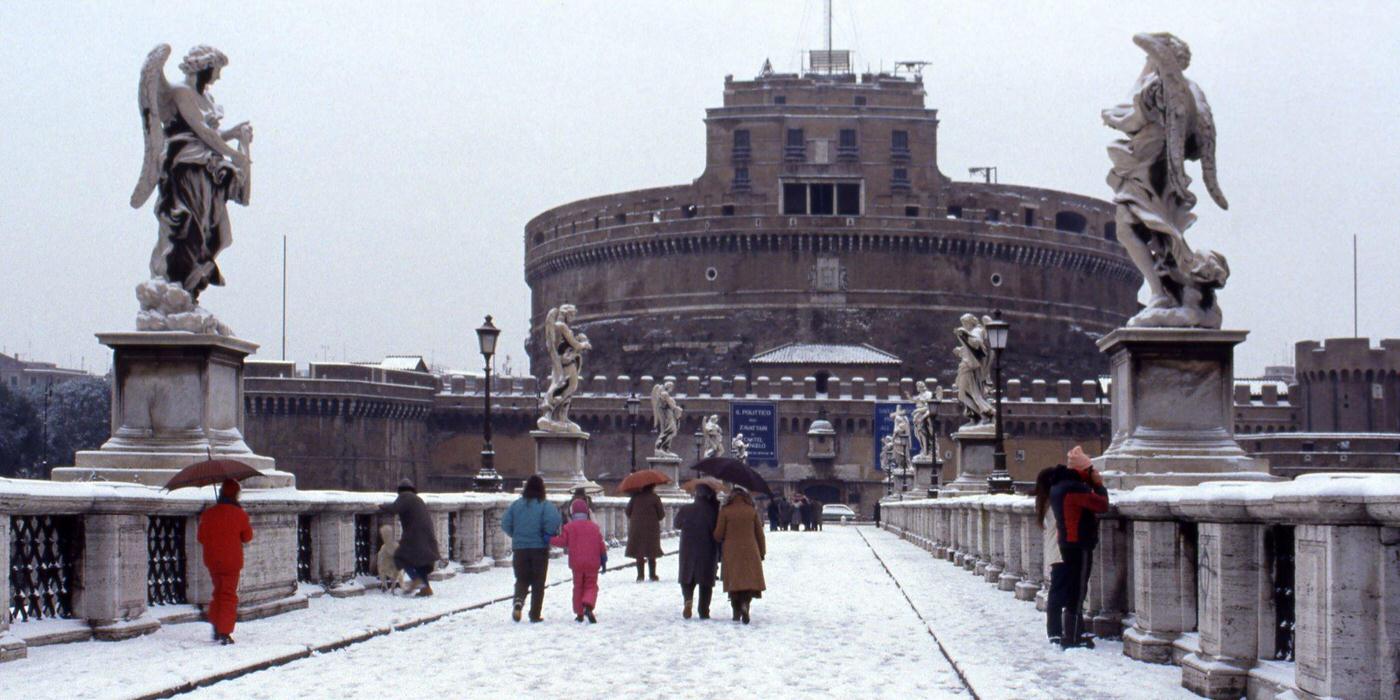
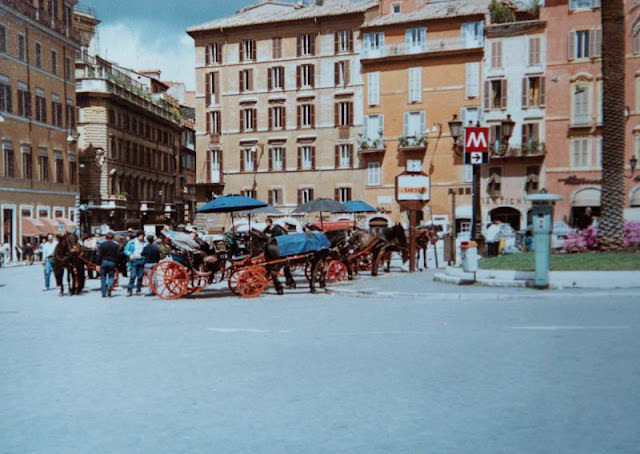
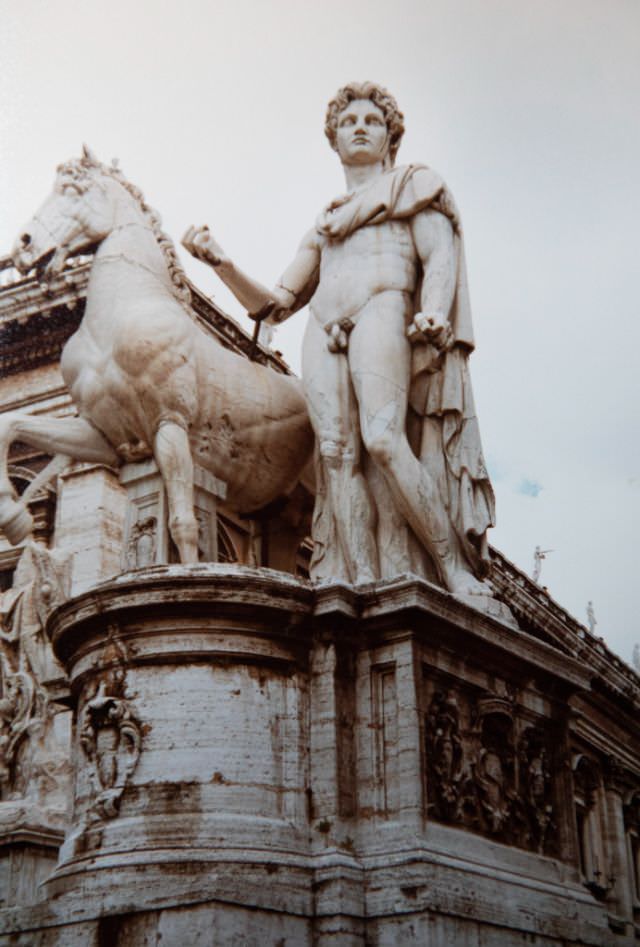
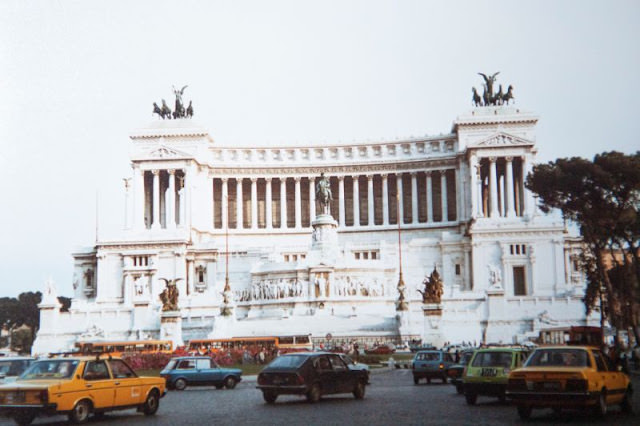
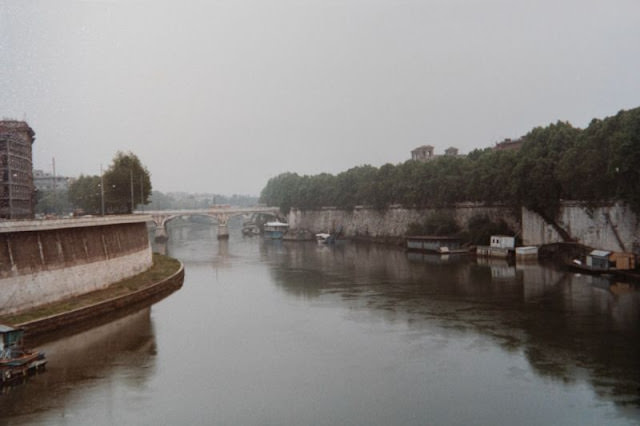
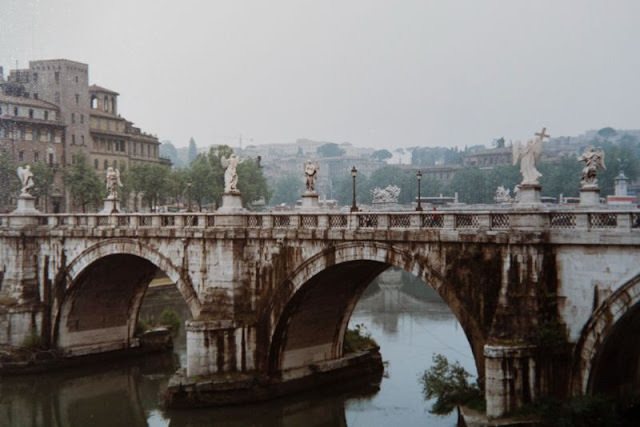
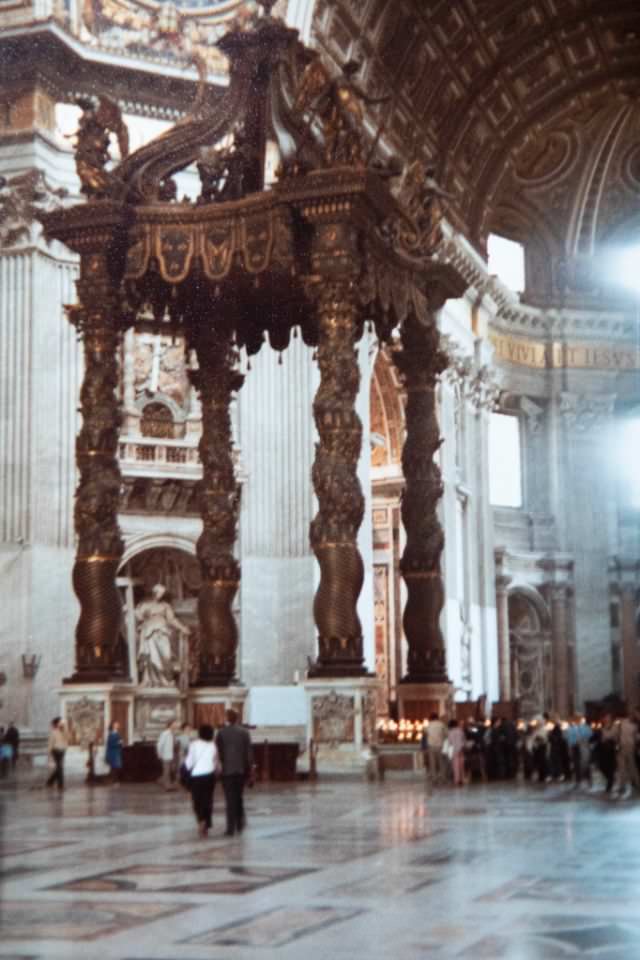
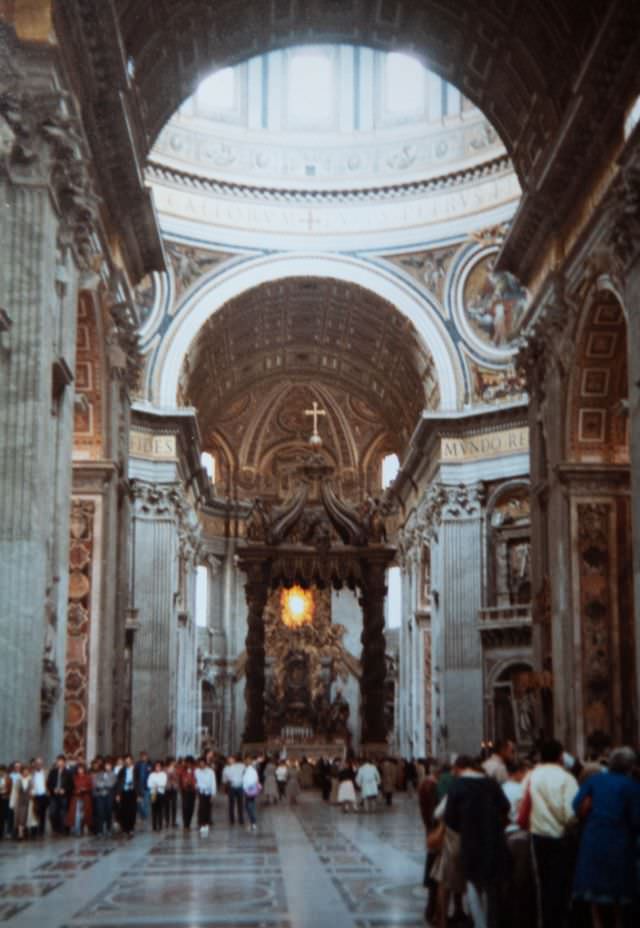
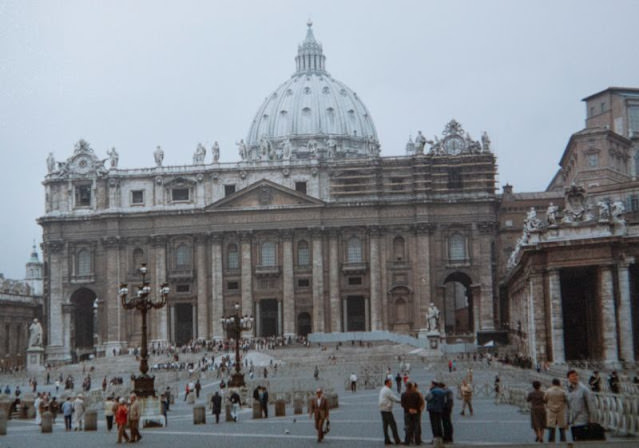
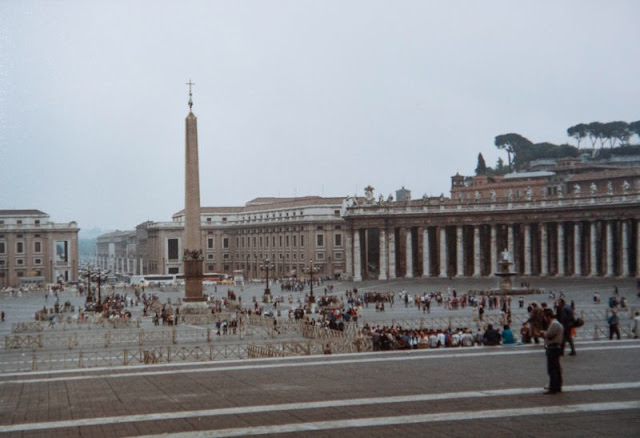
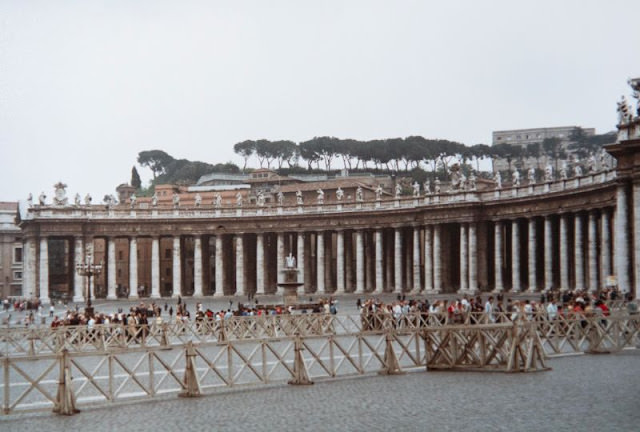
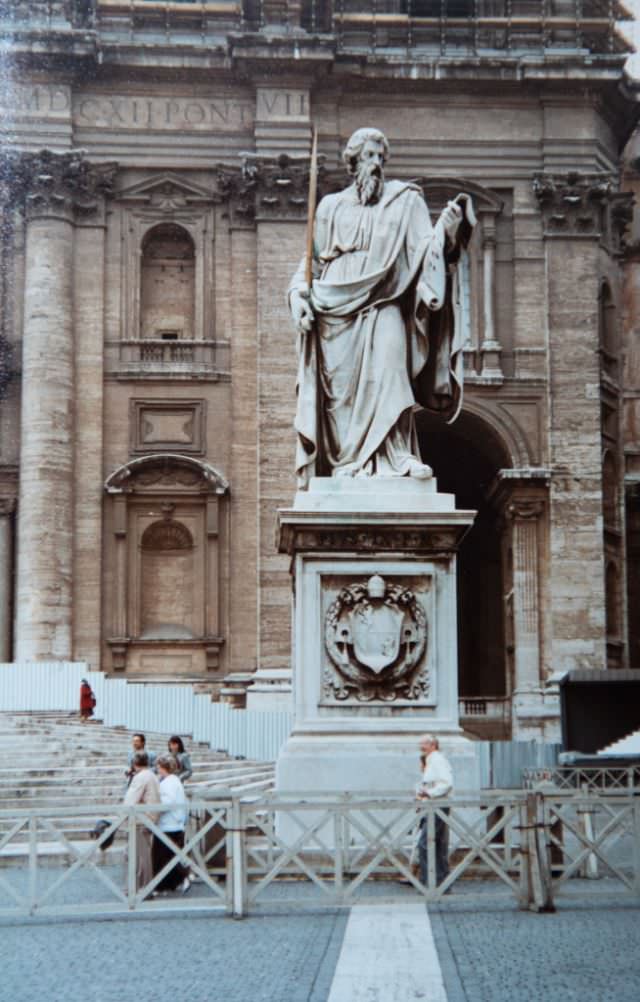
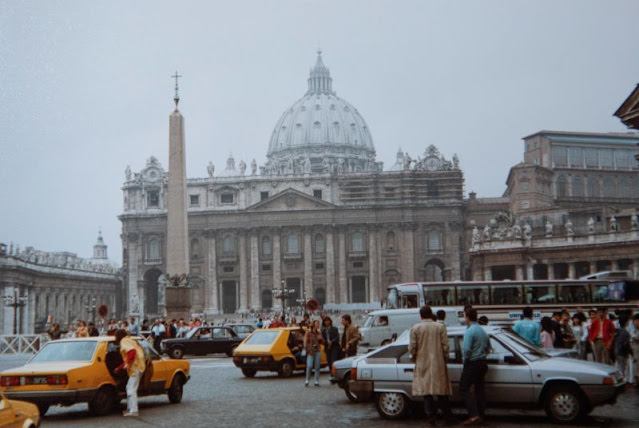
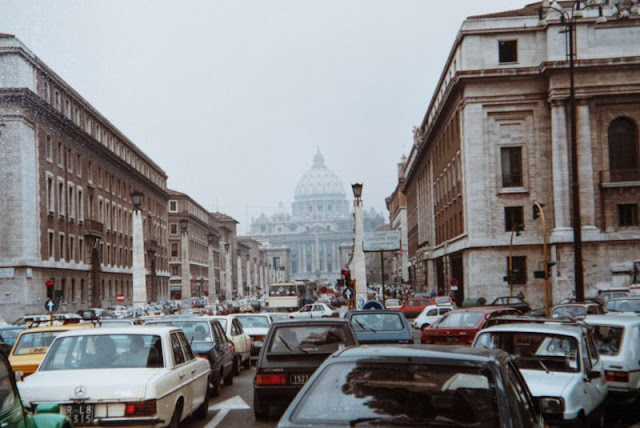
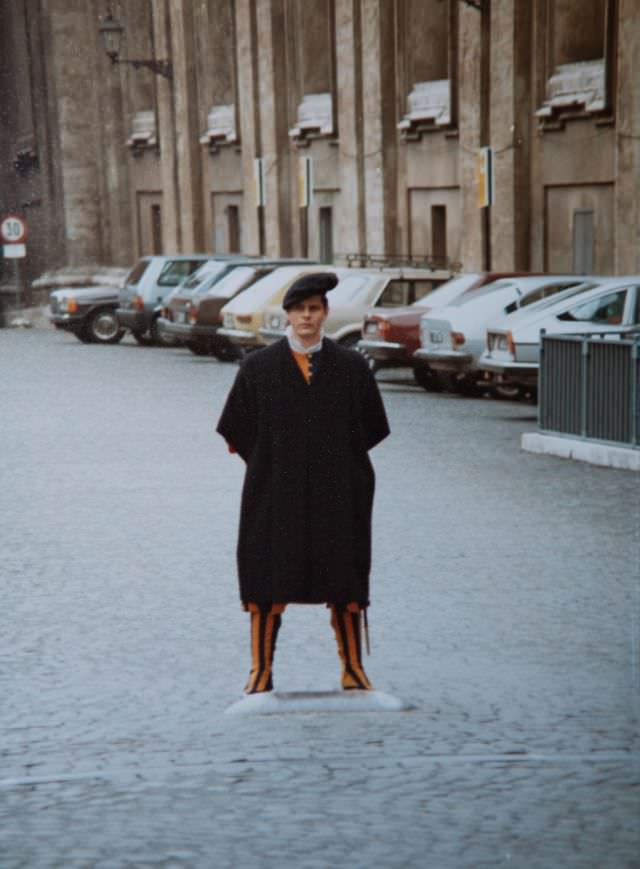
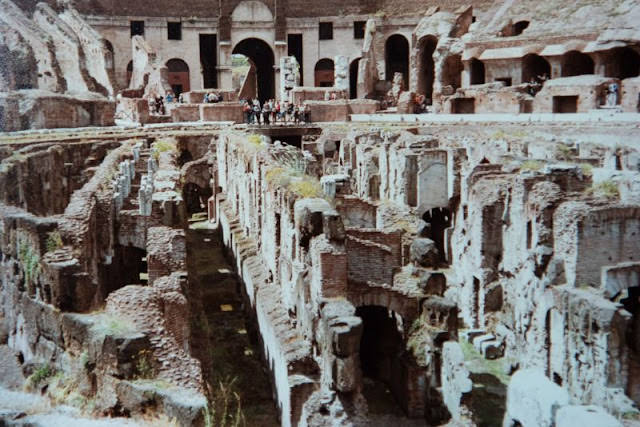
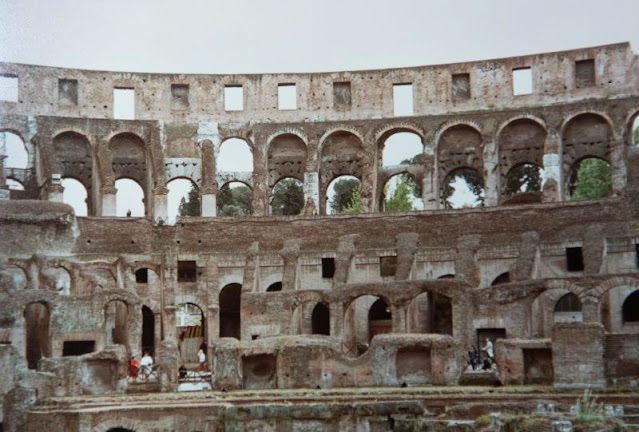
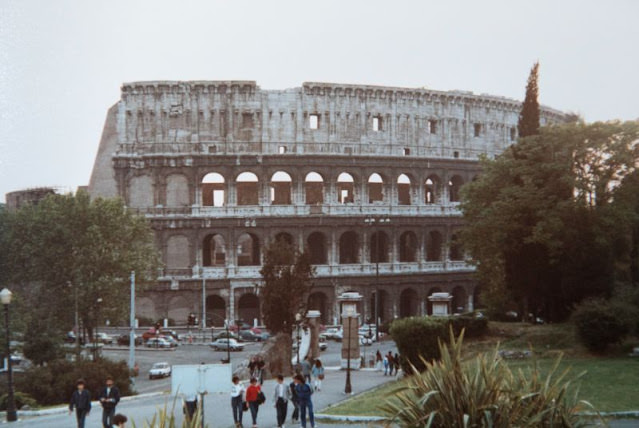
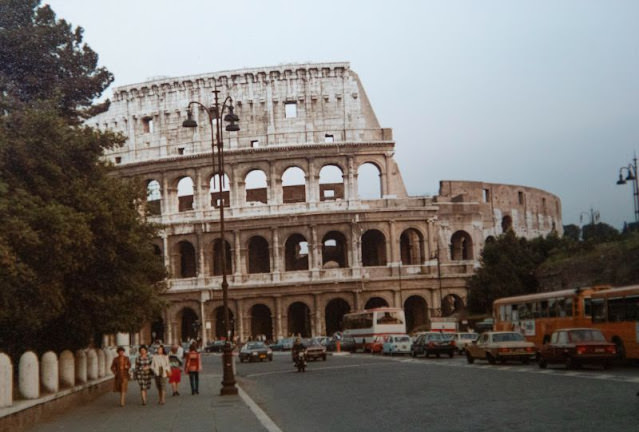
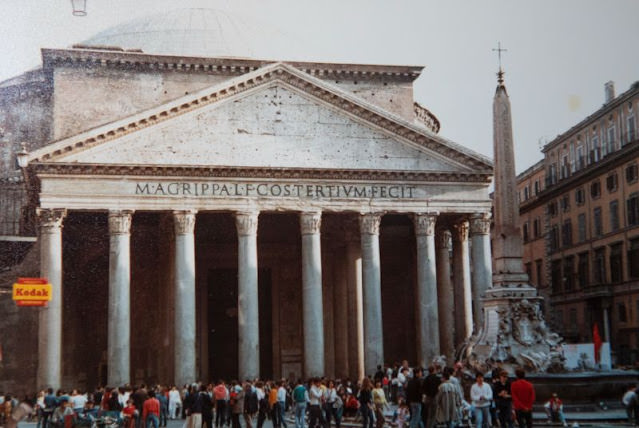
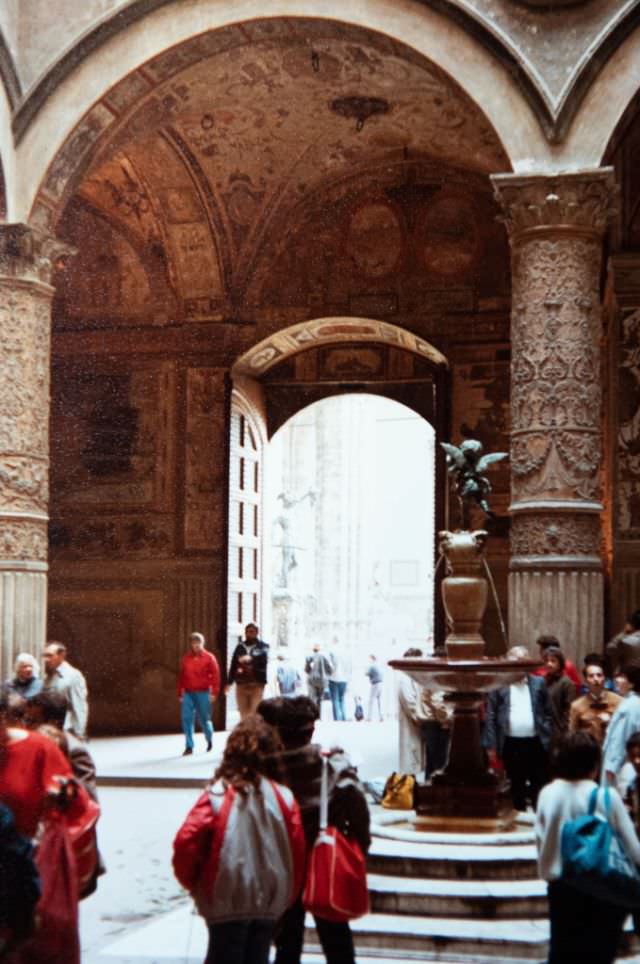
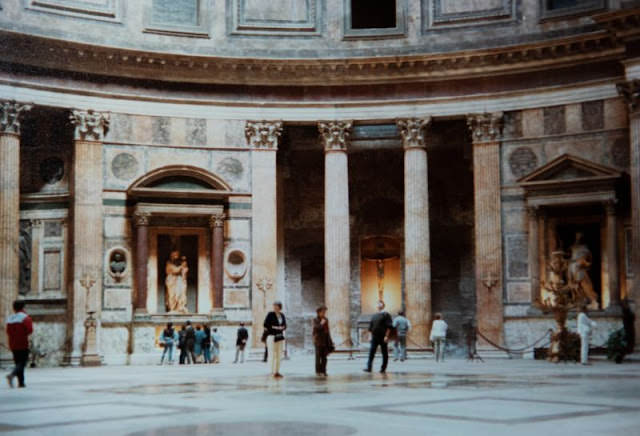
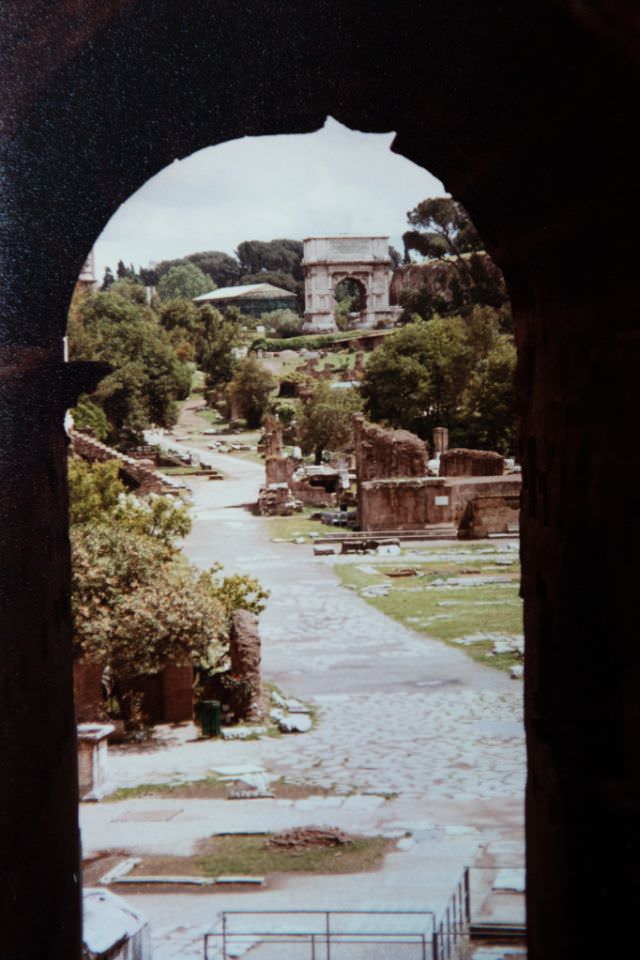
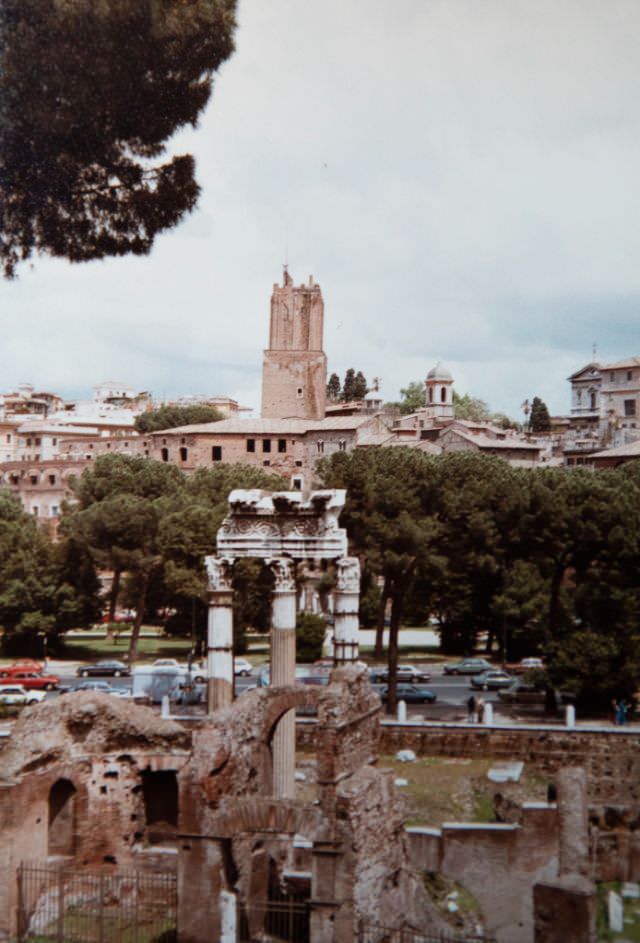
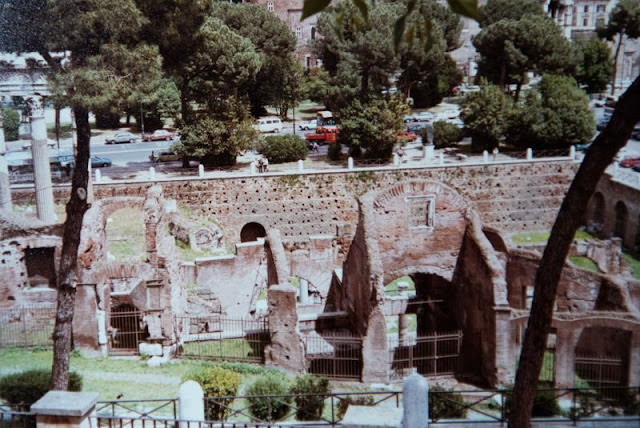
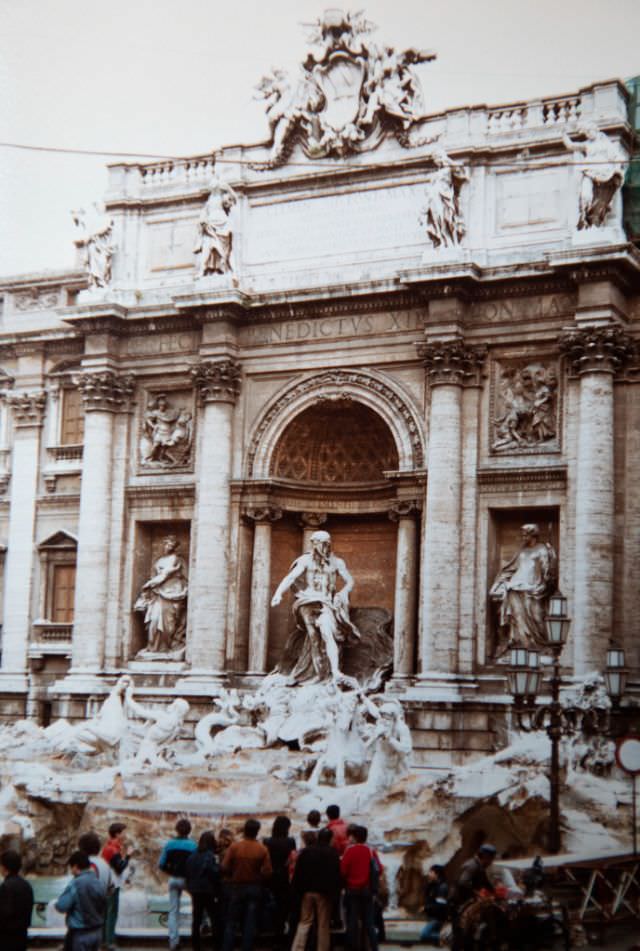
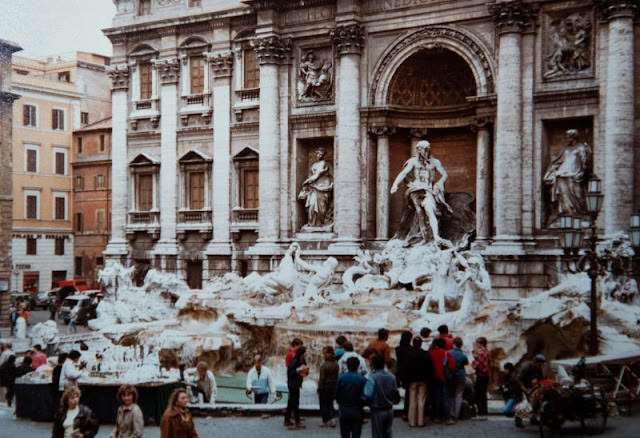
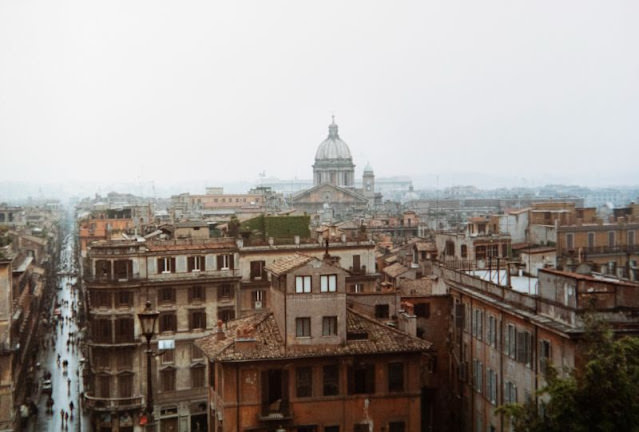
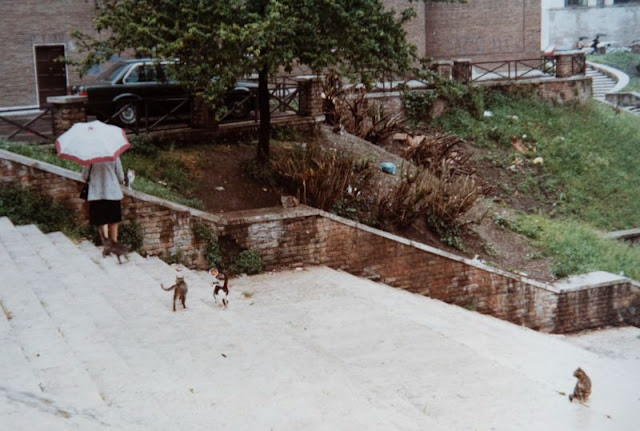

Some of these pictures and captions are quite random or outright wrong: #3 is Milan metro, not Rome; #17 is Montecitorio, not St. John Lateran Square; #51 is piazza dei Cinquecento, where Termini station is, but the building pictured is not the station, a terrace is called “church”, some places seem not out of the 1980s and so on.
As someone commented, many of those captions are plain wrong: after several ones, among which piazza Montecitorio misidentified as St. John Lateran I gave up. May someone knowledgeable about Rome re-check these?